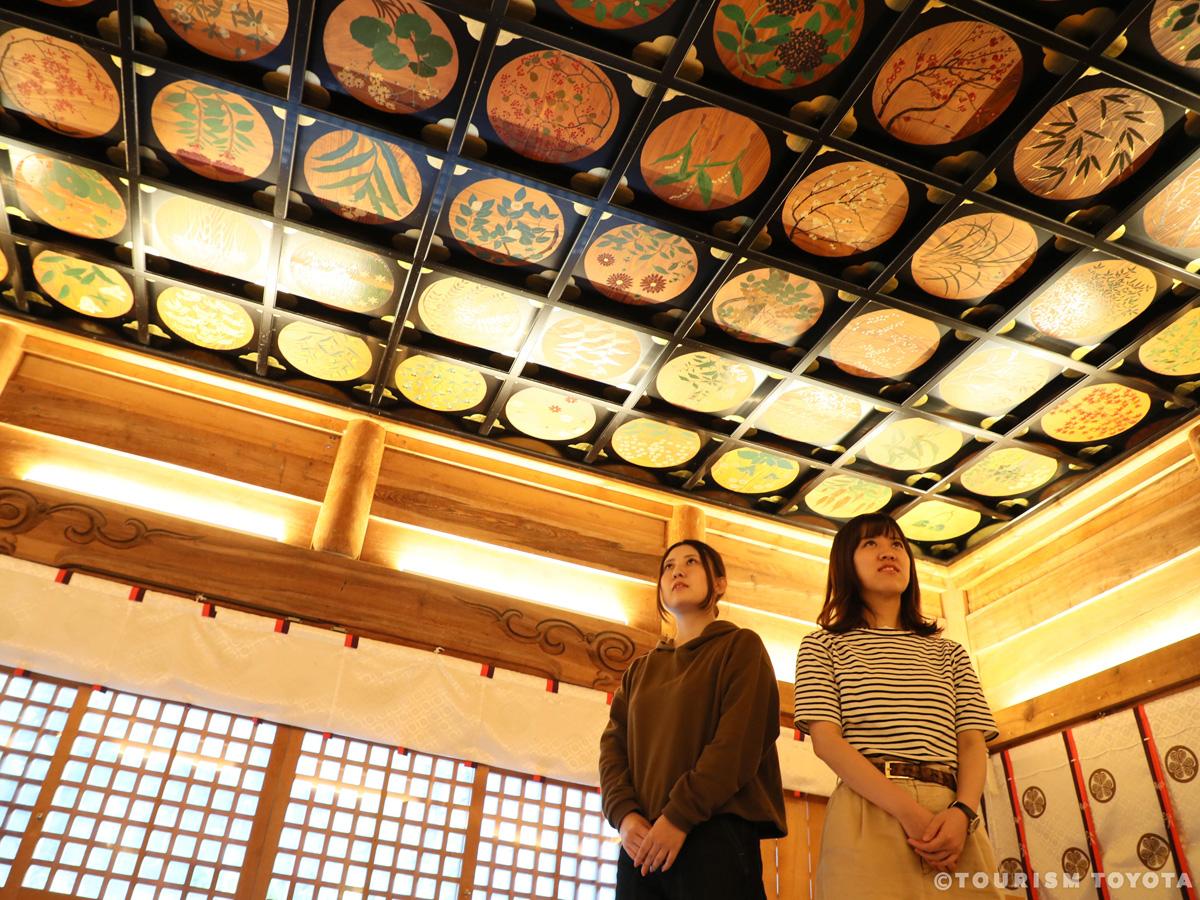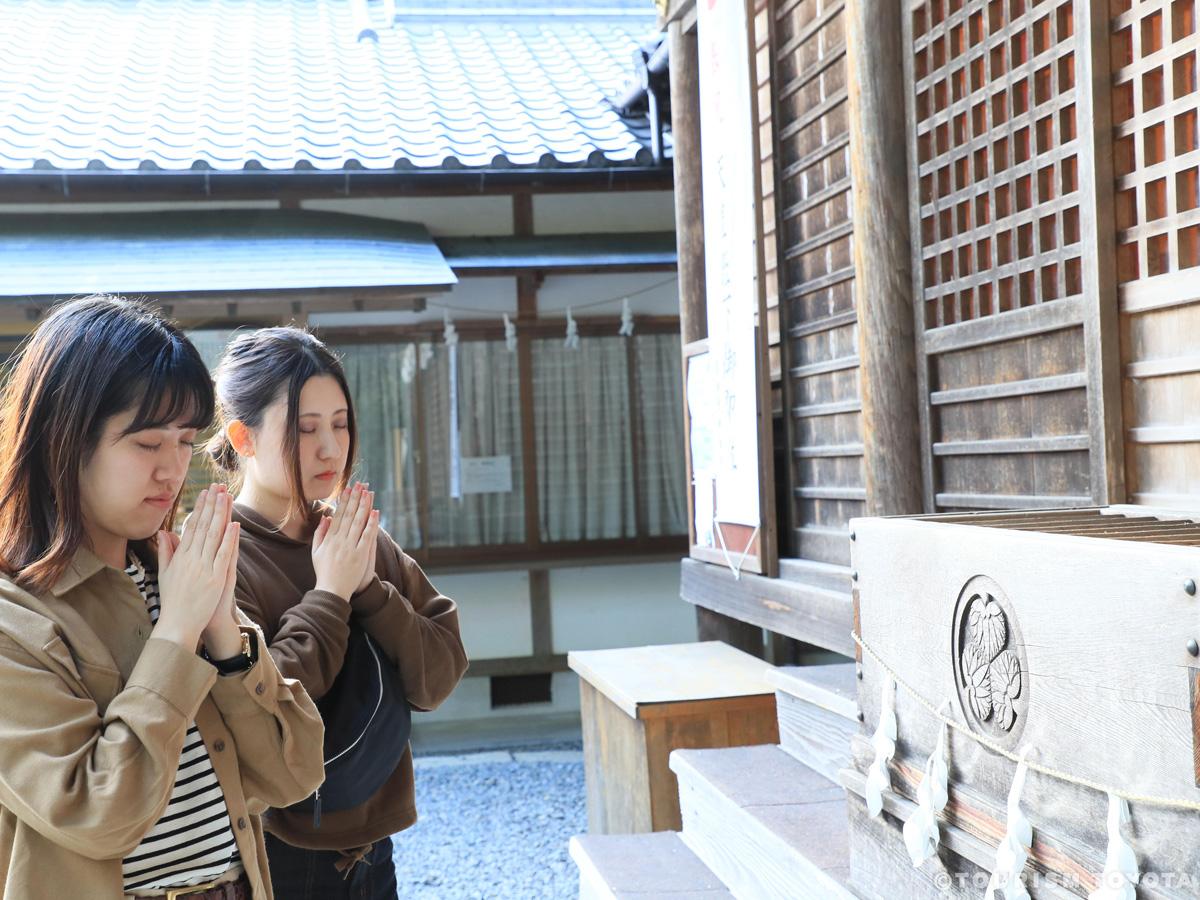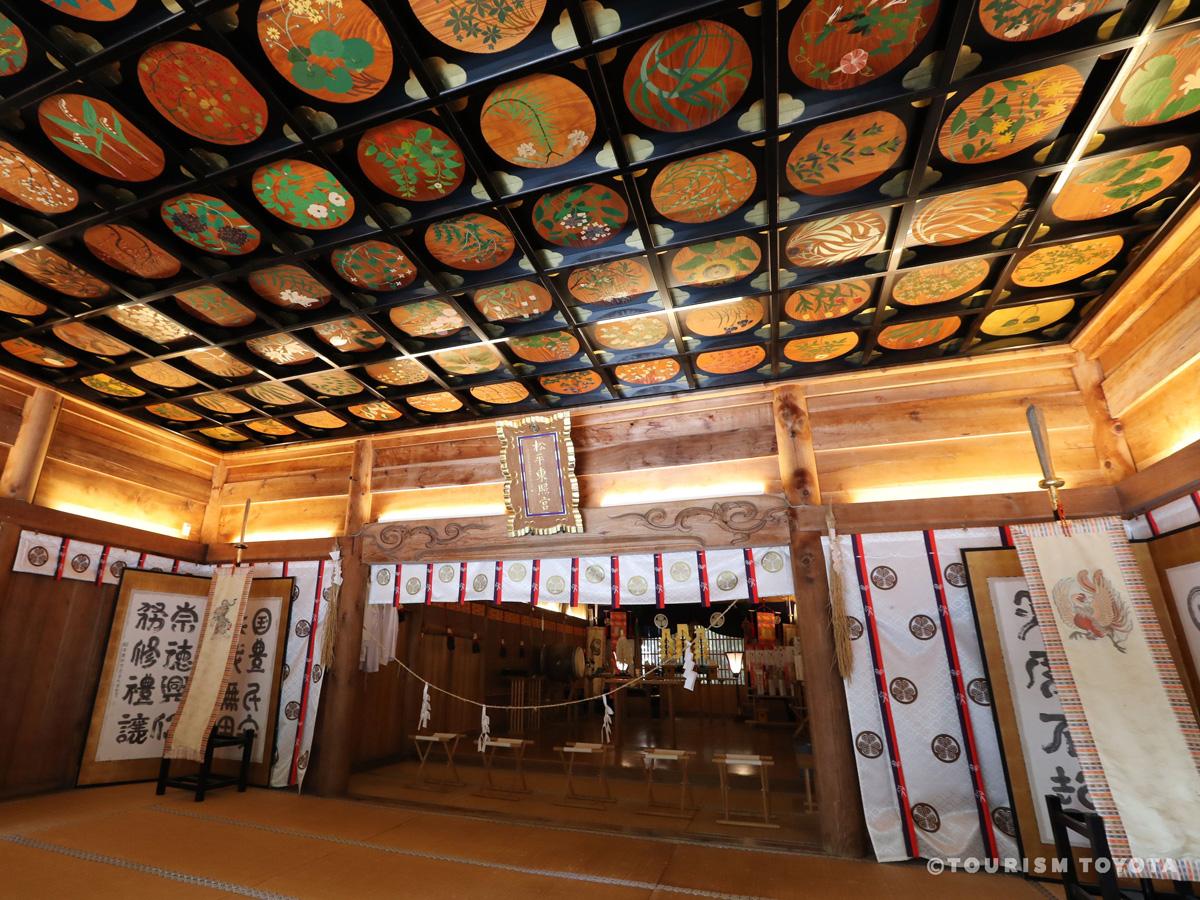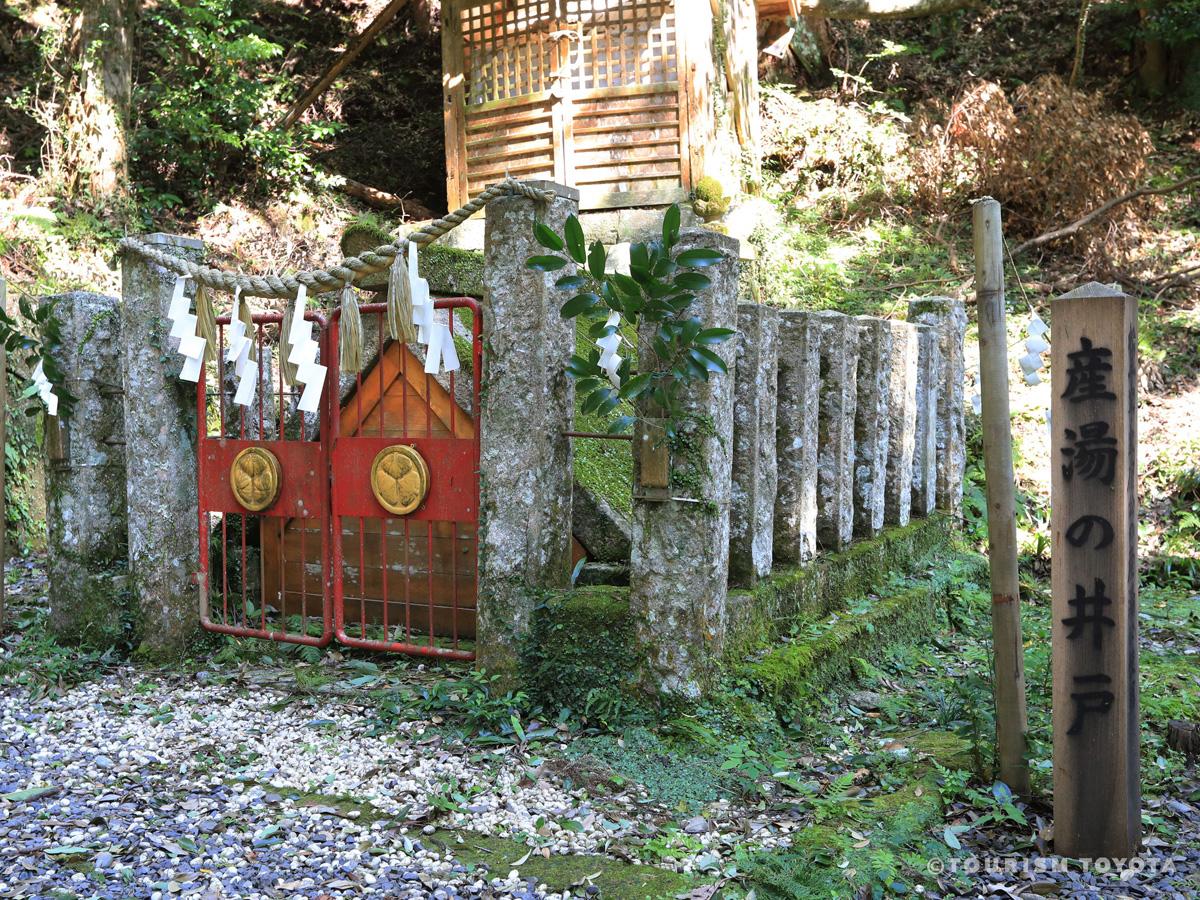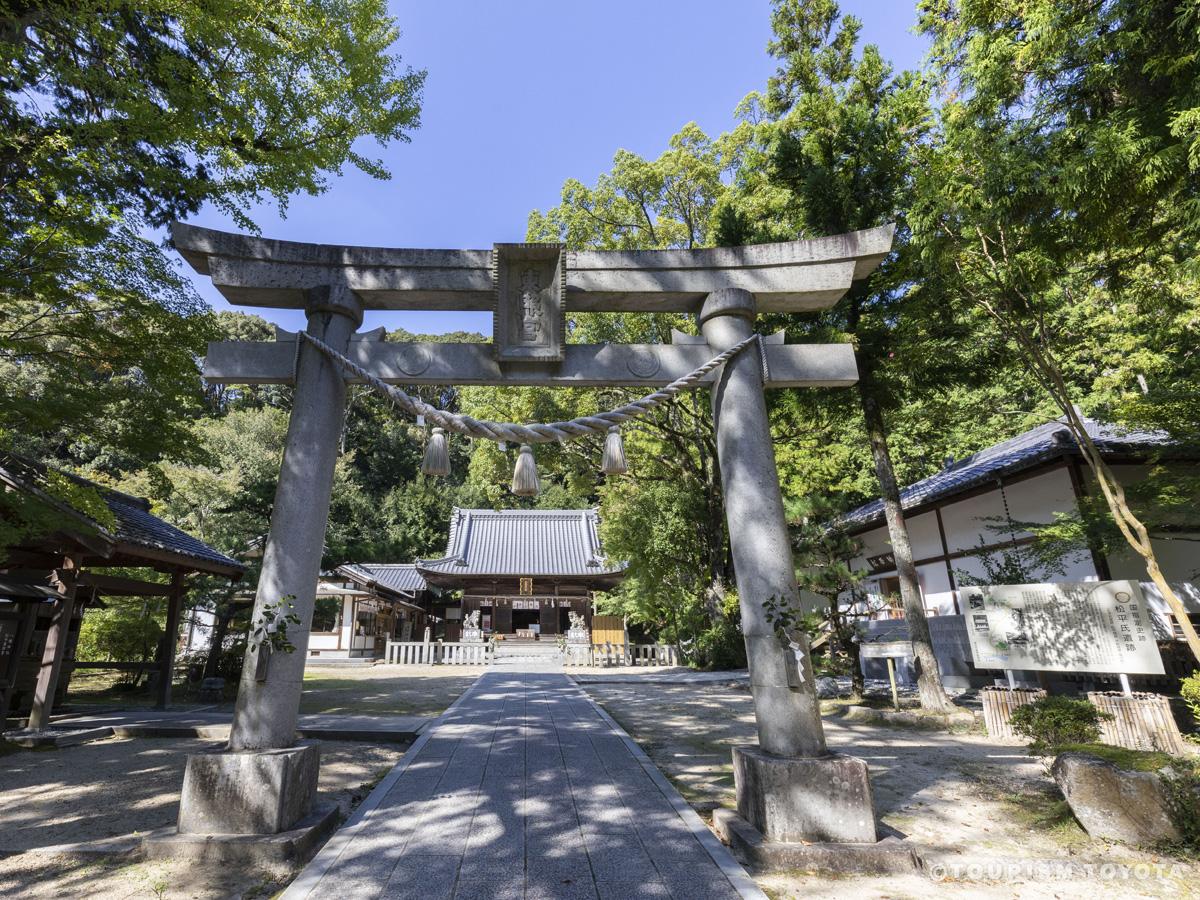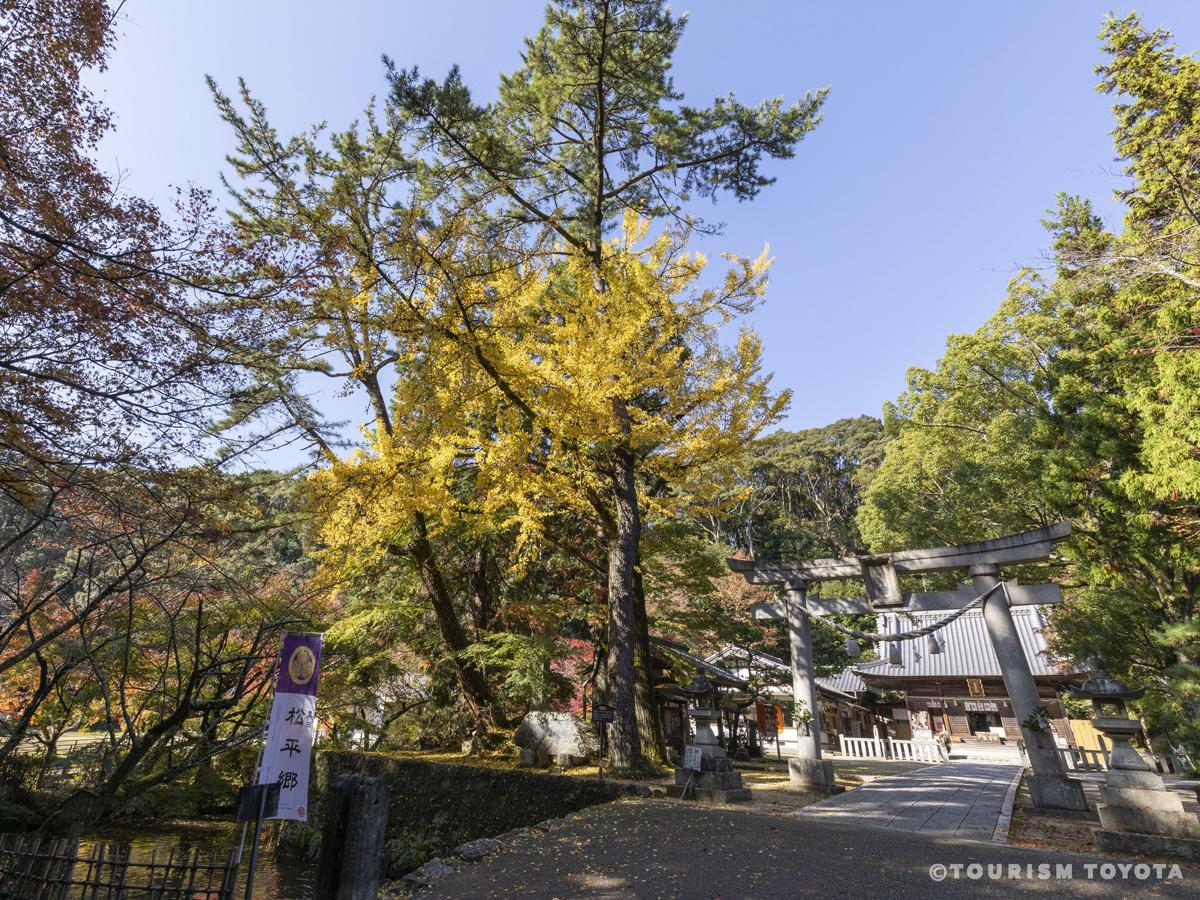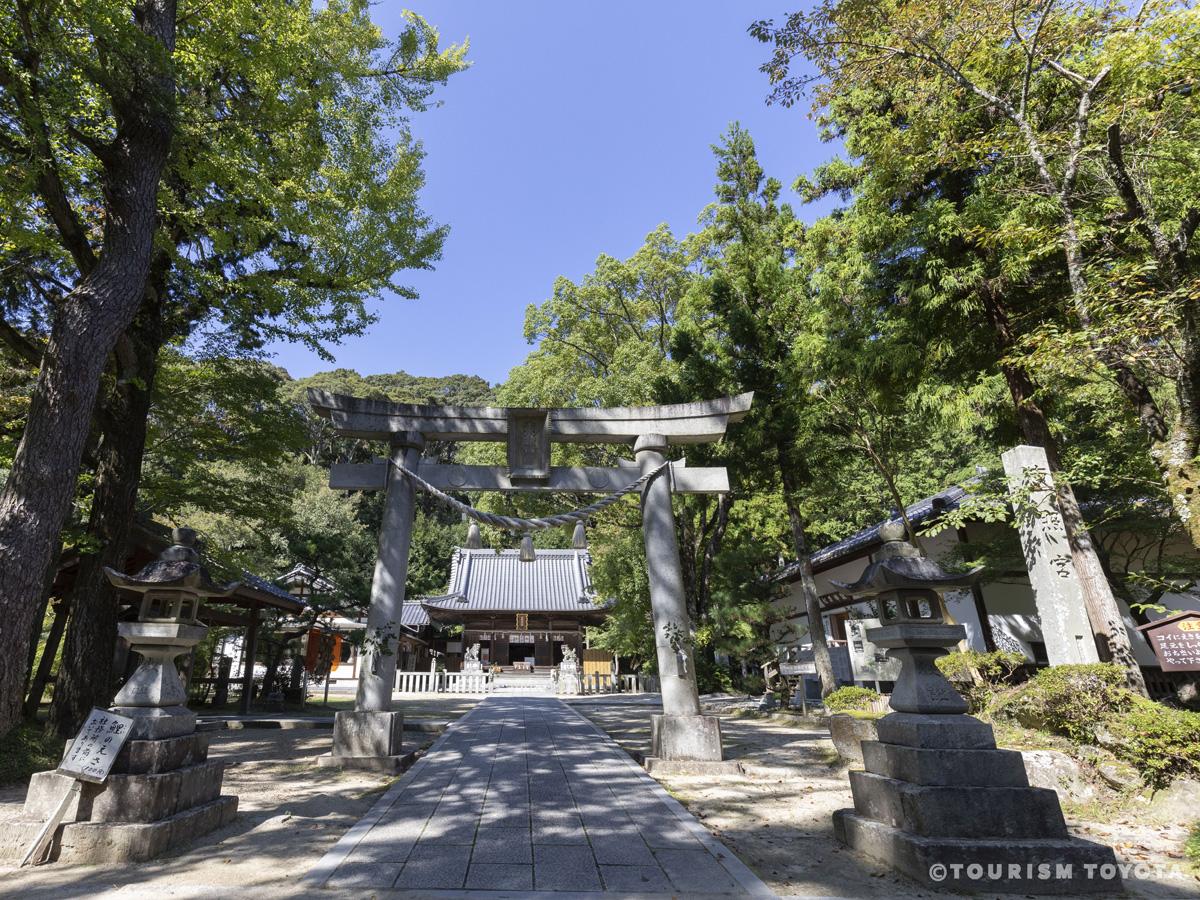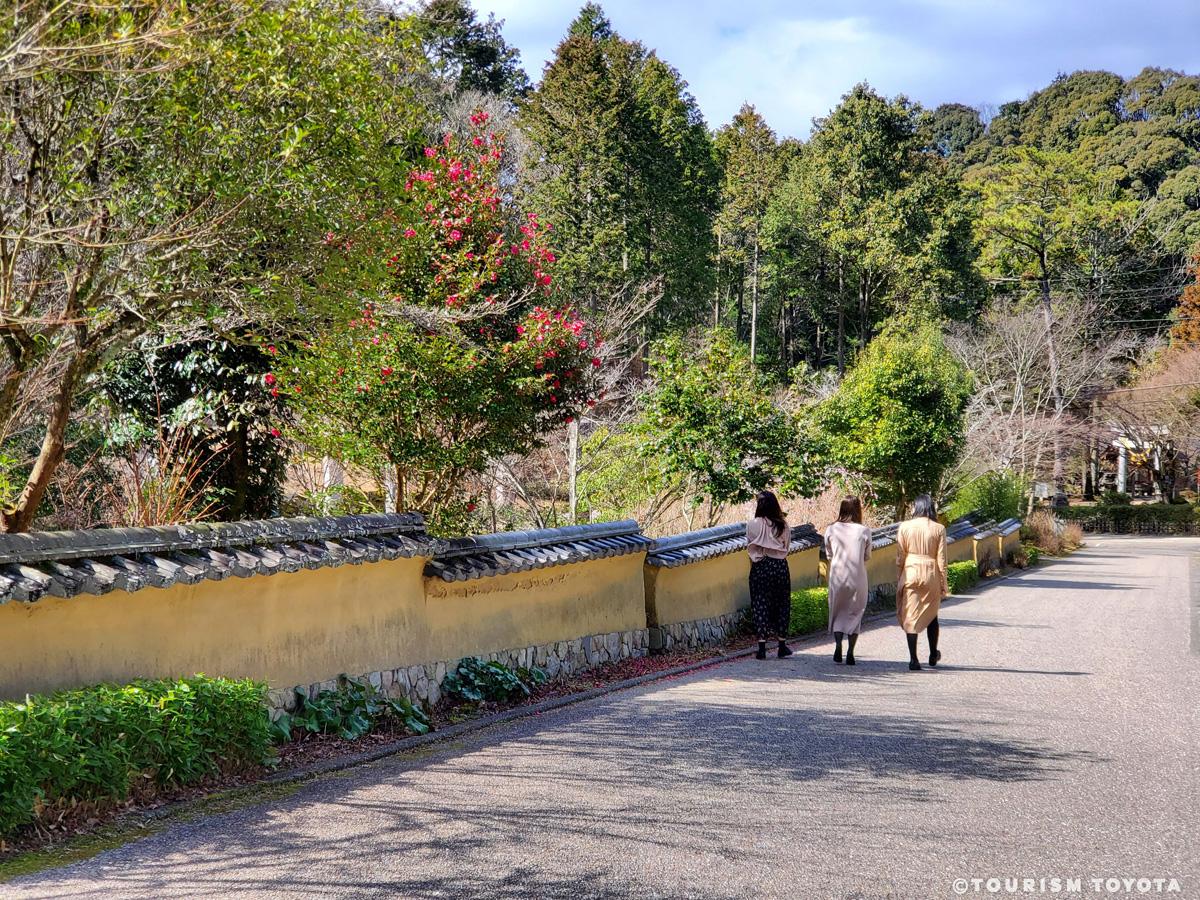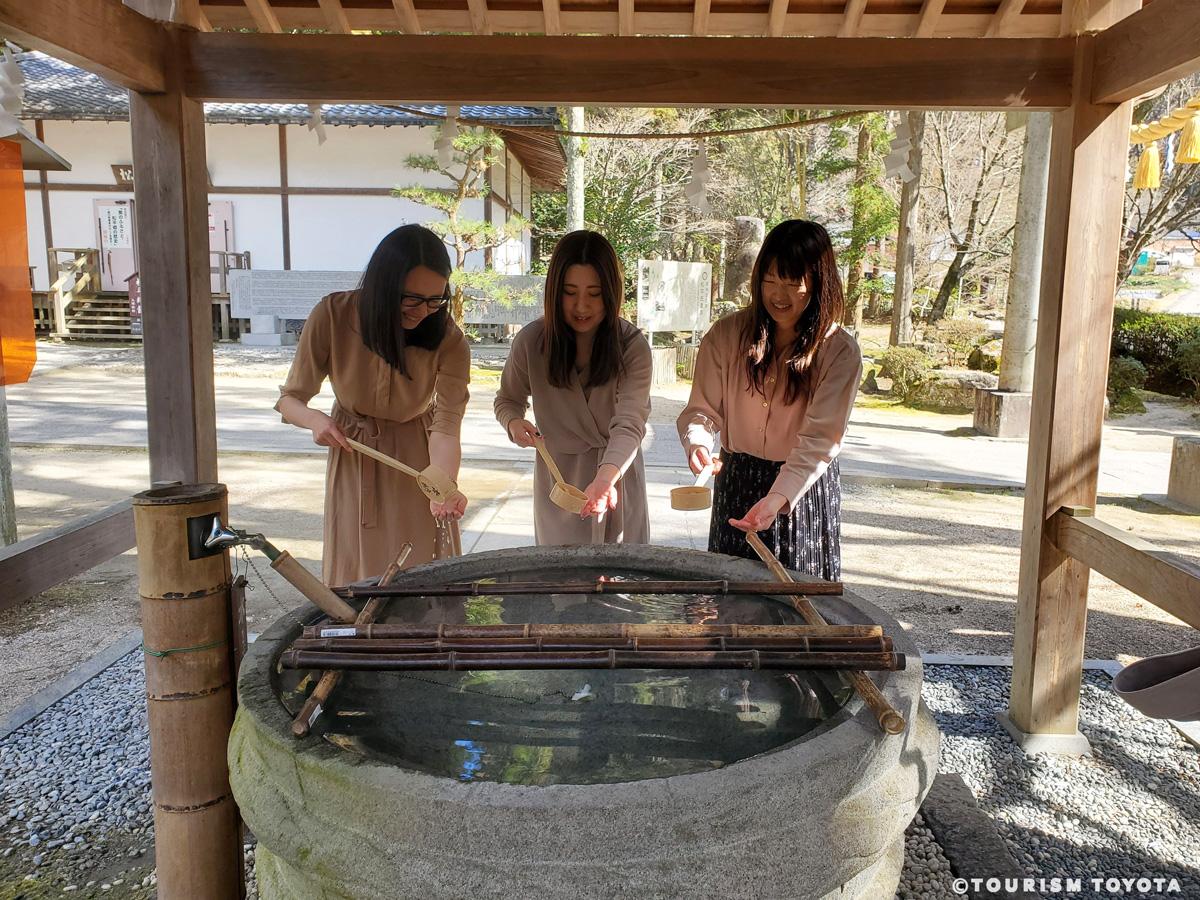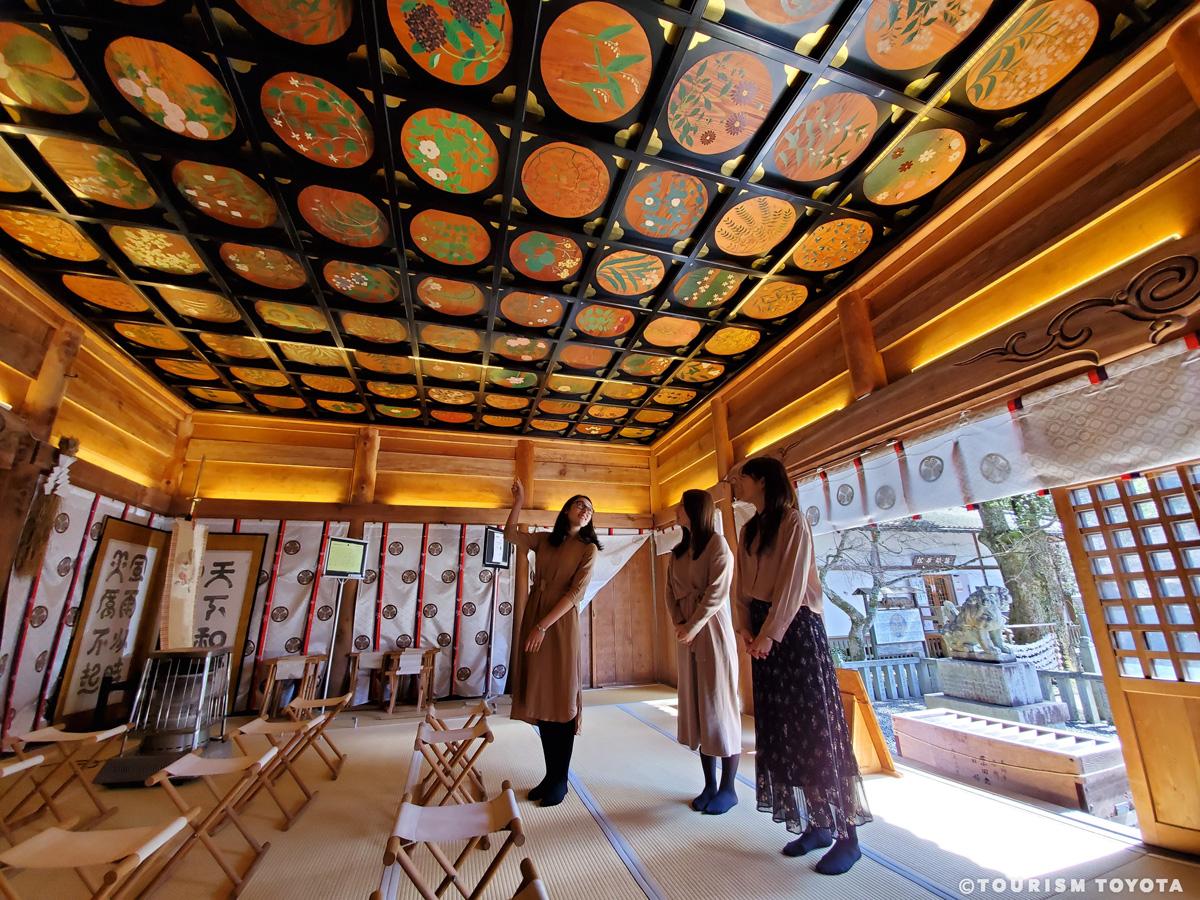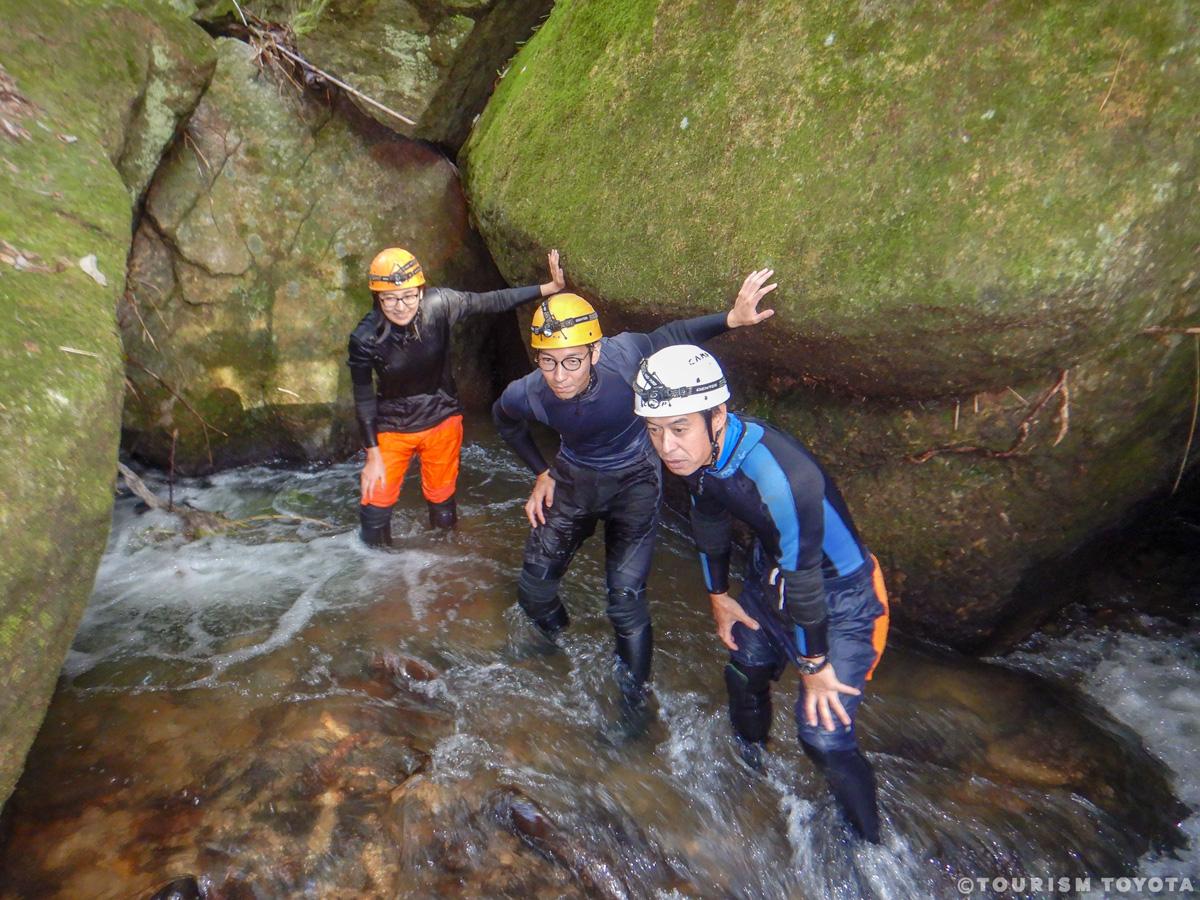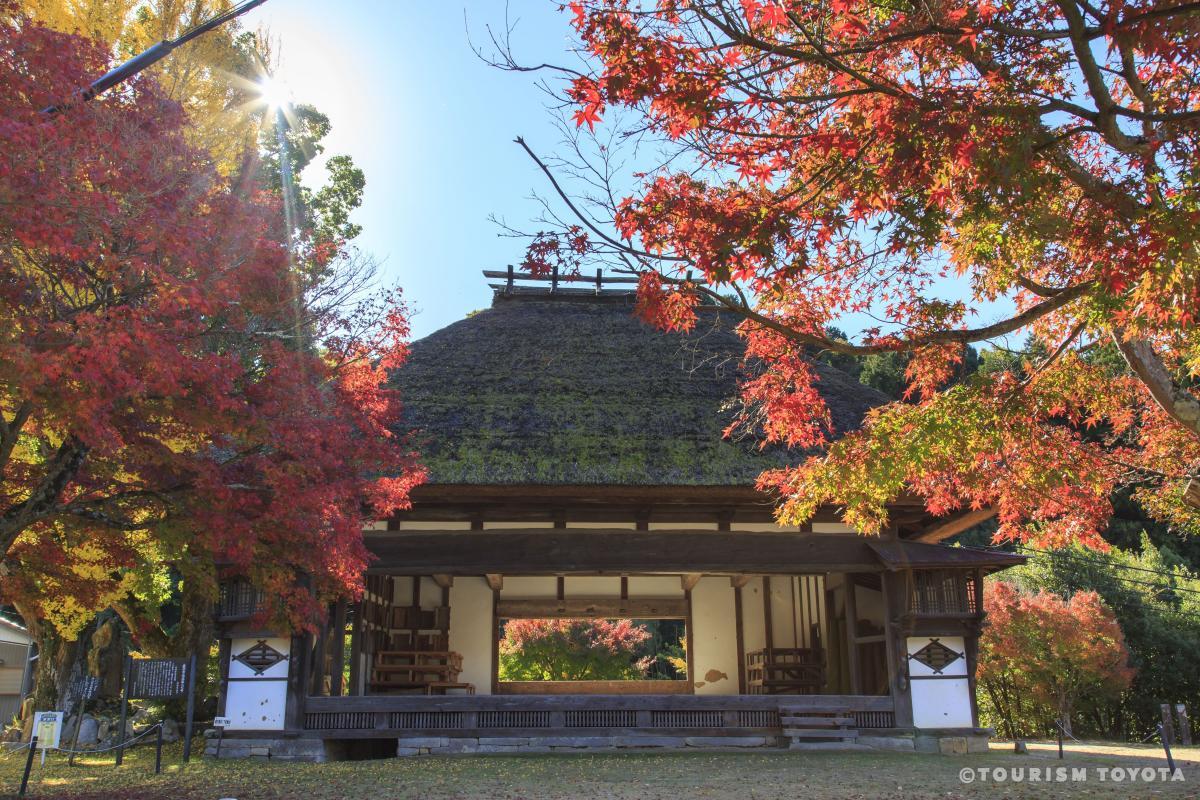Matsudaira Toshogu Shrine
Tokugawa Ieyasu (1543–1616) and Matsudaira Chikauji (d. 1394?) are enshrined at the Matsudaira Toshogu Shrine complex. Ieyasu was the ninth head of the Matsudaira family and founder of the Tokugawa shogunate that ruled Japan from 1603 to 1867. His ancestor, Chikauji, was the first head of the family. The shrine is officially called Hachiman Matsudaira Toshogu Shrine, and Hachiman, the guardian deity of the Matsudaira and the warrior class, is also enshrined on the grounds.
Matsudaira Toshogu is one of the more than 100 Toshogu shrines in Japan. The first such sanctuary was Kunozan Toshogu on Mt. Kuno in Shizuoka Prefecture, where Ieyasu was originally buried. Most Toshogu sanctuaries enshrine only Ieyasu, but Matsudaira Toshogu also honors Chikauji to emphasize the origins of the Matsudaira-Tokugawa family line.
The shrine stands on the site of the former Matsudaira estate, where descendants of the family lived well into the twentieth century. A Toshogu shrine was first established there in 1619 alongside an older shrine dedicated to Hachiman. The Hachiman shrine is now located in the northeastern corner of the complex, whereas the Toshogu shrine was rebuilt on its present site in 1931 after the Matsudaira estate was dismantled. The main shrine building was renovated in 2015 to mark 400 years since Ieyasu’s death. The ceiling in the worship hall (haiden) is decorated with 108 images of local flowers and other plants painted by the Toyota-based lacquer artist Ando Noriyoshi (b. 1947).
Site of the Matsudaira Estate
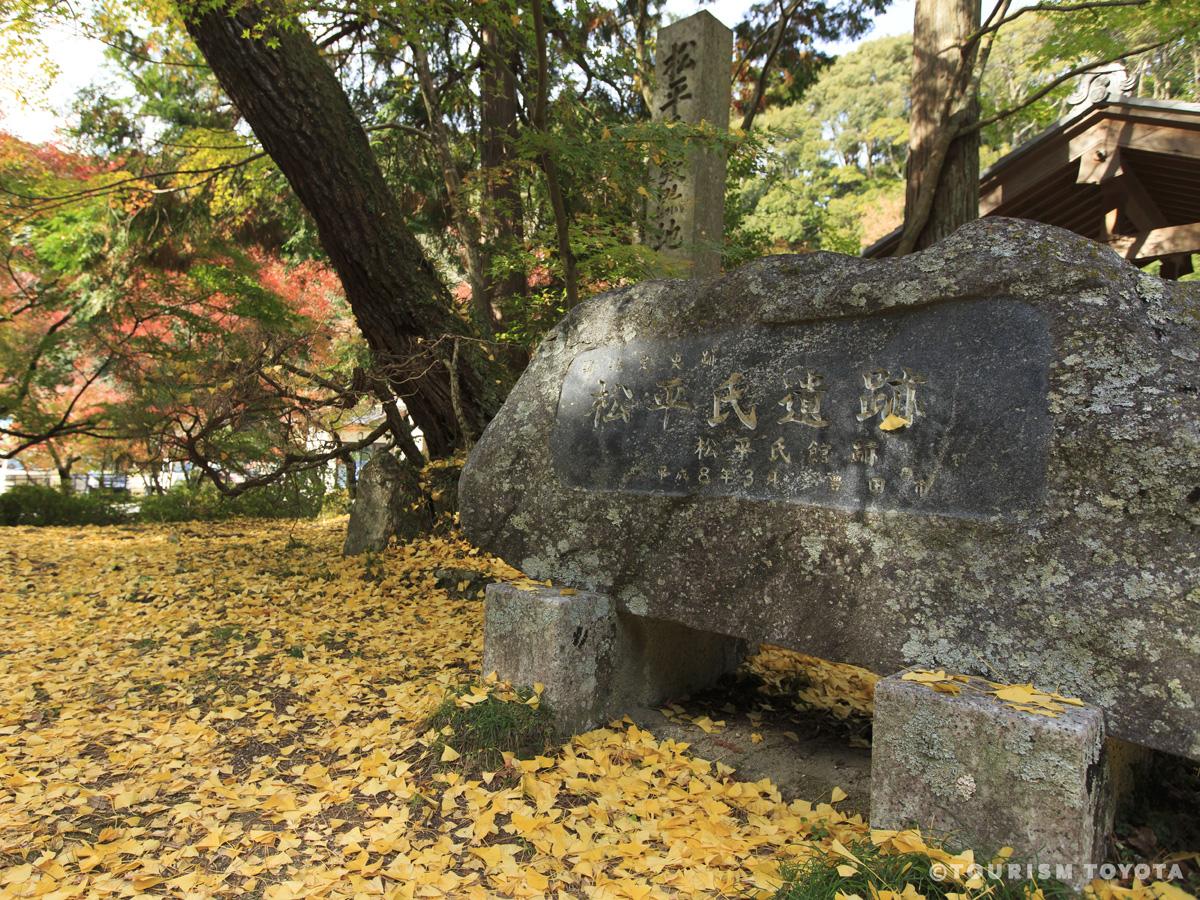
Matsudaira Toshogu Shrine occupies the site of the former Matsudaira estate, the ancestral home of the Matsudaira samurai family. The main line of the family is thought to have resided there from the days of Chikauji (d. 1394?), founder of the family, until the fifteenth century. At that time, the Matsudaira advanced to the west and south, conquering the nearby plains. Their native lands eventually came to be watched over by a branch of the family known as Tarozaemon. Descendants of the Tarozaemon family made the estate their home until the 1920s, when they moved to Tokyo. The Toshogu Shrine was established on the site in its present form in 1931.
What the Matsudaira estate looked like in the time of Chikauji is not known. However, documents and maps from the 1600s onward depict a walled compound protected by a moat on three sides and by the steep mountainside to the north. The eastern section of the moat was filled in sometime in the 1800s, but the L-shaped segment to the south and west remains, as does the stone wall that lines the moat and the earthen bridge over it. Part of the compound wall on the western side extends into the moat. This is a defensive feature that enabled archers to shoot directly at invaders seeking to advance along the moat’s edge.
The site of the Matsudaira estate is now the central feature of the Matsudaira National Historic Site. The site also includes Kogetsuin Temple, some 250 meters to the east, and two nearby sites of medieval forts built by the Matsudaira.
Matsudaira Toshogu Shrine: Main Shrine and Ceiling Paintings
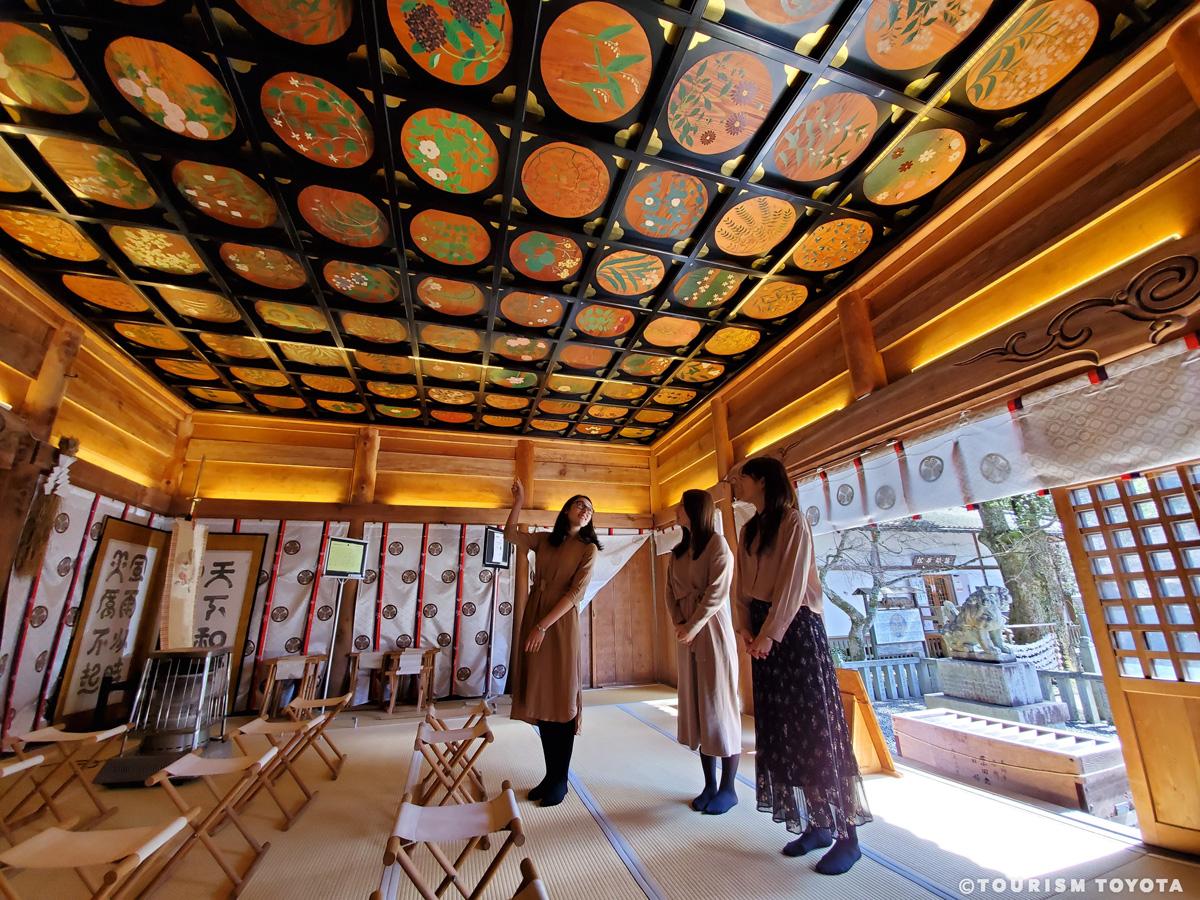
The Main Shrine is the central feature and most sacred part of Matsudaira Toshogu. It is where shogun Tokugawa Ieyasu (1543–1616) is enshrined as a Shinto deity alongside Matsudaira Chikauji (d. 1394?), the founder of the Matsudaira family. The Main Shrine was built in 1931 in the gongen-zukuri style that is a hallmark of shrines favored by the ruling warrior class during the Edo period (1603–1867). In this style, the worship hall (haiden), liturgy hall (saimonden), and main sanctuary (honden) are all under one roof. Only the worship hall is open to the public. Its lattice ceiling is decorated with 108 images of local flowers and other plants painted by the Toyota-based lacquer artist Ando Noriyoshi (b. 1947). The paintings were finished in 2015 as part of the building’s renovation, undertaken to commemorate 400 years since Ieyasu’s death.
Each of the 108 images is painted on a round background of cedar wood, coated only with clear lacquer so that the grain of the wood is visible. Black lacquer is used to create the circular framing around each painting and to cover the rails that create the lattice. The images depict plants such as white and red plum blossoms, dwarf bamboo, and chrysanthemums, and are arranged into four sections to represent the seasons. The central painting on the eastern end features the rising sun, while that on the western end includes the full moon. In each corner is an image of futaba aoi (Asarum caulescens, a species of wild ginger), the plant that inspired the Matsudaira-Tokugawa family emblem. That crest features a mythical three-leaved version of the two-leaved futaba aoi, which can be seen growing outside the Main Shrine.
Matsudaira Toshogu Shrine: Ubuyu Well
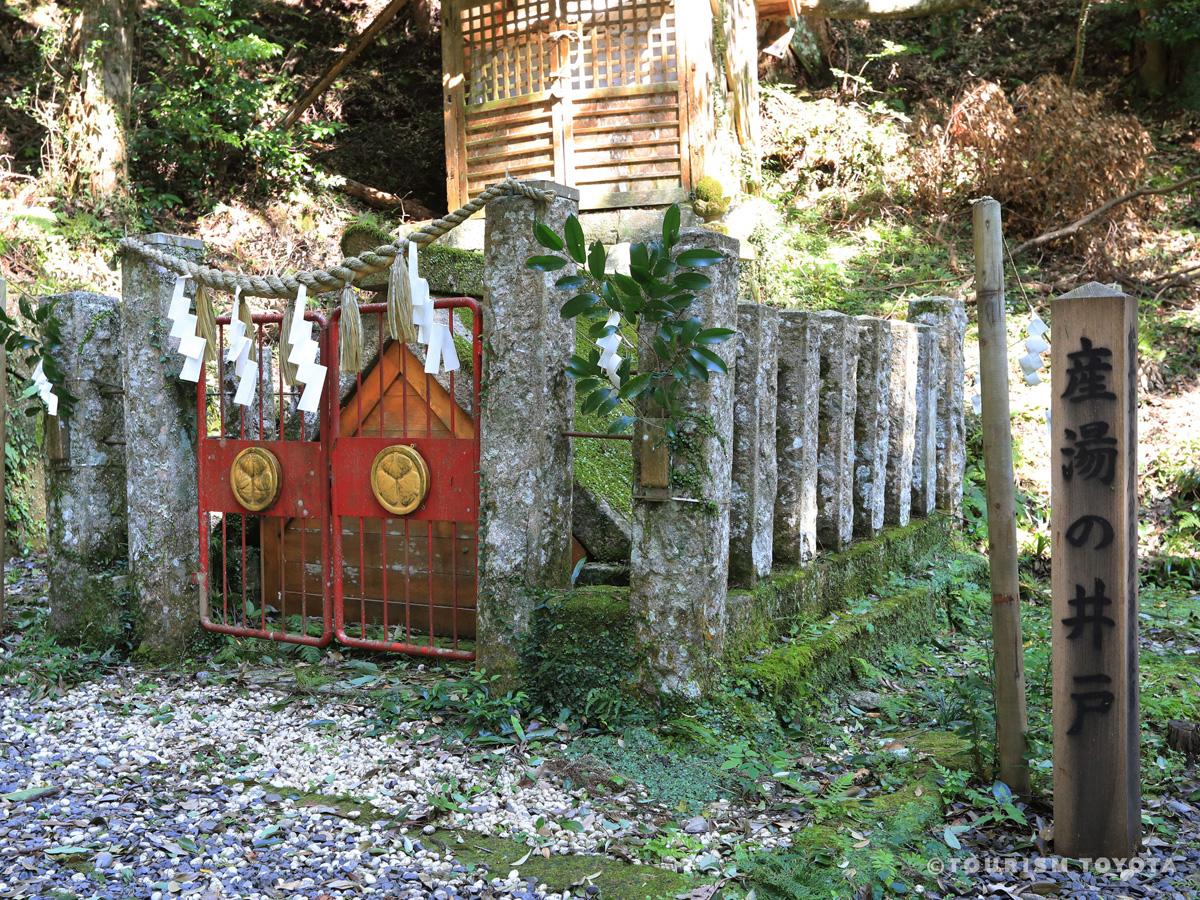
The Ubuyu Well is thought to be among the oldest extant structures on the grounds of Matsudaira Toshogu Shrine. According to Matsudaira family lore, water from this well has been used to give the family’s newborn babies their first bath (ubuyu) since at least the fifteenth century. This tradition was upheld even after the main line of the family left the ancestral home in Matsudaira-go and expanded its territory to the south and west. Legend has it that when Matsudaira Takechiyo (1543–1616), the future shogun Tokugawa Ieyasu, was born at Okazaki Castle some 13 kilometers southwest of Matsudaira-go, a rider was dispatched to this well to bring back bathwater in a bamboo tube.
The Ubuyu Well is no longer in use, but water from it is drawn twice every year. On the night before the Matsudaira-go Gongen Festival, a celebration of the life of Tokugawa Ieyasu, the priests of Matsudaira Toshogu open the well and dedicate some of its water to the enshrined deities. Water from the Ubuyu Well is also used to purify a wooden ball used for rituals during the Tenka Festival, the other big annual event in Matsudaira-go.
Next to the well are two small Shinto shrines. The larger enshrines Hachiman, the guardian deity of the Matsudaira family and the warrior class. It stands in front of a huge boulder thought to be the original object of reverence at the shrine. In distant antiquity, such natural features were often worshiped as abodes of the divine, and the idea of enshrining deities in buildings was adopted only later. The smaller shrine is dedicated to Benzaiten, the deity of knowledge, beauty, and the arts, who is also associated with water.
| Address |
〒444-2202
13 Akabara, Matsudaira-cho, Toyota-City |
| Cost |
Free admission |
| Business hours |
All-day admission: 10:00AM-3:00 PM (Matsudairagou) |
| Parking |
Free |
| Directions by public transportation |
[Directions from Nagoya]
・From Nagoya Station on the Higashiyama subway line, go to Fushimi Station and transfer to the Tsurumai subway line (which connects to the Meitetsu Toyota Line from Akaike). Get off at Meitetsu Toyotashi Station.
・From Meitetsu Nagoya Station, take the Meitetsu Nagoya Main Line to Chiryu Station. Transfer trains and get off at Meitetsu Toyotashi Station.
・From JR Nagoya Station, take the JR Chuo Main Line to Kozoji Station. Transfer to the Aichi Loop Line and get off at Shin-Toyota Station.
*Click here to check transportation directions and fares in Toyota.
http://michinavitoyota.jp/portal/map_en.html |
Recommended Spots
-
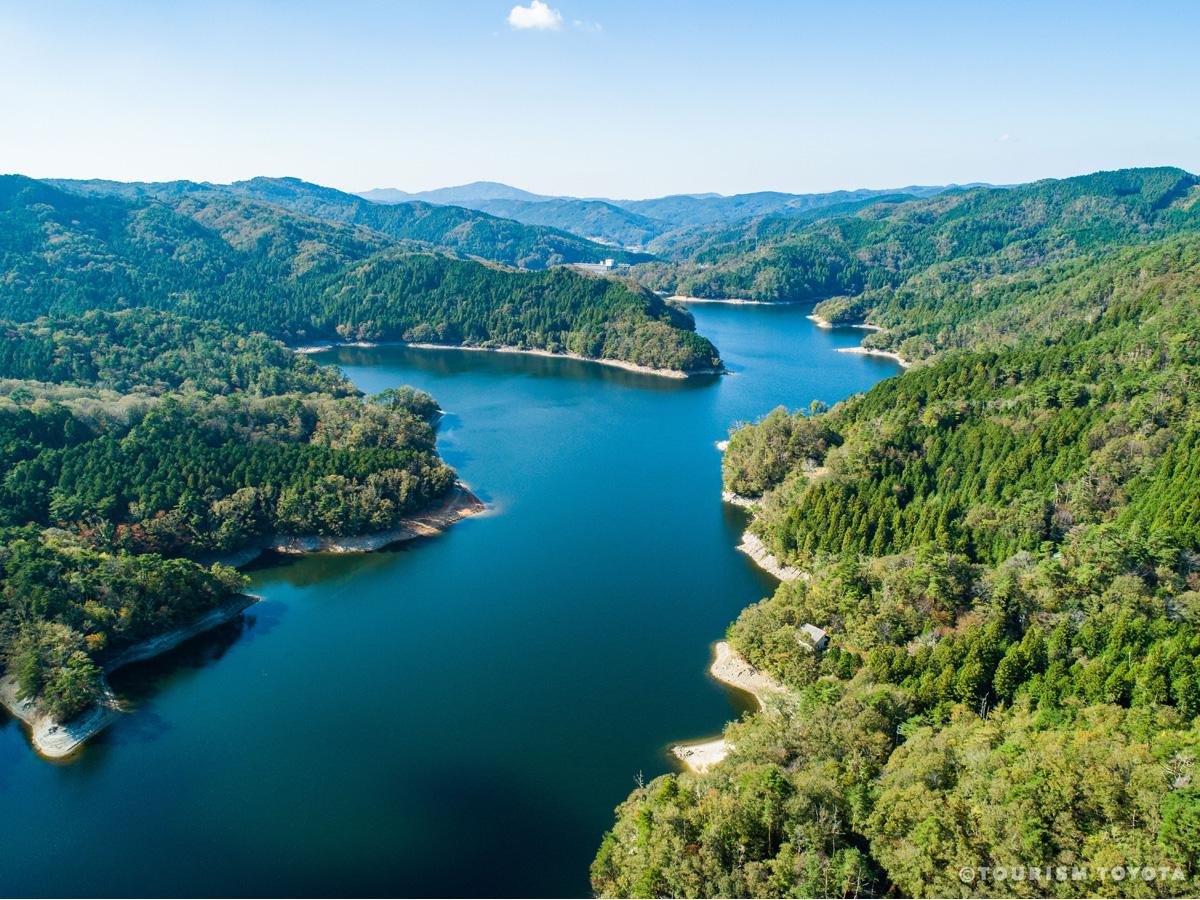
Lake Mikawa
Shimoyama-Area
Many people come to see the lake’s seasonal beauty. You can drive around the lake’s 16-km…
-
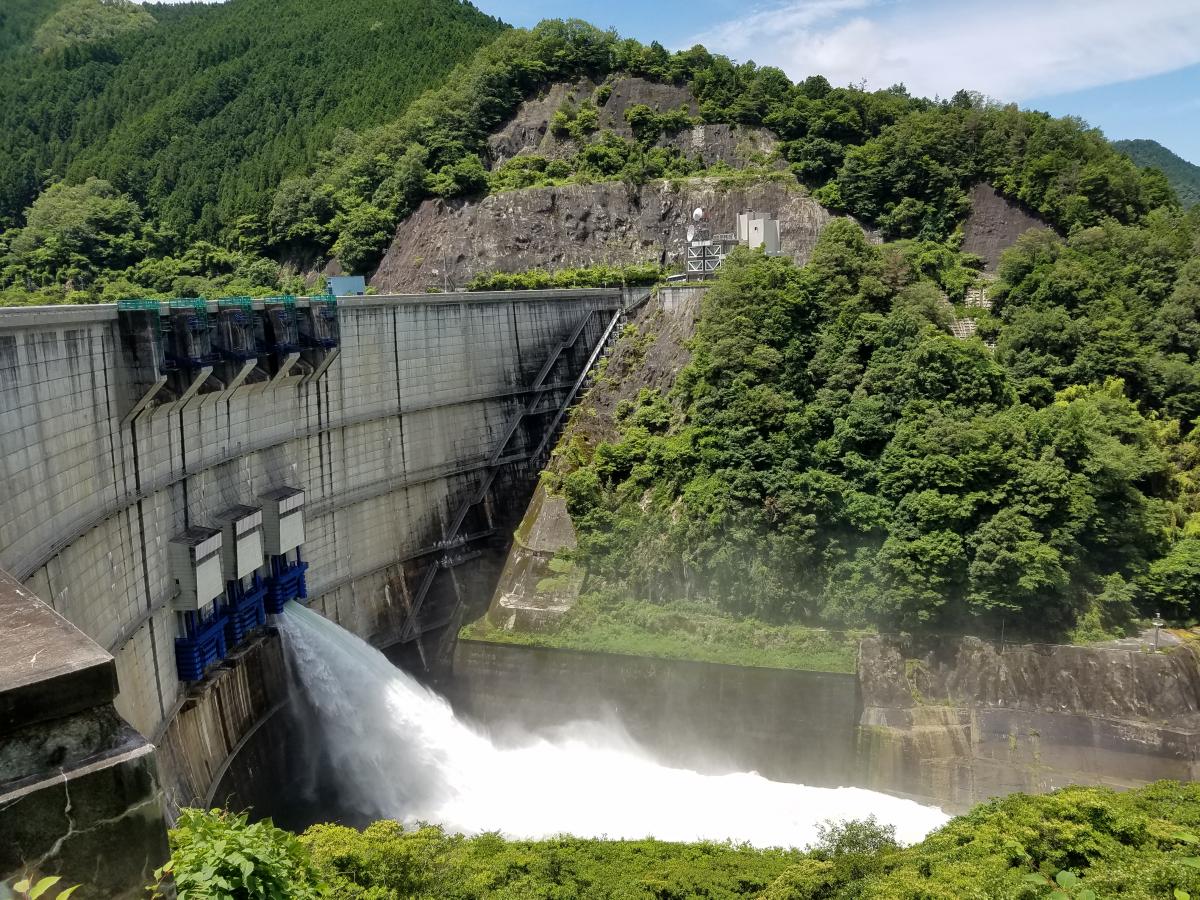
Yahagi Dam
Asahi-Area
Yahagi Dam is an arched concrete dam that embanks the Yahagi River, creating Oku Yagahi L…
-
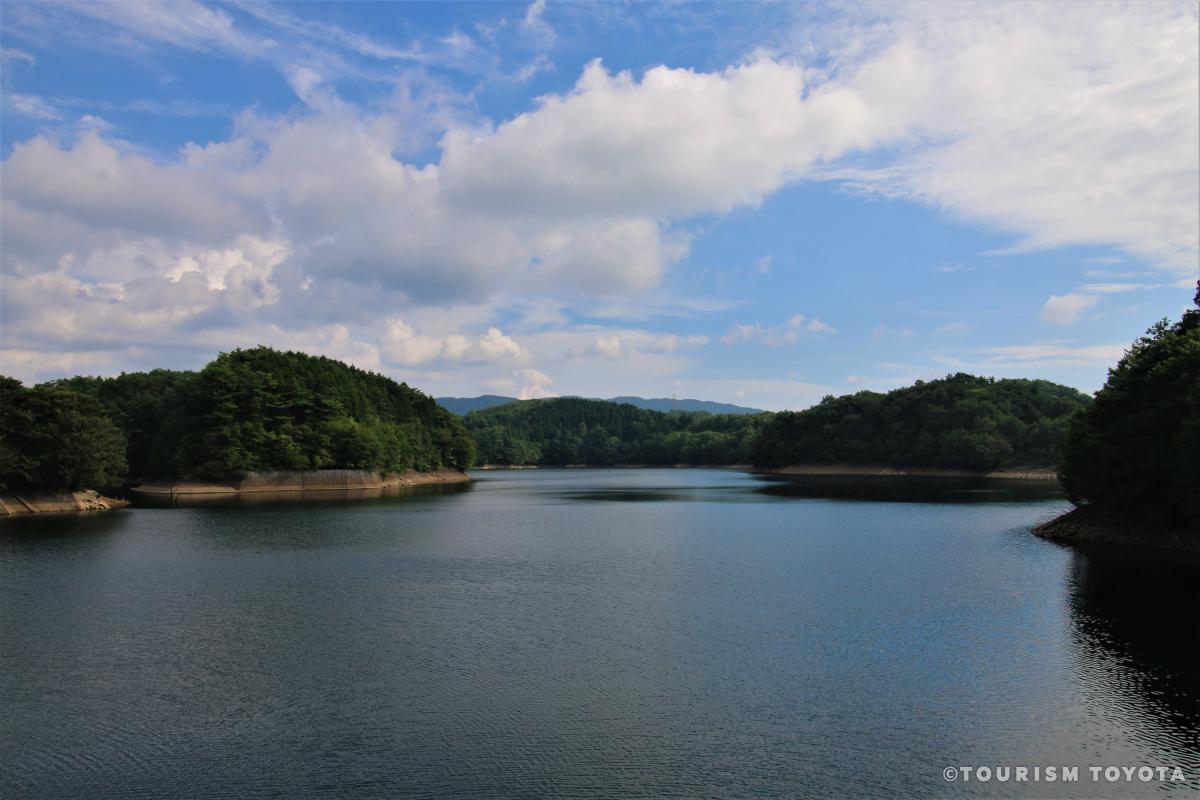
Kuroda Dam
Inabu-Area
Kuroda Dam is a concrete gravitational power generation dam along the City of Toyota's Ku…
-
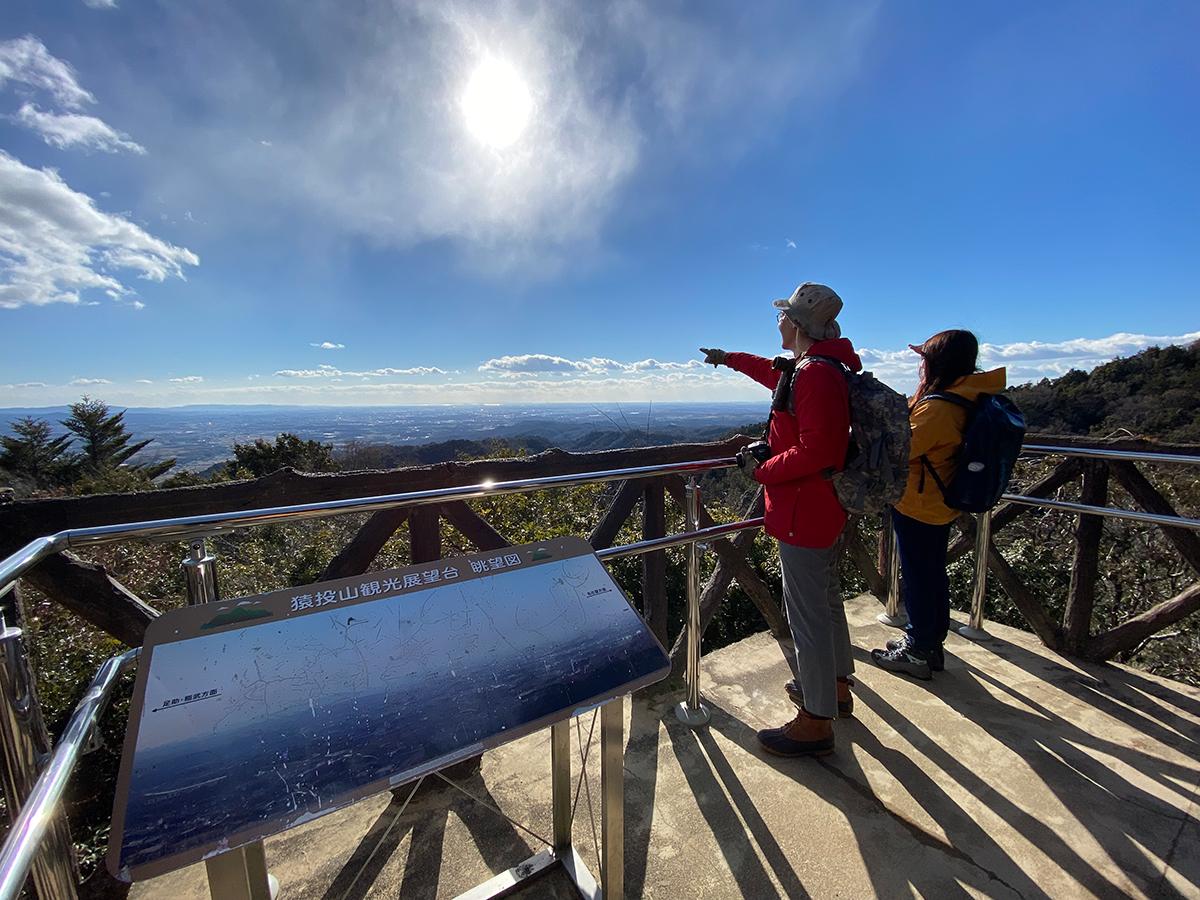
Mt. Sanageyama
Toyota-Area
-
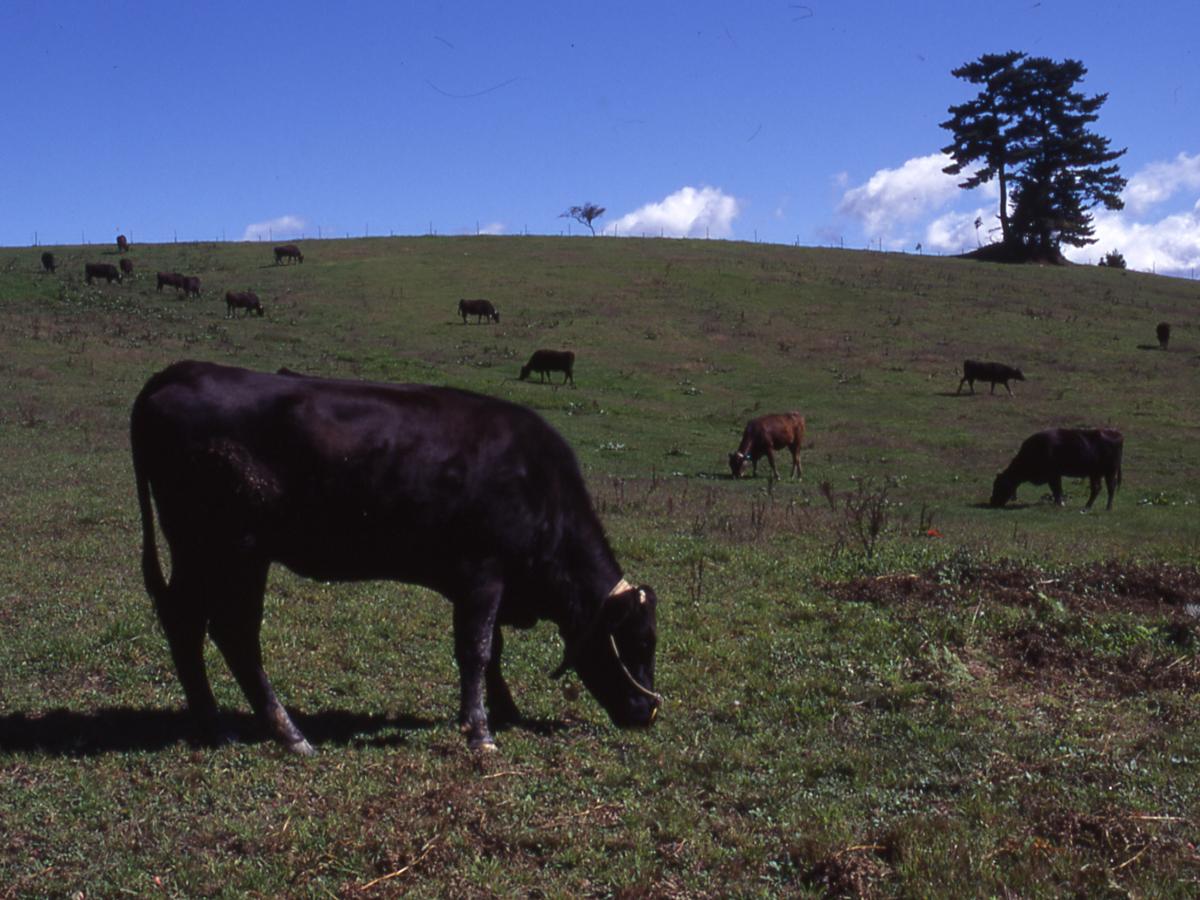
Mikawa Plateau (Mikawakougen)
Shimoyama-Area
Mikawakougen is a gently sloping plateau with an altitude of 600 meters near the center o…
-
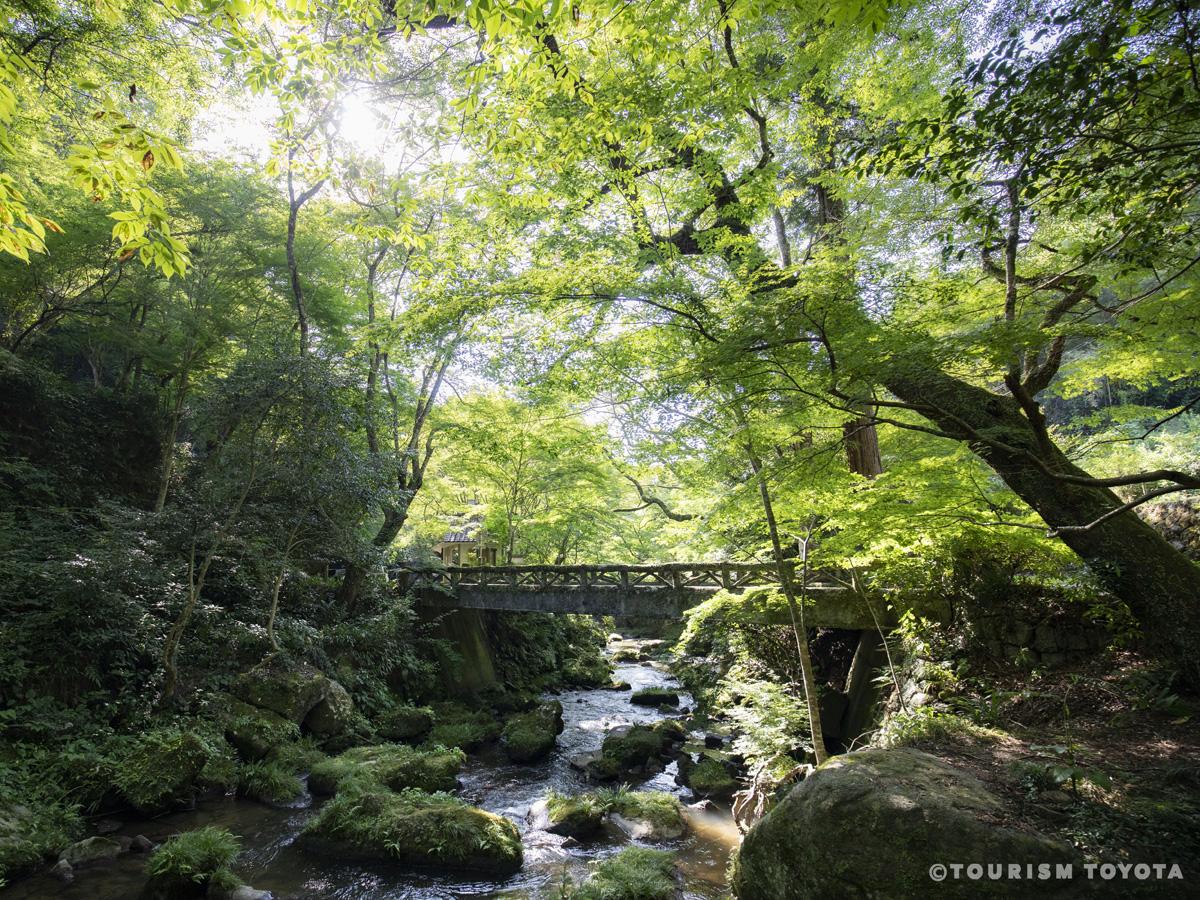
Otaki Gorge
Matsudaira-Area
-
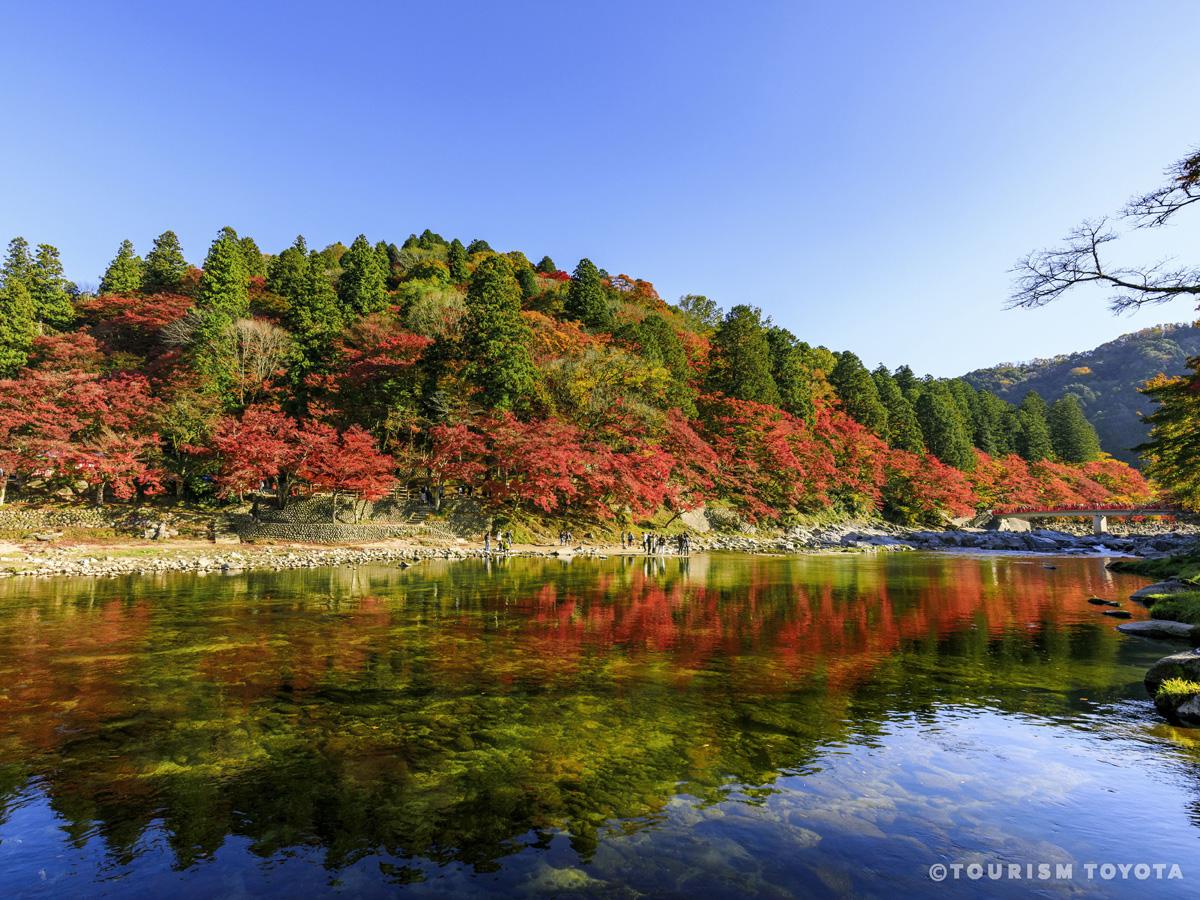
Korankei Gorge
Asuke-Area
Korankei Gorge is famous as a location for fall foliage. The best time to see the foliage…
-
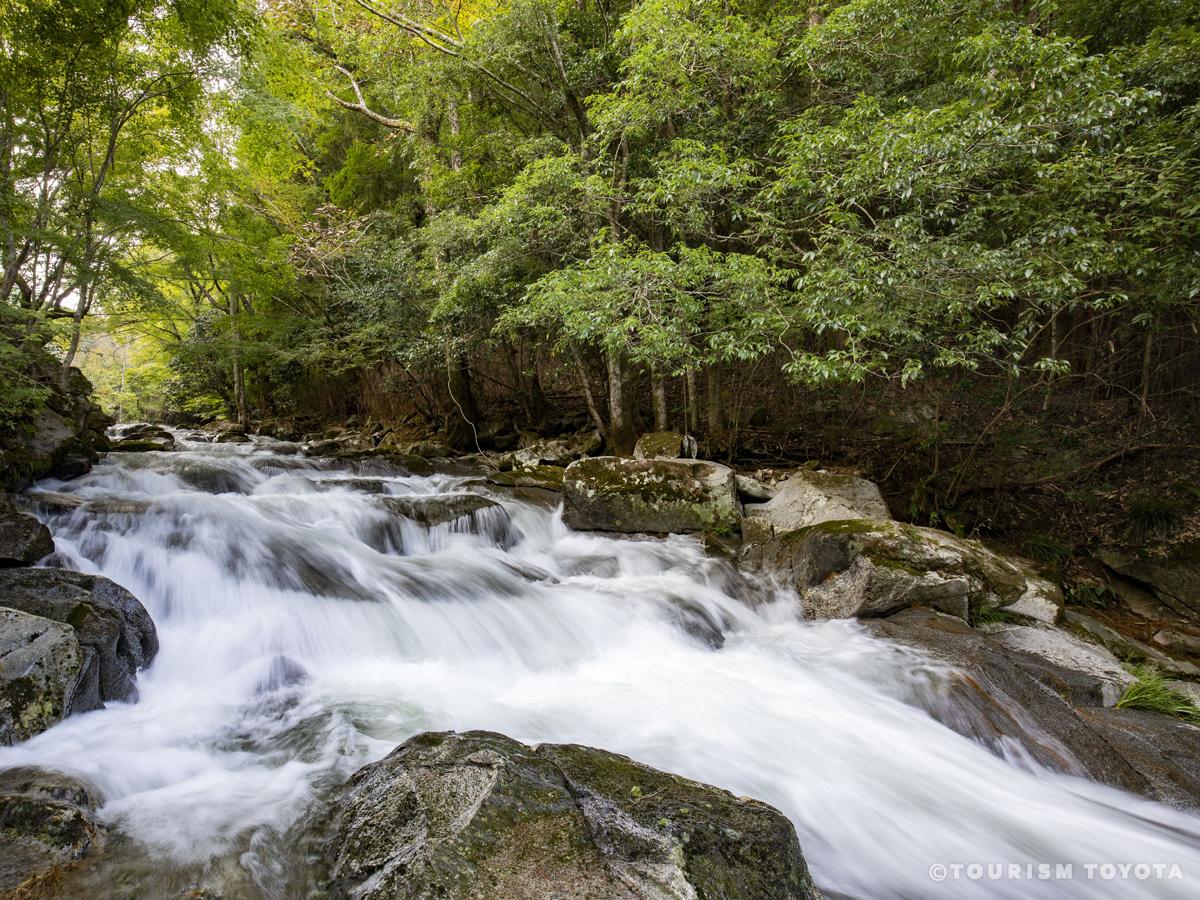
Hodo no Nanataki Waterfall
Shimoyama-Area
Hodo no Nakataki Waterfall is located on a tributary of the Nohara River. Stretching for …
-
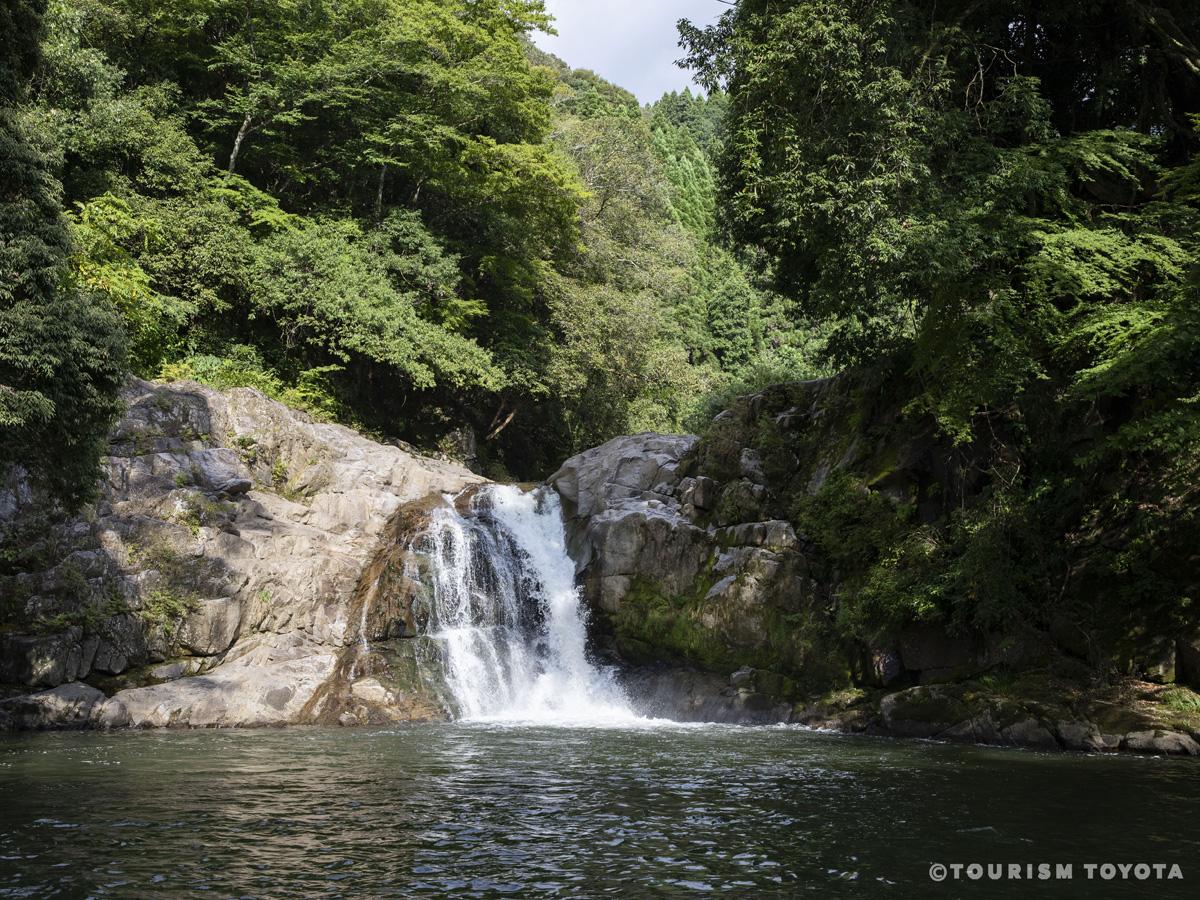
Oshikawa Waterfall
Inabu-Area
Oshikawa Waterfall is a calming spot where you can enjoy the rushing sound of water falli…
-
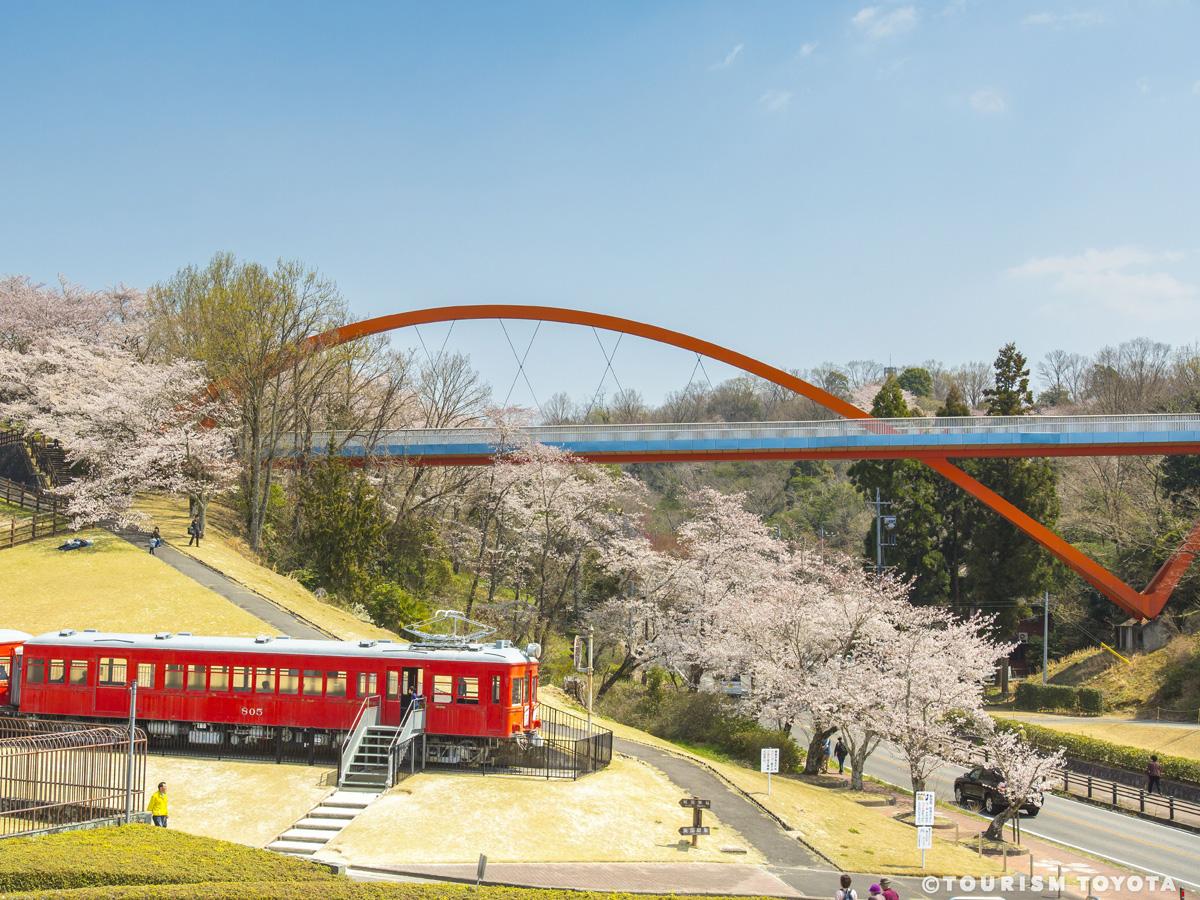
Kuragaike Park
Toyota-Area
-
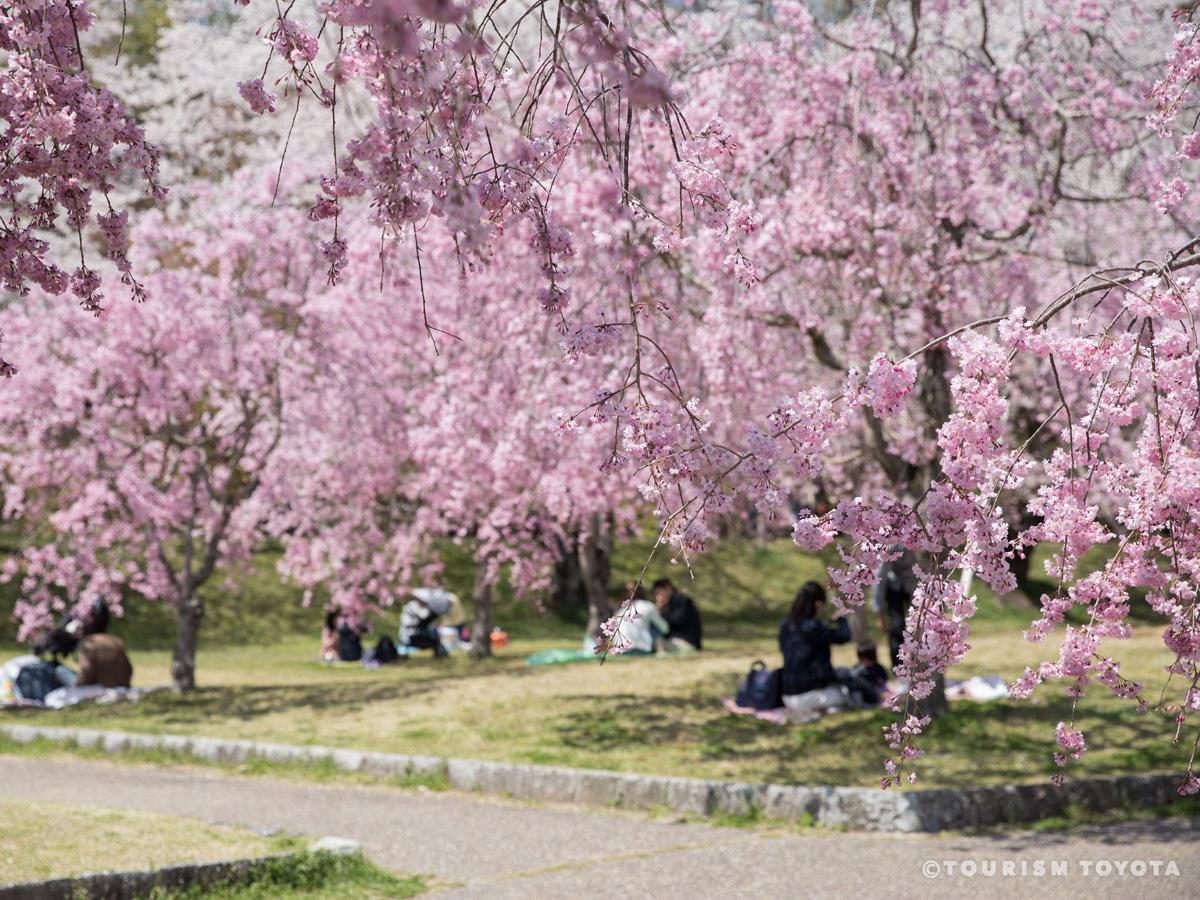
Suigen Park
Toyota-Area
Stretching out along the Yahagi River, it is one of the city’s most famous spots for cher…
-
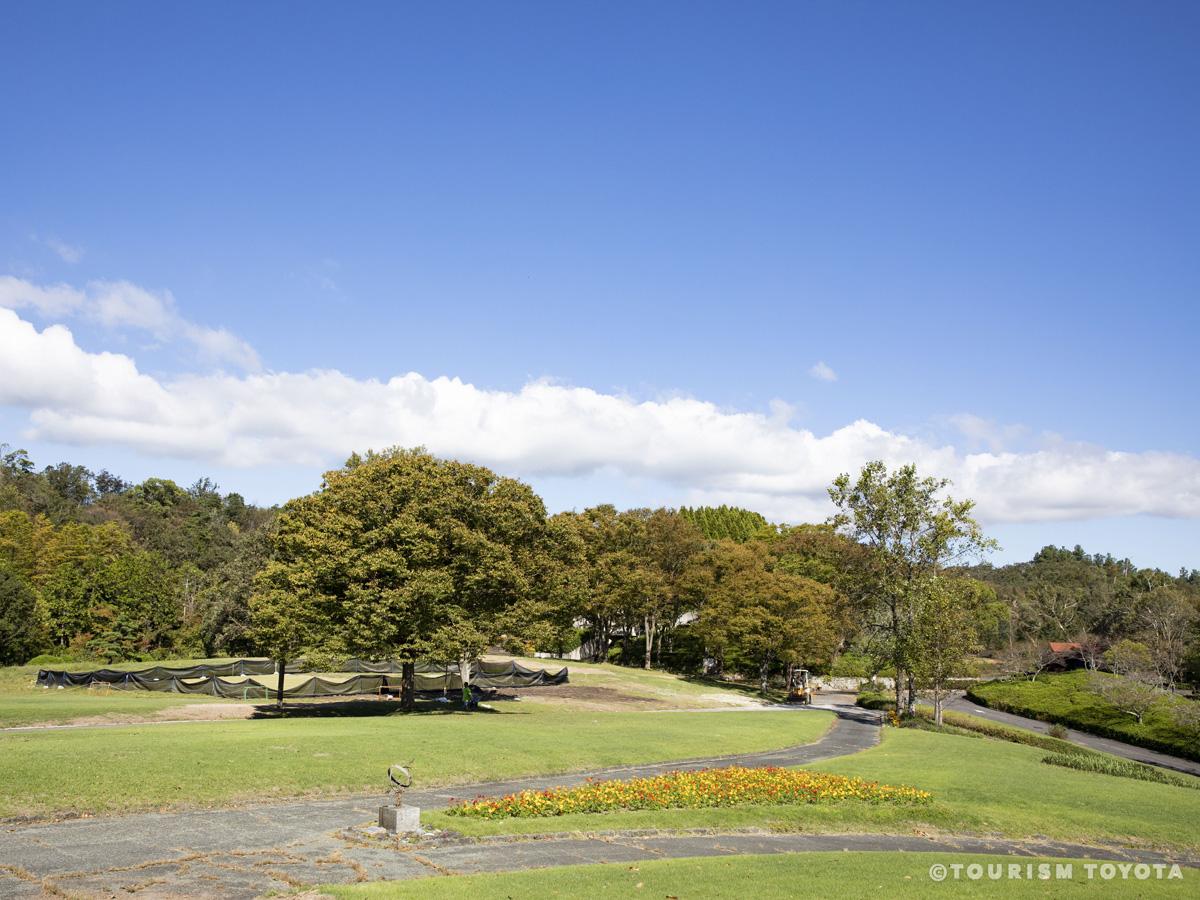
Aichi Prefectural Greenification Center
Fujioka-Area
A facility filled with a variety of gardens such as Japanese gardens and rock gardens whe…
-
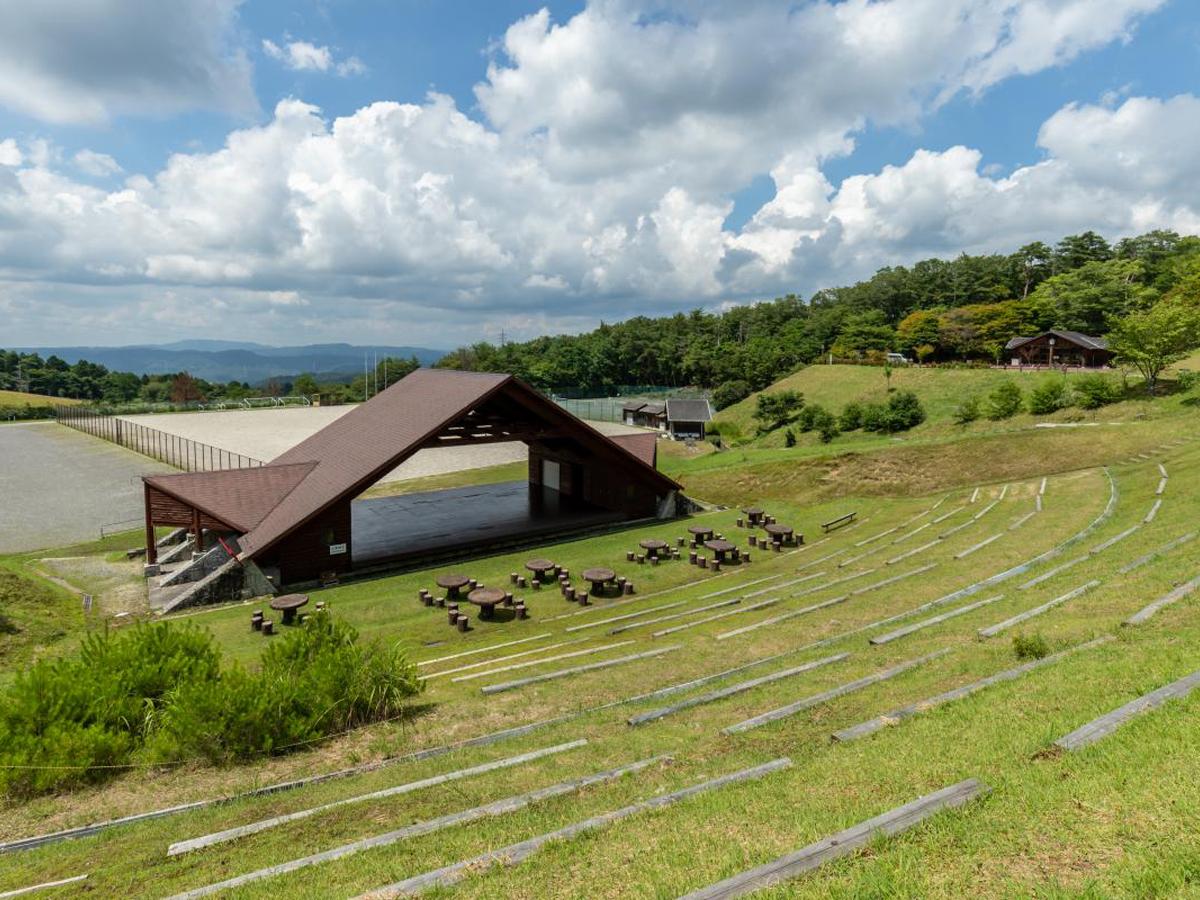
Asahi Nature Highland (Asahi Kogen Genki-Mura)
Asahi-Area
A multipurpose leisure facility on a highland elevation of 650 m. Enjoy various activitie…
-
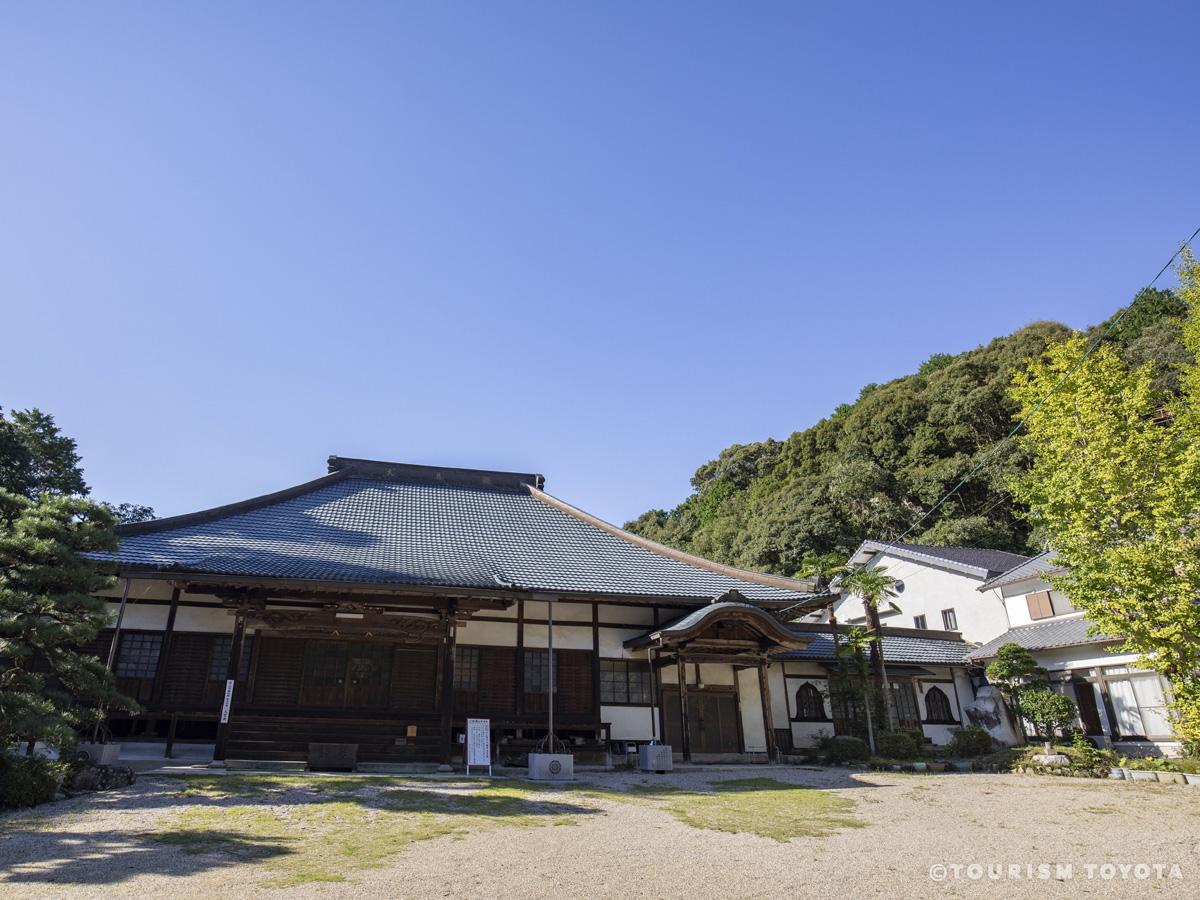
Daihiden Toshoji Temple
Toyota-Area
Daihiden Toshoji is a Soto Zen temple located approximately 300 meters northeast of the m…
-
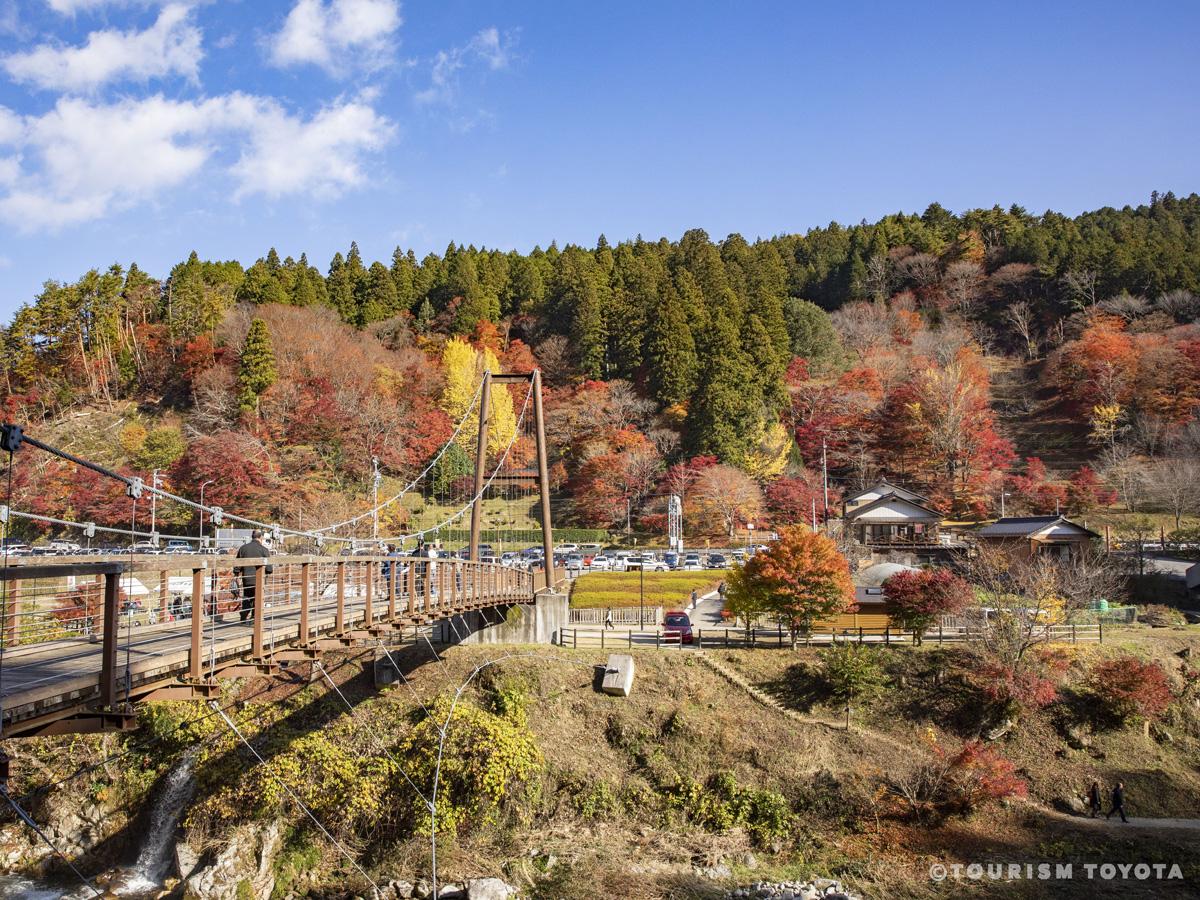
Oidaira Park
Inabu-Area
Oidaira Park was created by the local Furuhashi clan, where they created a small school f…
-
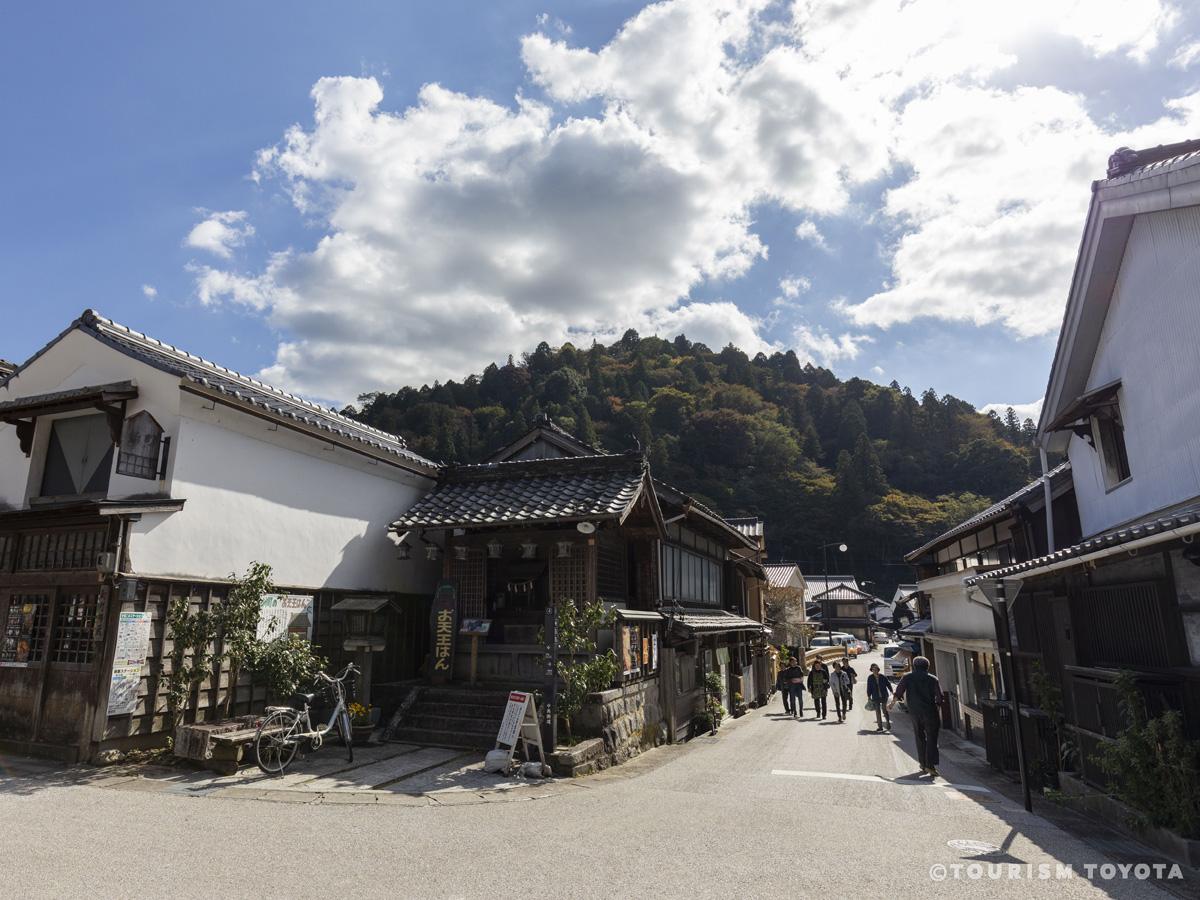
Asuke Townscape (Important Preservation District of Historic Buildings)
Asuke-Area
The basic pattern of the Asuke Townscape (Important Preservation District of Historic Bui…
-
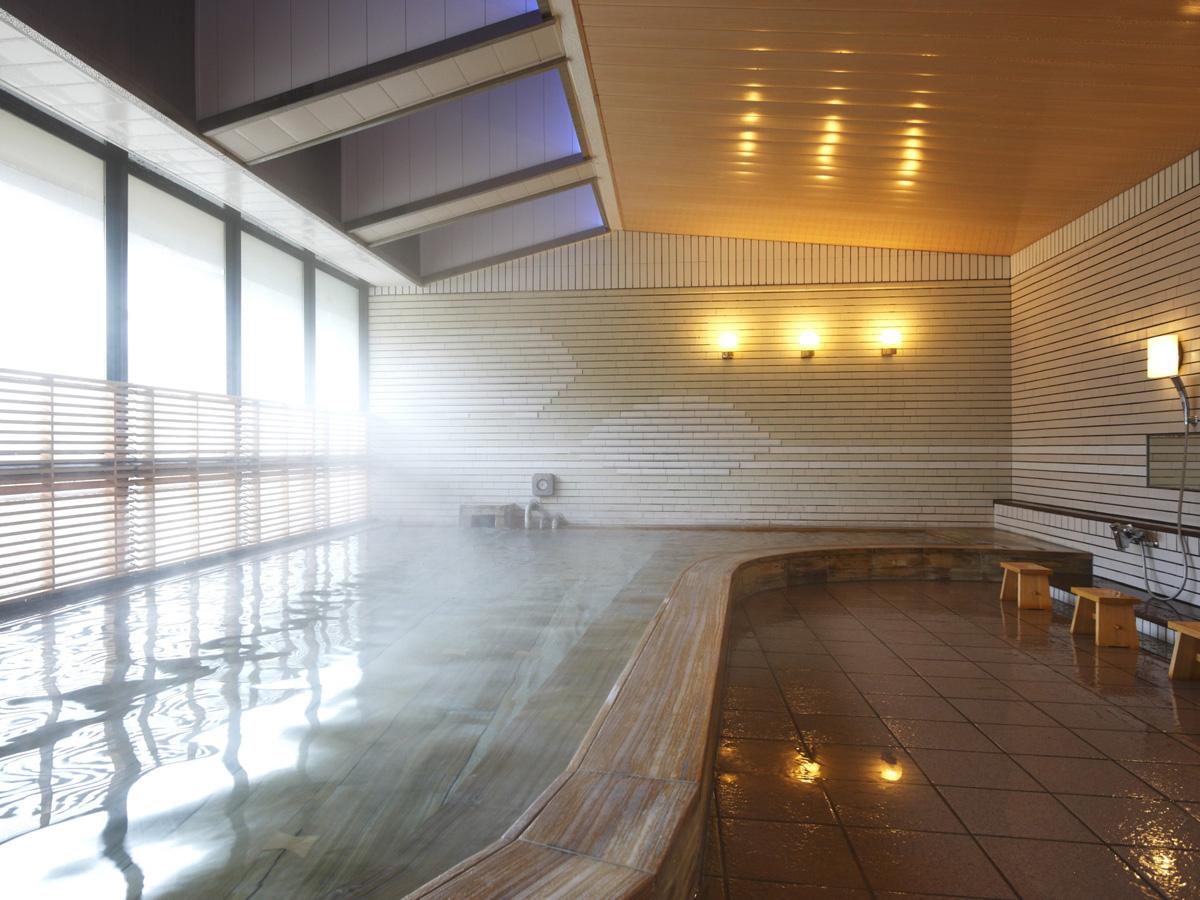
Sanage Onsen Resort
Toyota-Area
Sanage Onsen is Aichi Prefecture's largest natural radon hot spring. The hot spring water…
-
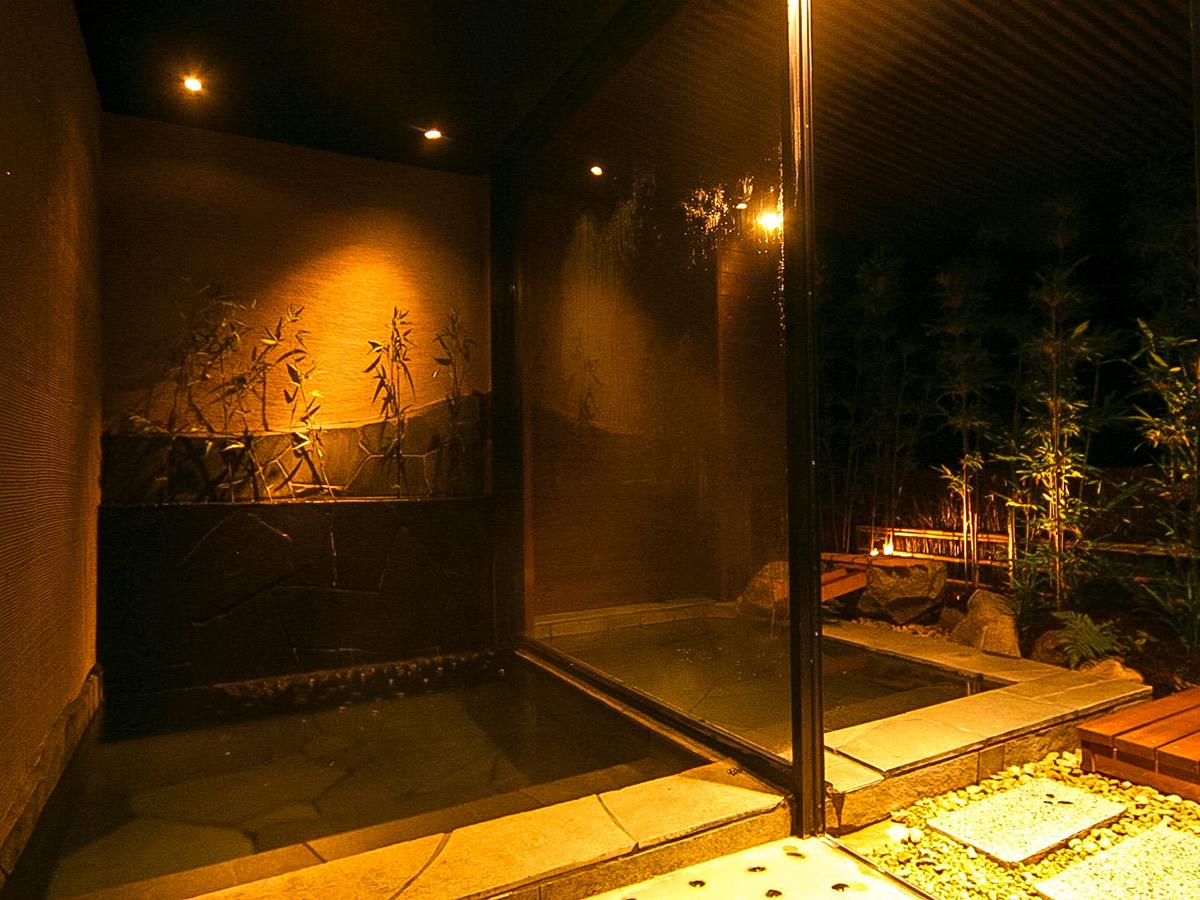
Shirasagi Onsen Resort
Asuke-Area
The sulphur spring water is good for beautiful skin. The large scenic bath has views of T…
-
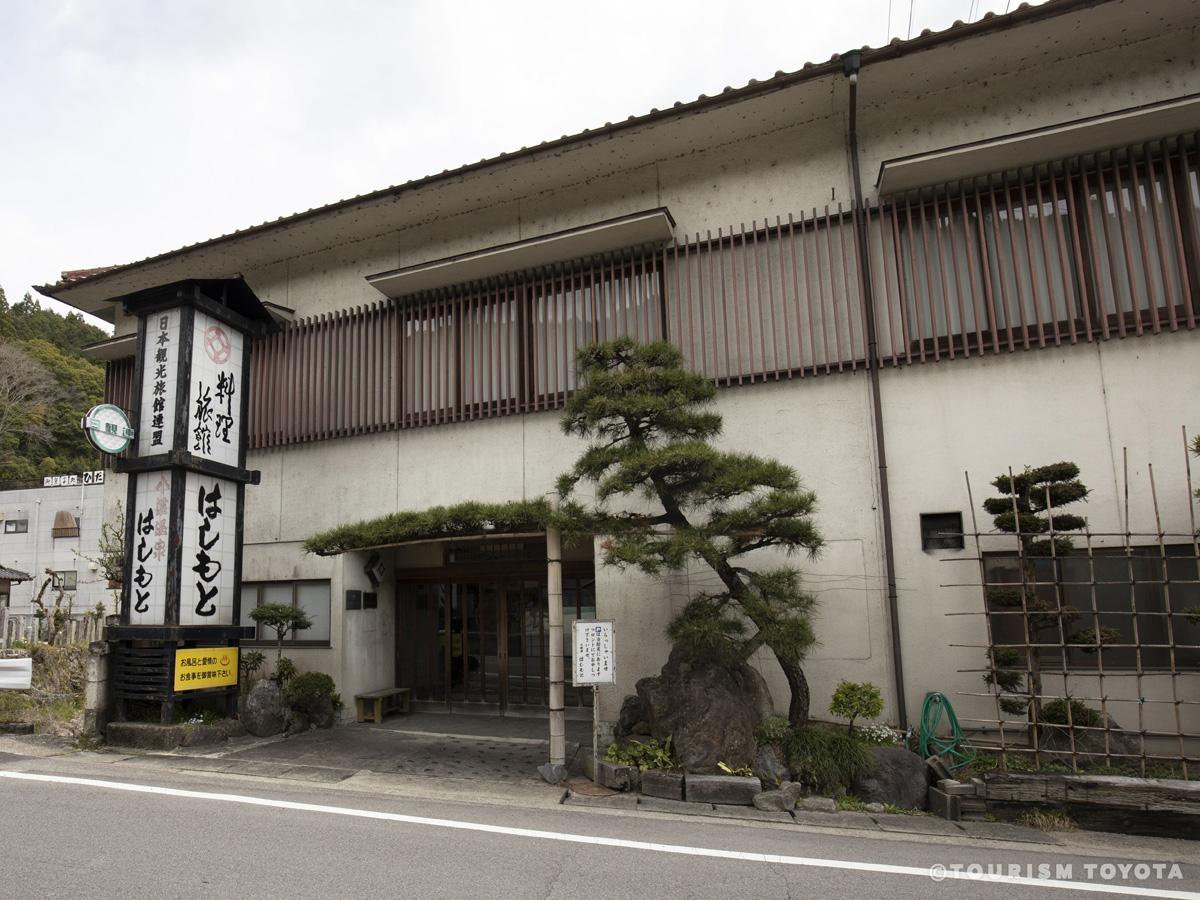
Odo Onsen Resort
Asahi-Area
Odo Onsen Hot Spring's main attraction is the radon bath. It can help ease rheumatism, ne…
-
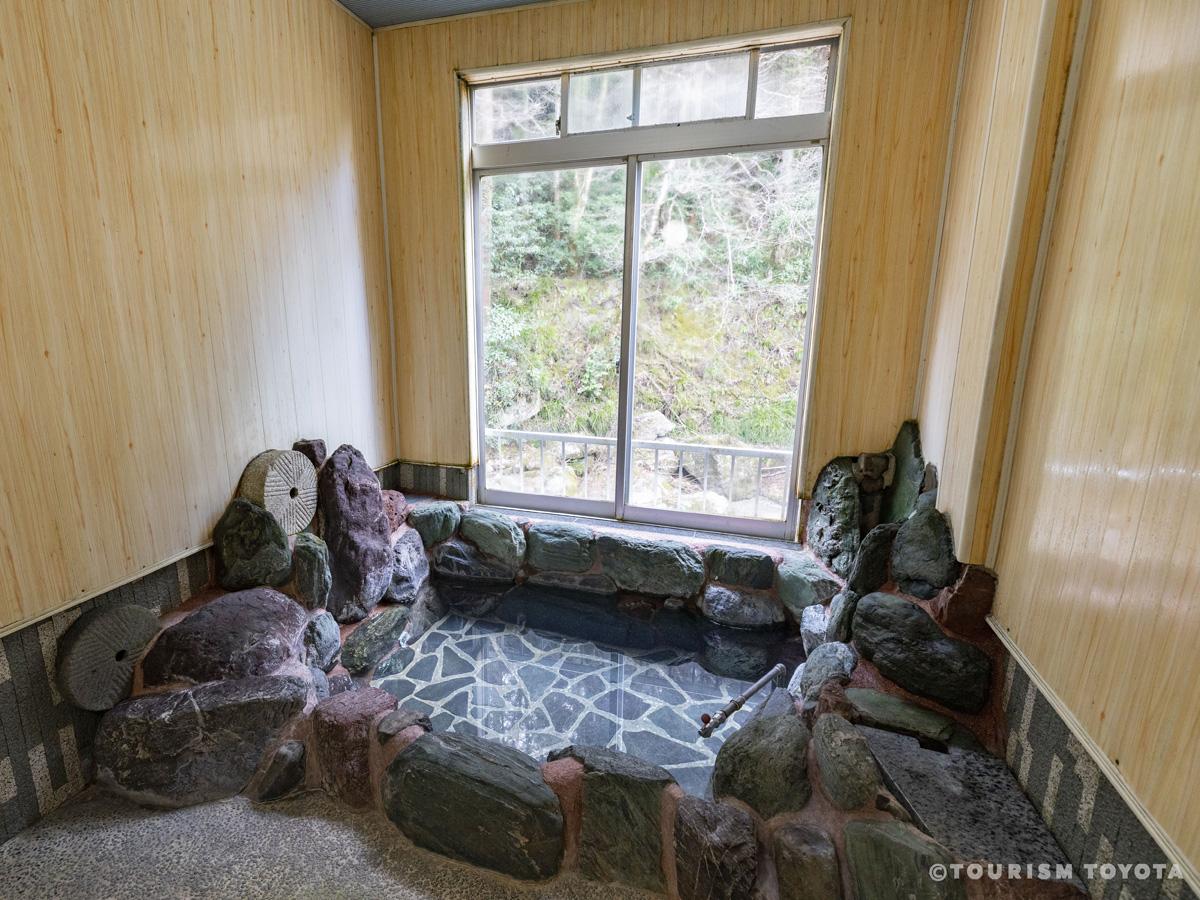
Sakakino Onsen Resort
Asahi-Area
Along with Odo Onsen Hot Spring and Sasado Onsen Hot Spring, Sakakino Onsen Hot Spring is…
-
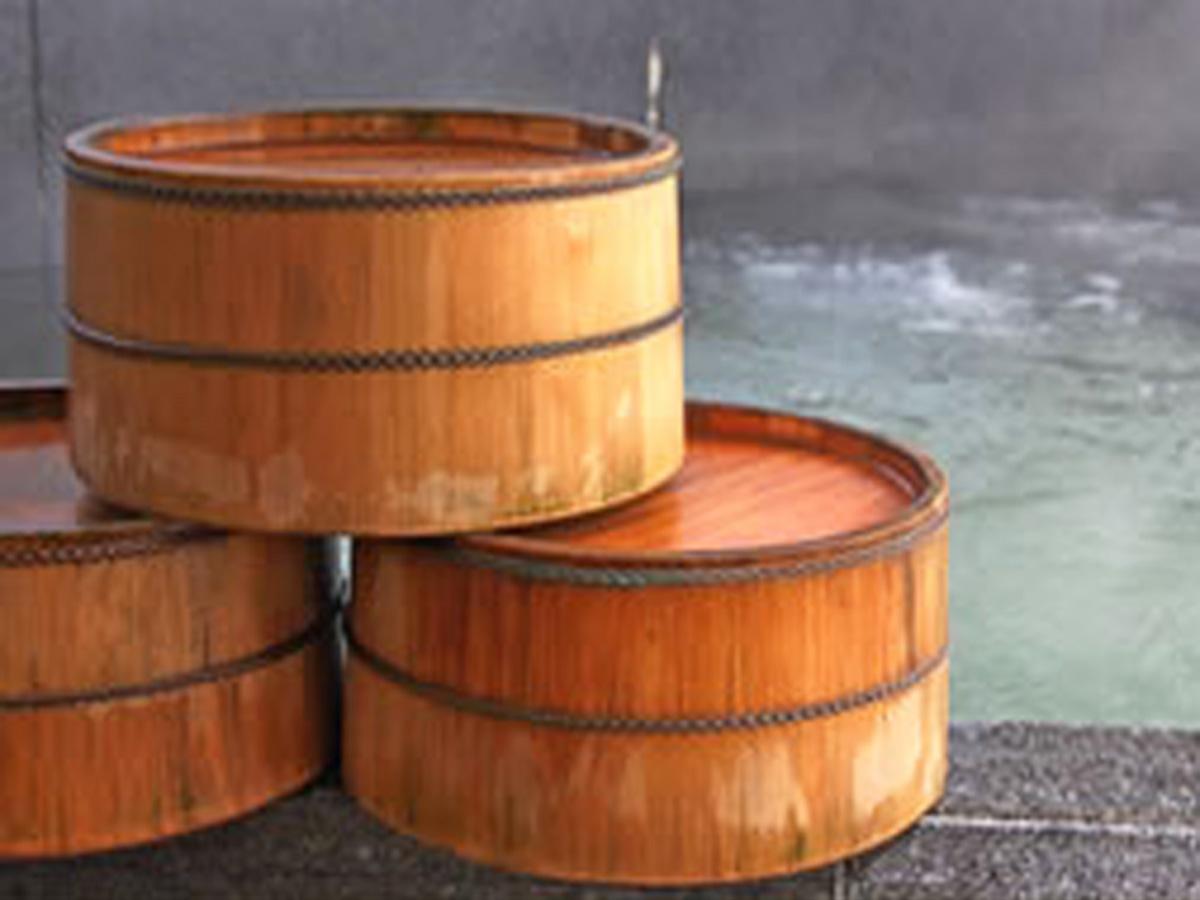
Sasado Onsen Resort
Asahi-Area
Discovered in the Muromachi Period over 600 years ago, Sasado Onsen Hot Spring is Aichi P…
-
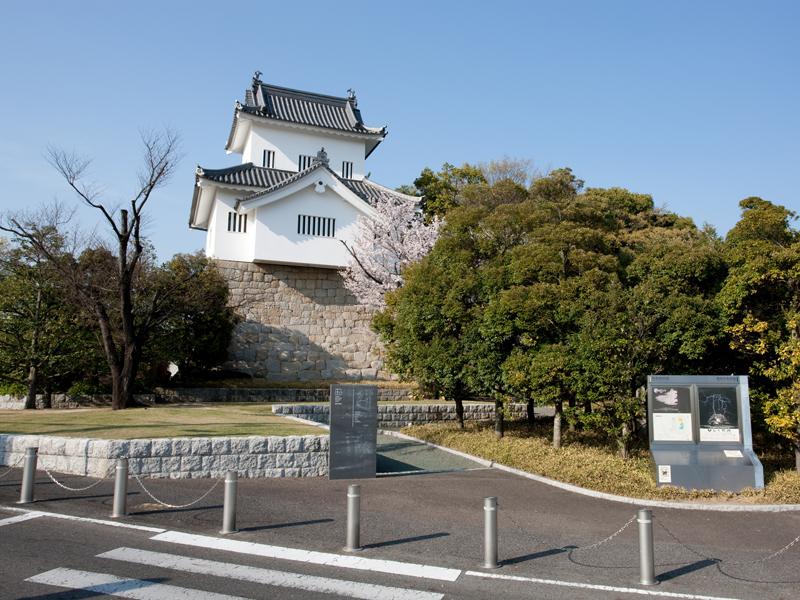
Shichishu Castle Site
Toyota-Area
-
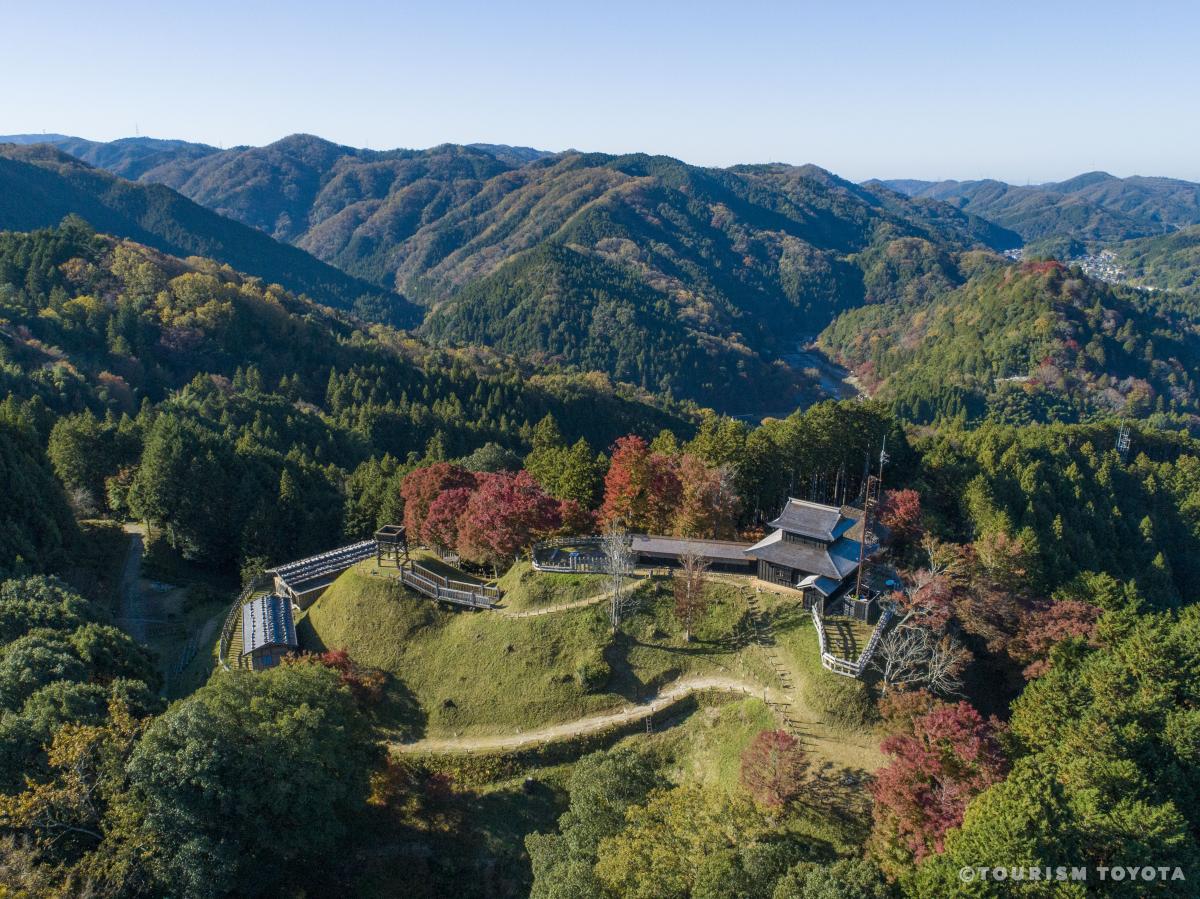
Asuke Castle
Asuke-Area
Located atop Mt. Mayumi-yama and at 301m above sea level, Asuke Castle offers a breathtak…
-
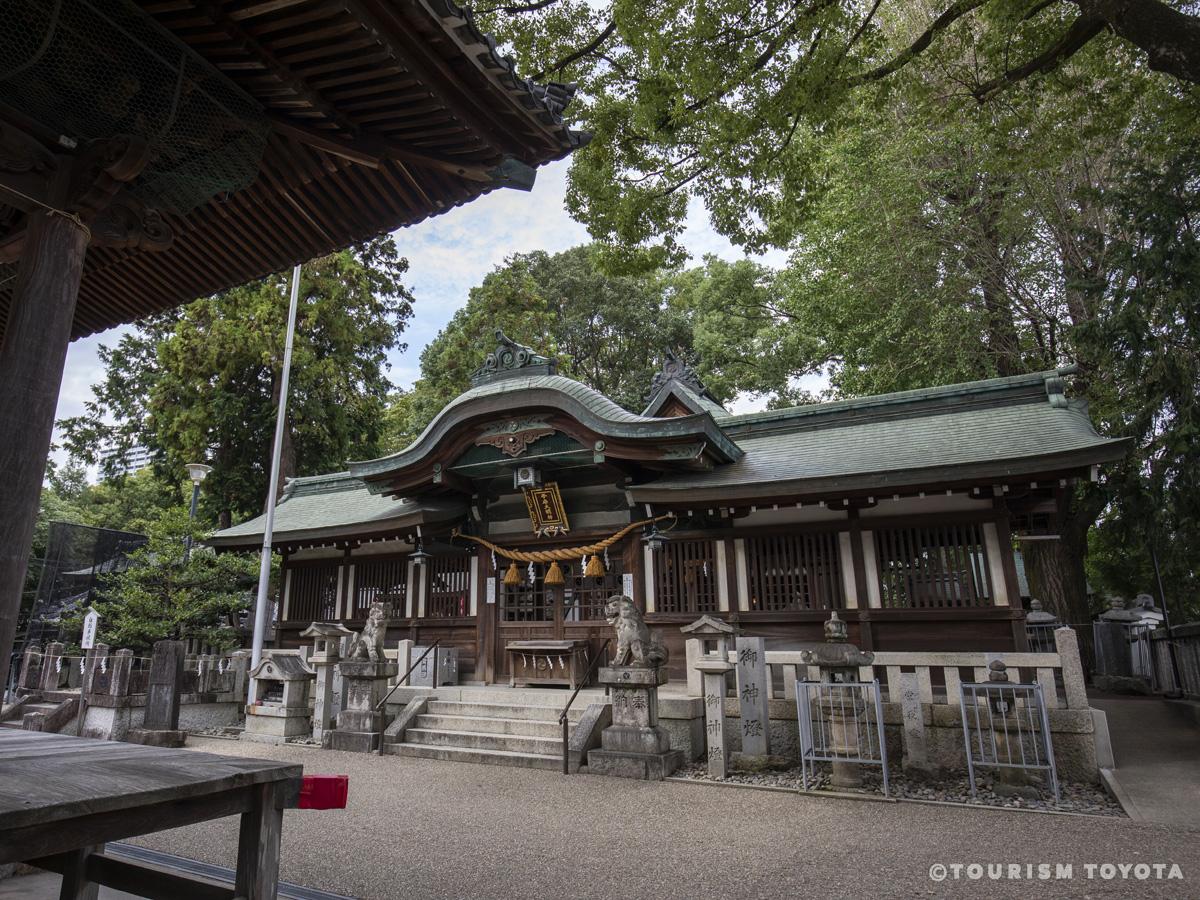
Koromo-jinja Shrine
Toyota-Area
-
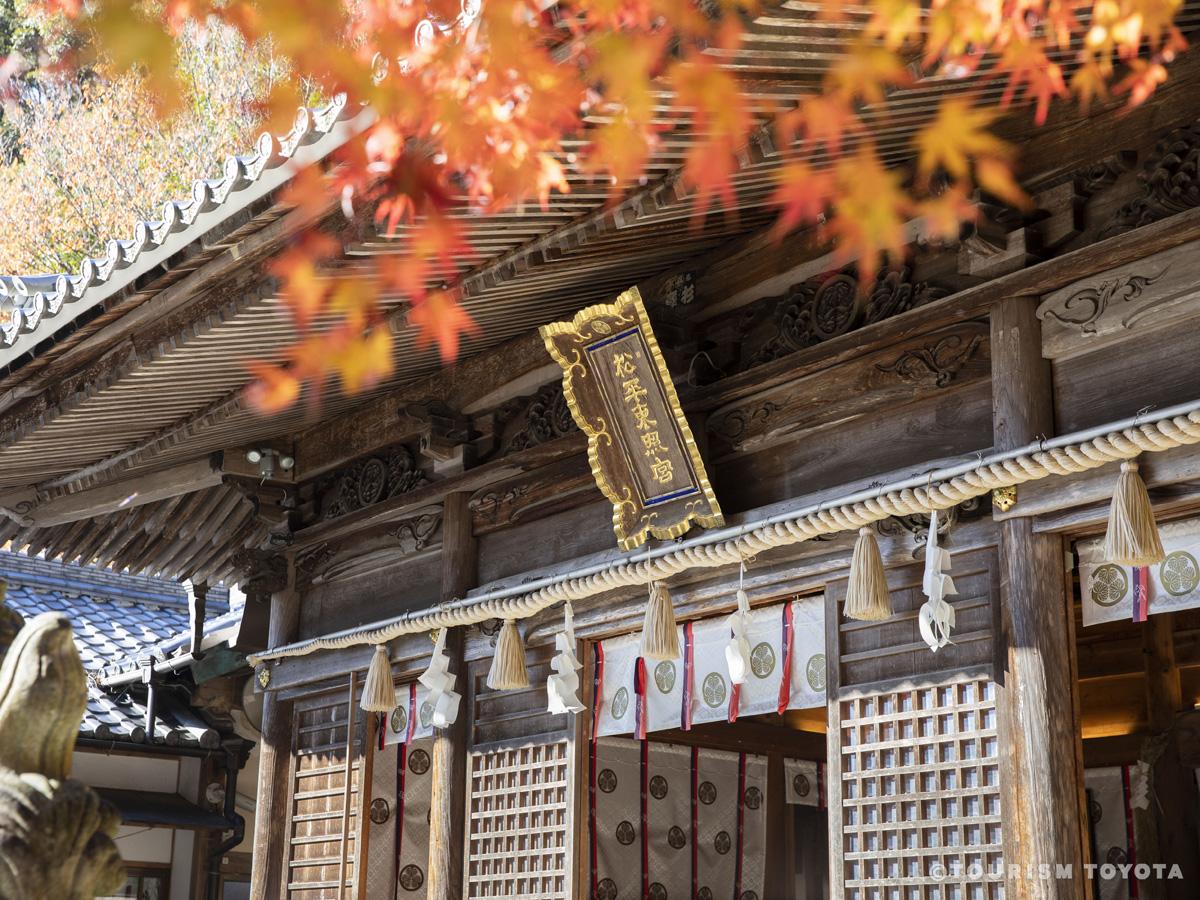
Matsudaira Toshogu Shrine
Matsudaira-Area
-
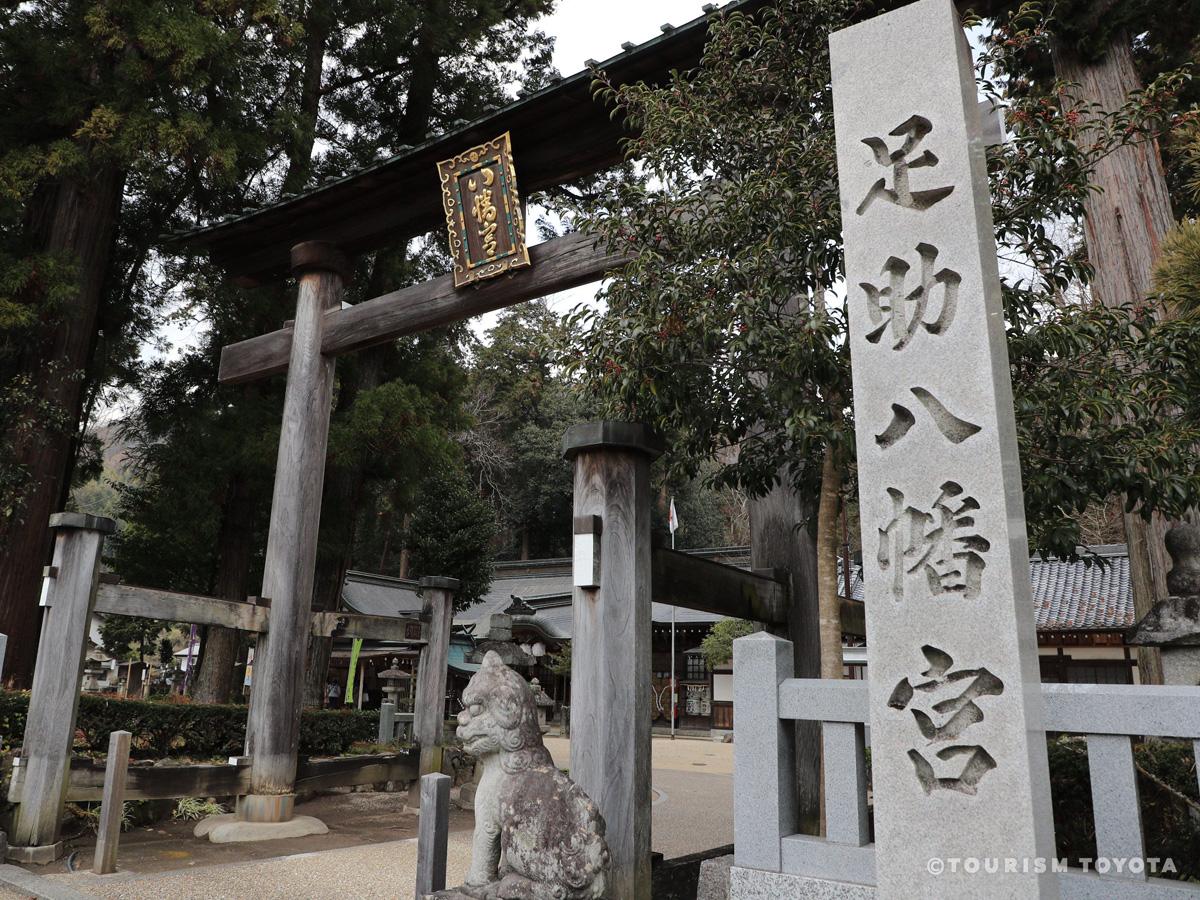
Asuke Hachimangu Shrine
Asuke-Area
It is said that the Asuke Hachimangu Shrine answers the prayers of people for healthier f…
-
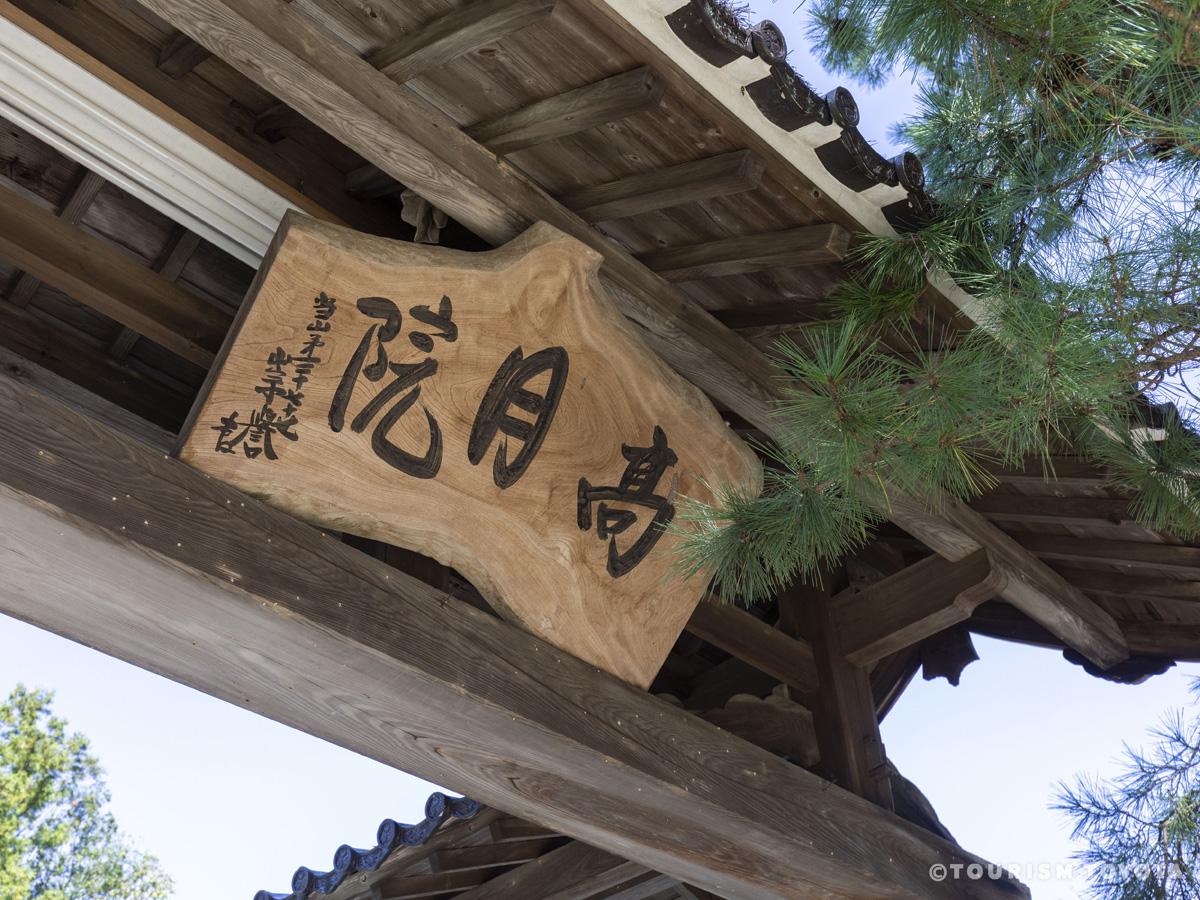
Kogetsuin Temple
Matsudaira-Area
-
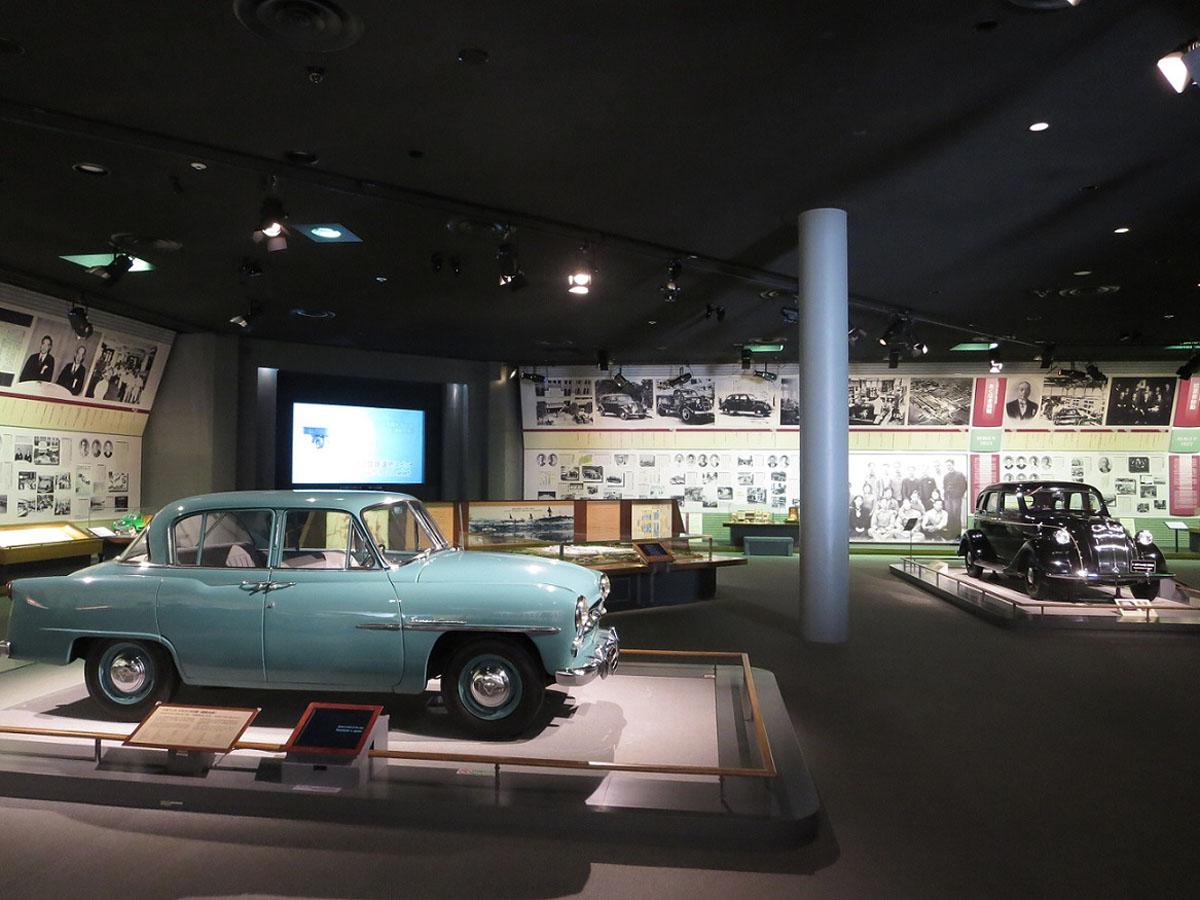
Toyota Kuragaike Commemorative Hall
Toyota-Area
-
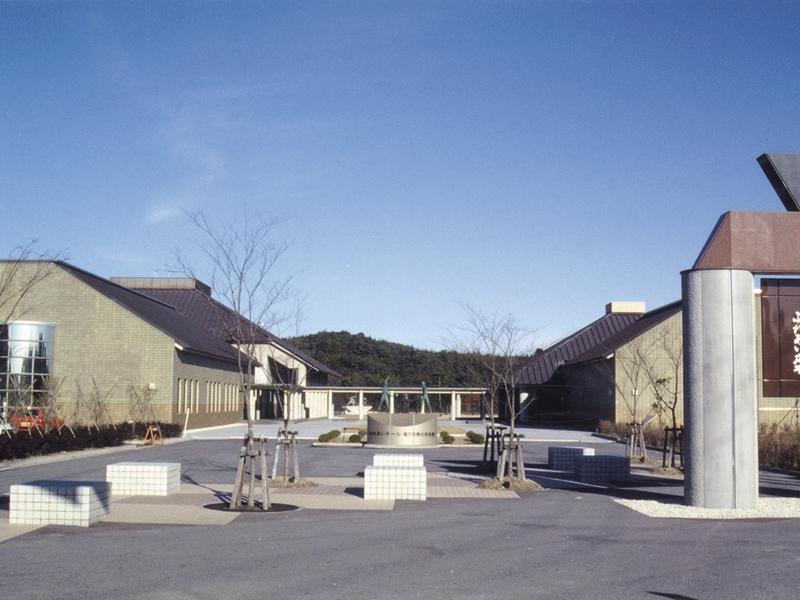
Toyota Bo-no-Te Kaikan Museum
Toyota-Area
An intangible folk cultural property designated by the prefecture, the bonote is a martia…
-
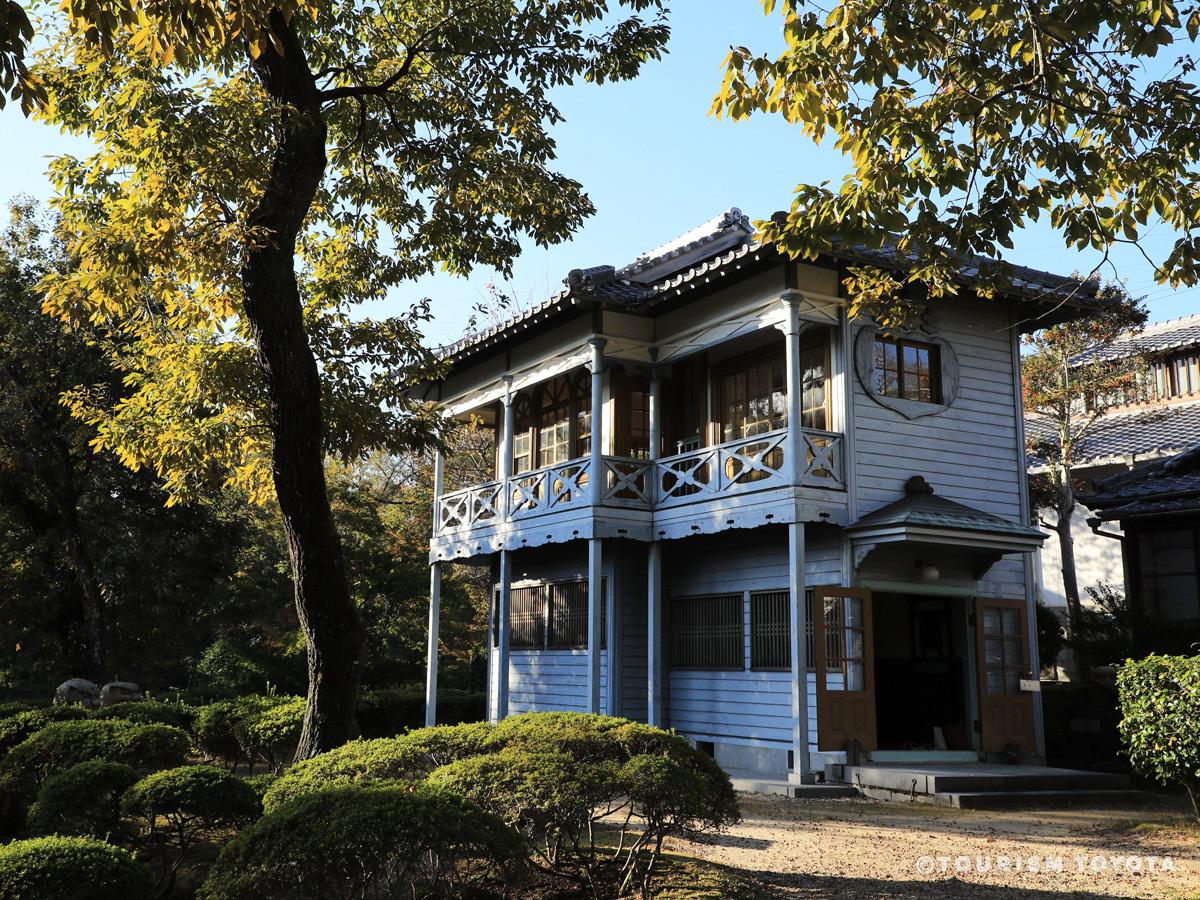
Toyota City Folk Craft Museum
Toyota-Area
Toyota City Folk Craft Museum is a facility that commemorates Shizuo Honda, a scholar of …
-
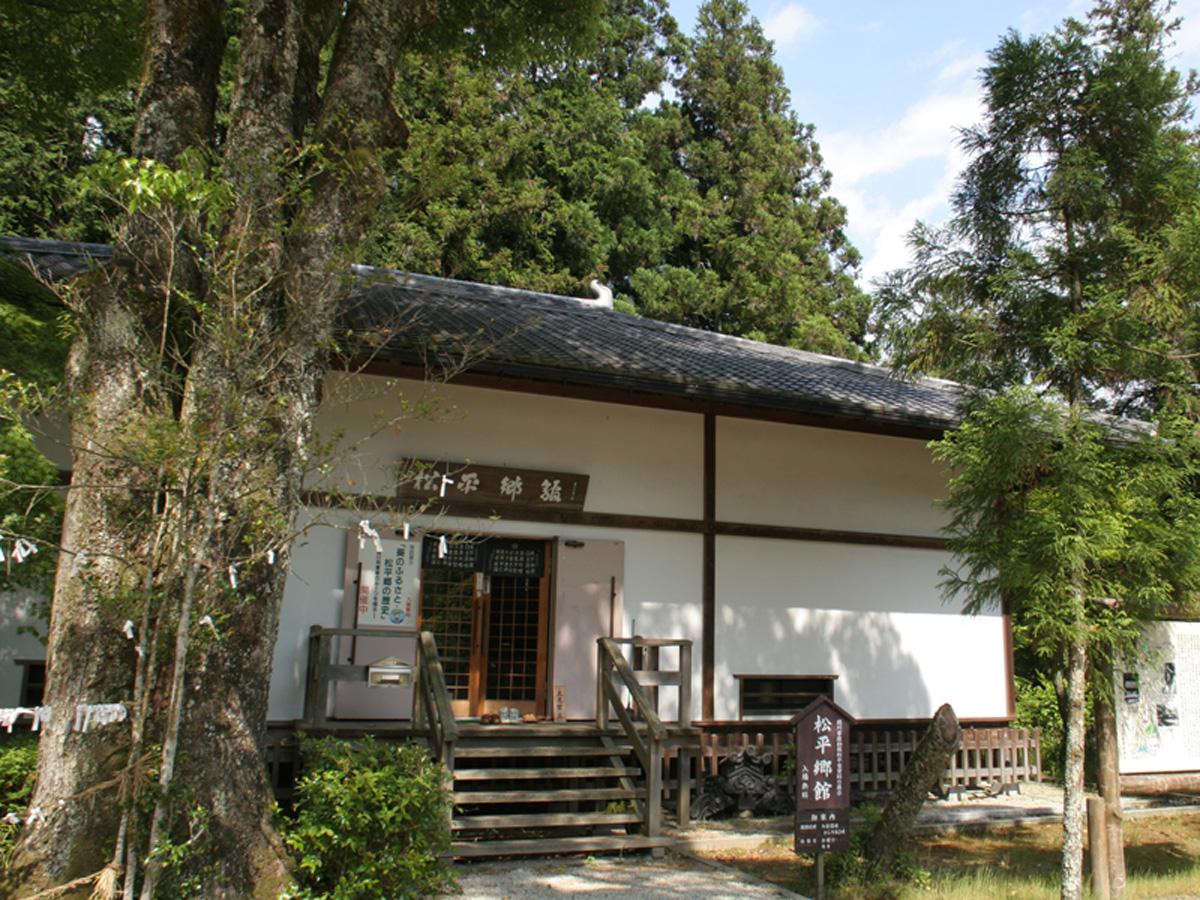
Matsudaira-go Museum of History and the Matsudaira Tarozaemon Family
Matsudaira-Area
-
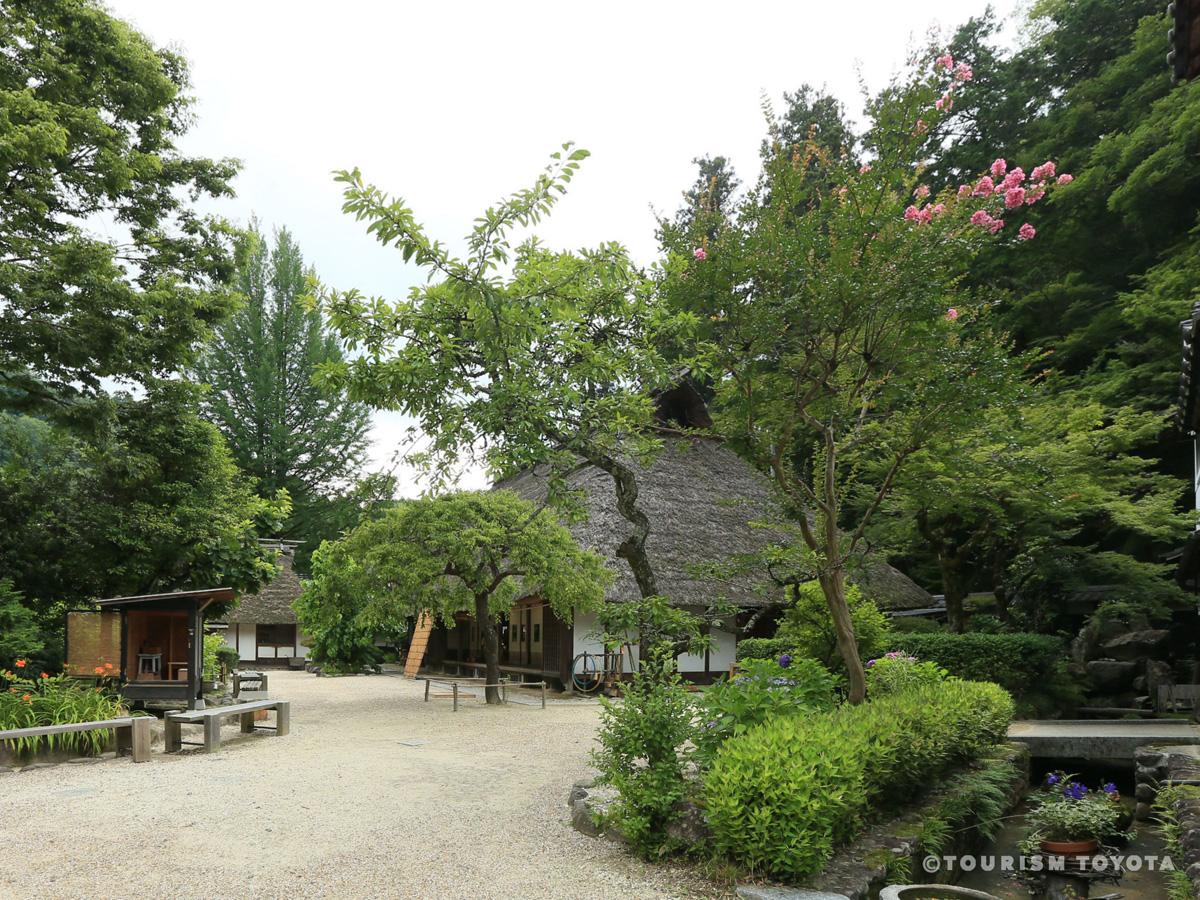
Sanshu Asuke Yashiki Museum
Asuke-Area
This living folk culture museum opened in 1980. The former villa of a wealthy farming fam…
-
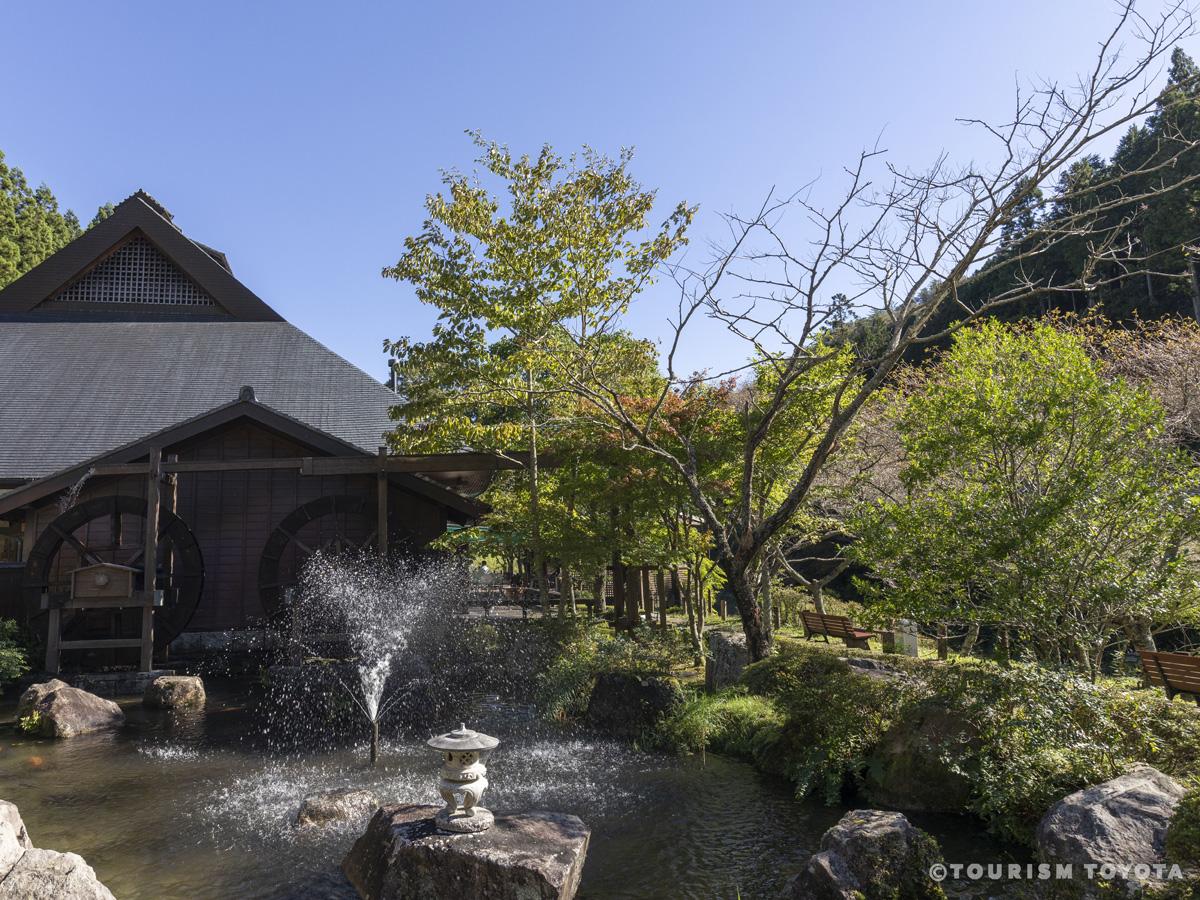
Karen no Yakata
Shimoyama-Area
On a path along the Tomoe River flowing from Lake Mikawa lies a picturesque building that…
-
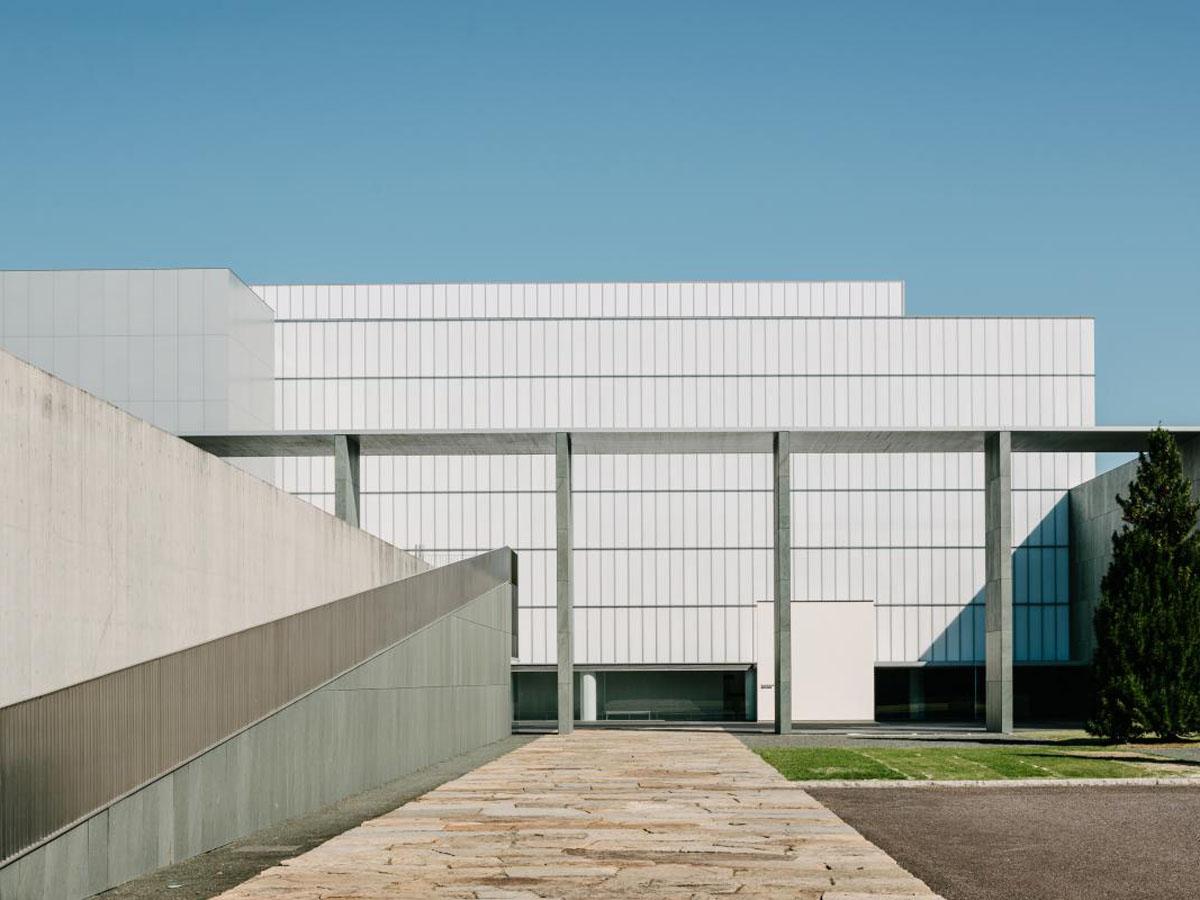
Toyota Municipal Museum of Art
Toyota-Area
-
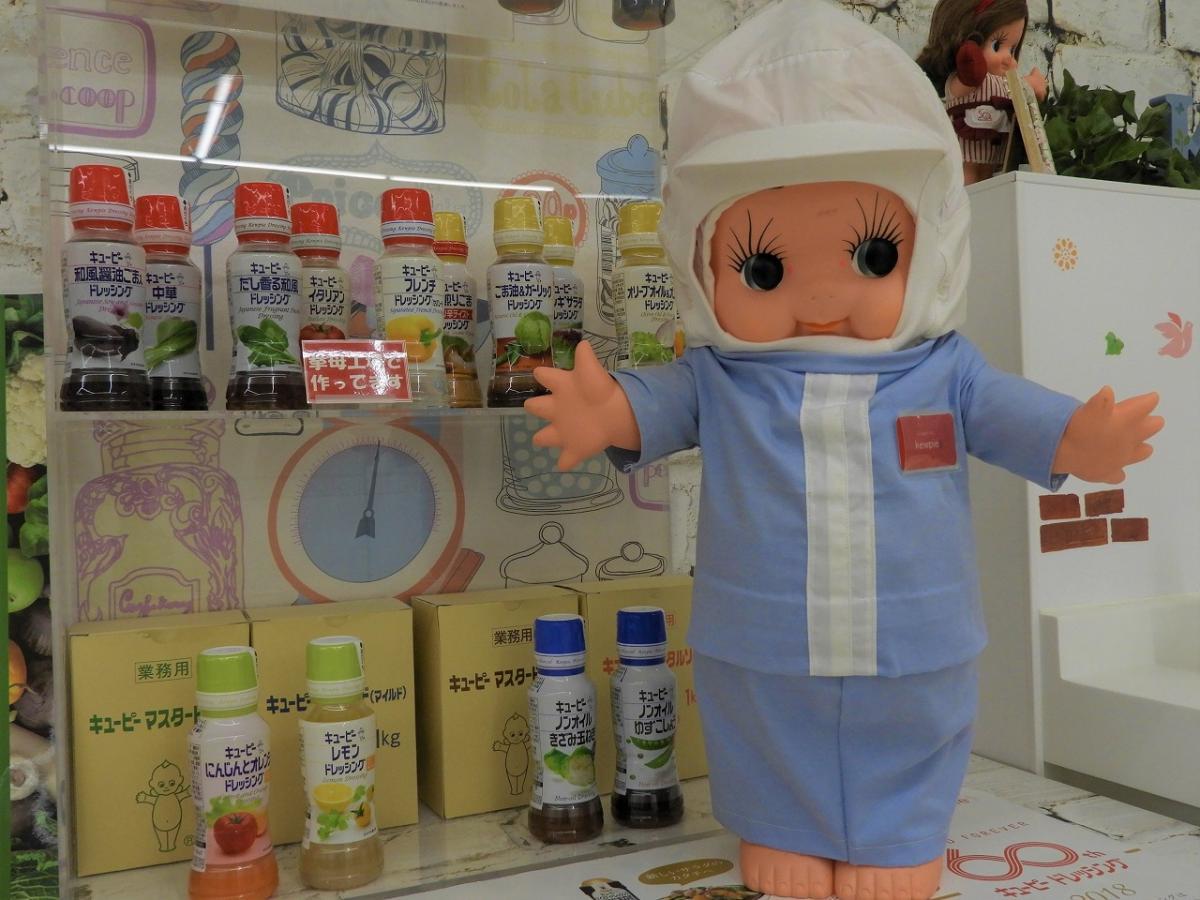
Kewpie Koromo Factory
Toyota-Area
Kewpie hosts tours of its factories to the public, styling them as a form of “open kitche…
-
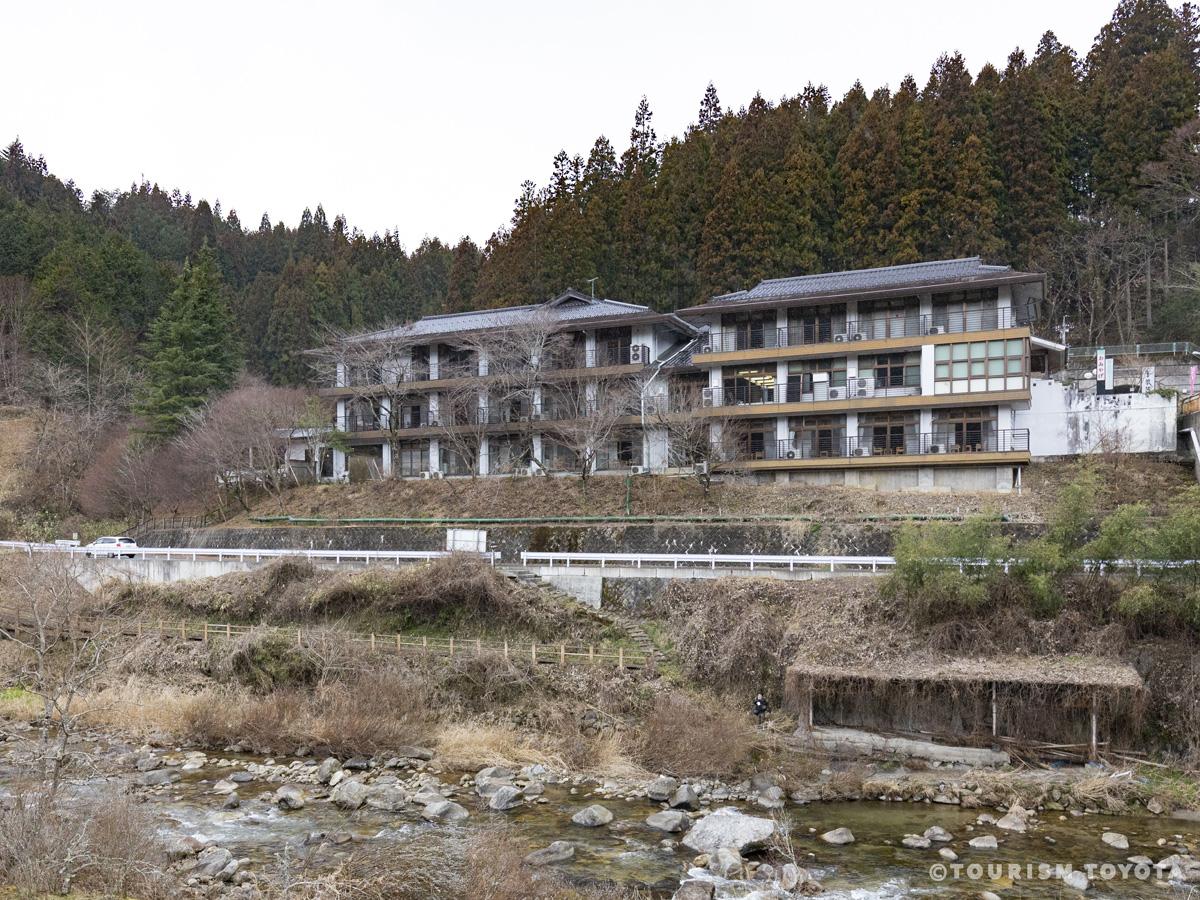
Natsuyake Onsen Resort
Inabu-Area
Nagura River runs through the center of the hot spring town. The river scenery is beautif…
-
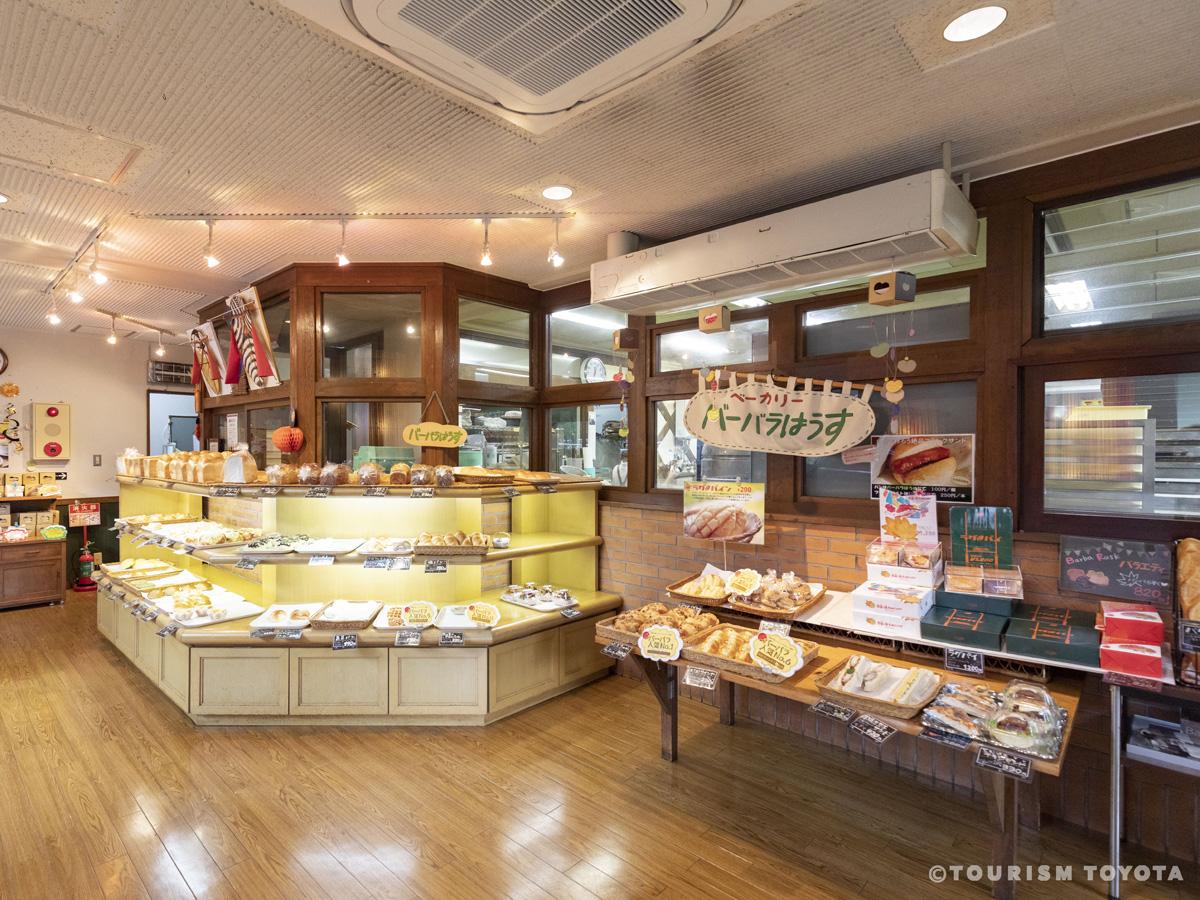
Barbara House Bakery
Asuke-Area
In the Asuke area, next to Asuke Ham ZiZi Studio, there’s a popular store that sells hand…
-
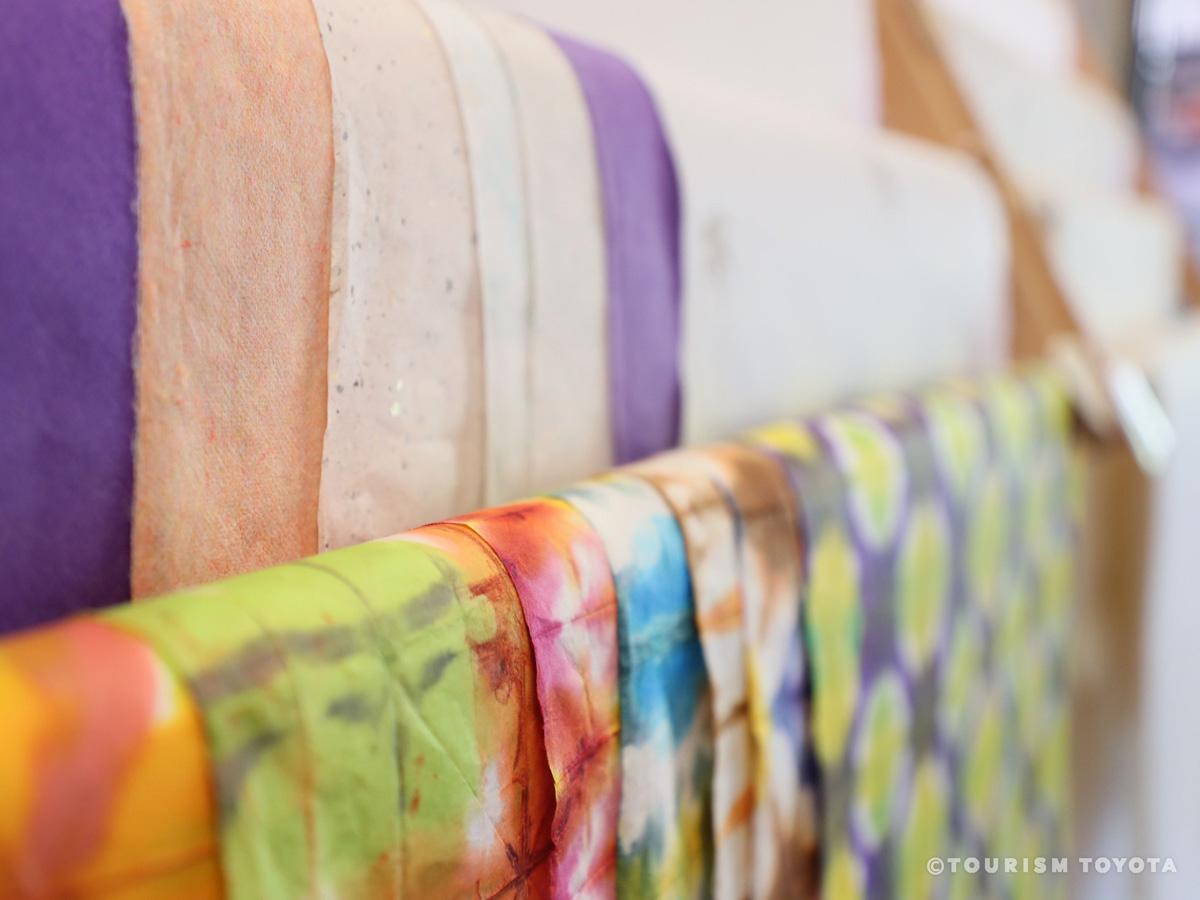
Toyotashi Obara Paper Art Museum Washi no Furusato - Art and Craft Center
Obara-Area
The Obara district is well-suited to growing the mulberry plant, so it has been known as …
-
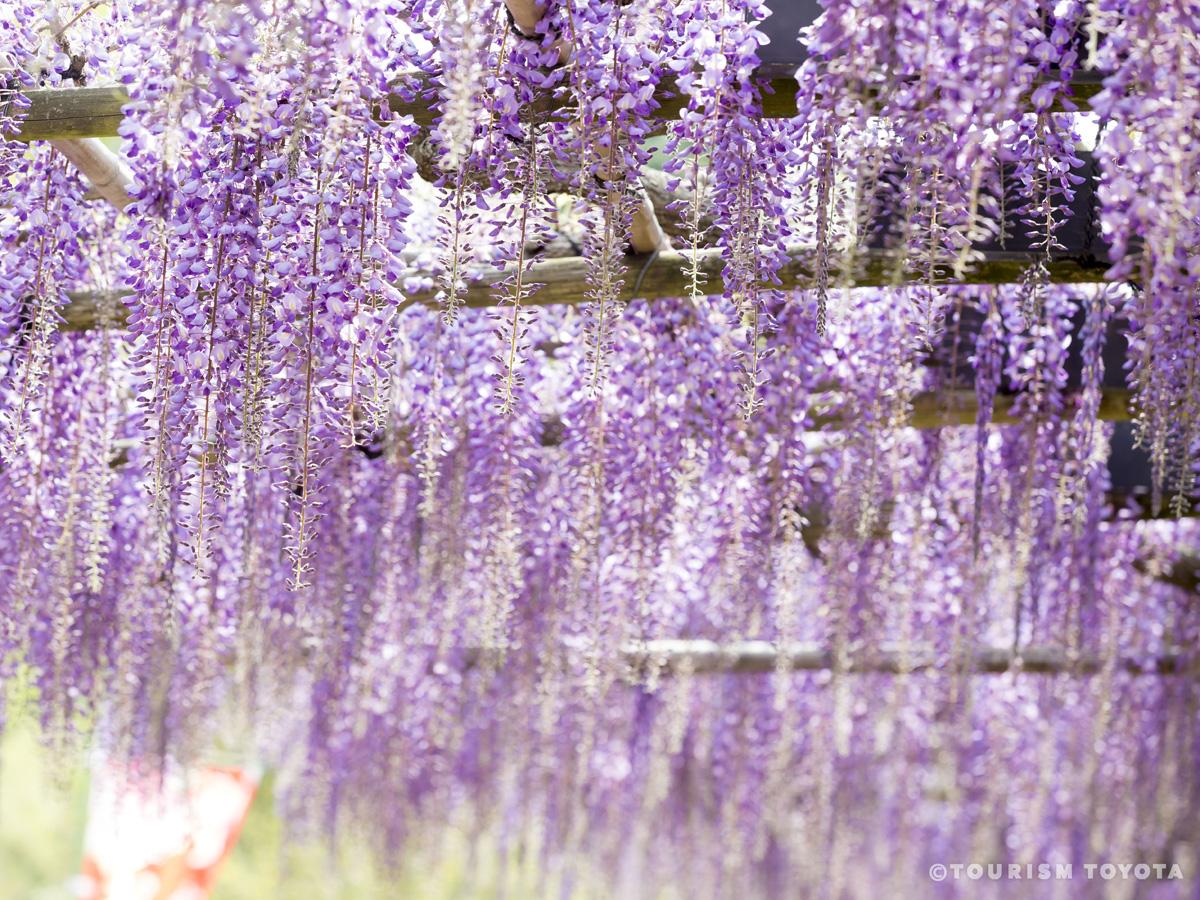
Fuji-no-Kairo Wisteria Alley
Fujioka-Area
Approximately 370 meters of walking paths lined by wisteria flowers, offering entrancing …
-
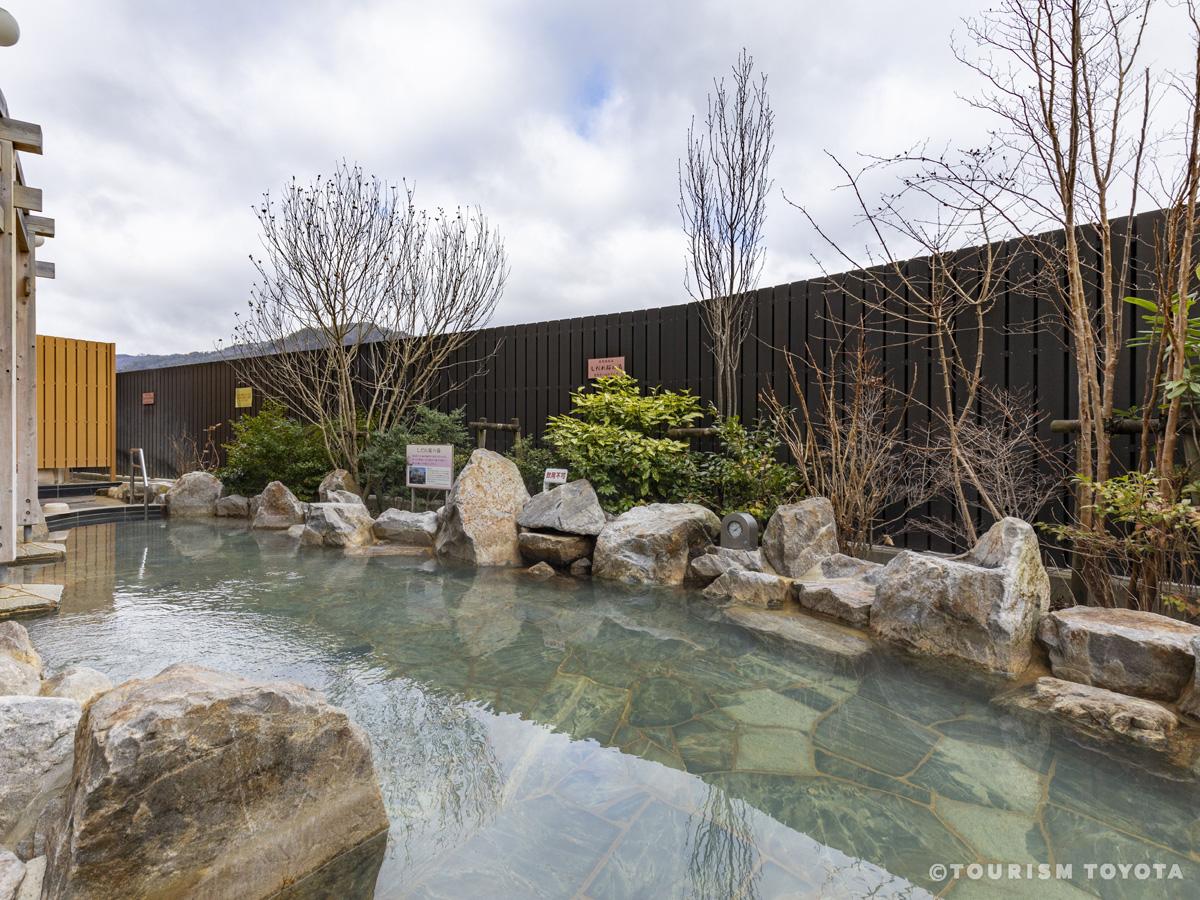
Inabu Onsen Donguri no Yu Hot Spring
Inabu-Area
Enjoy a variety of baths such as the outdoor bath surrounded by seasonal flowers and a wo…
-
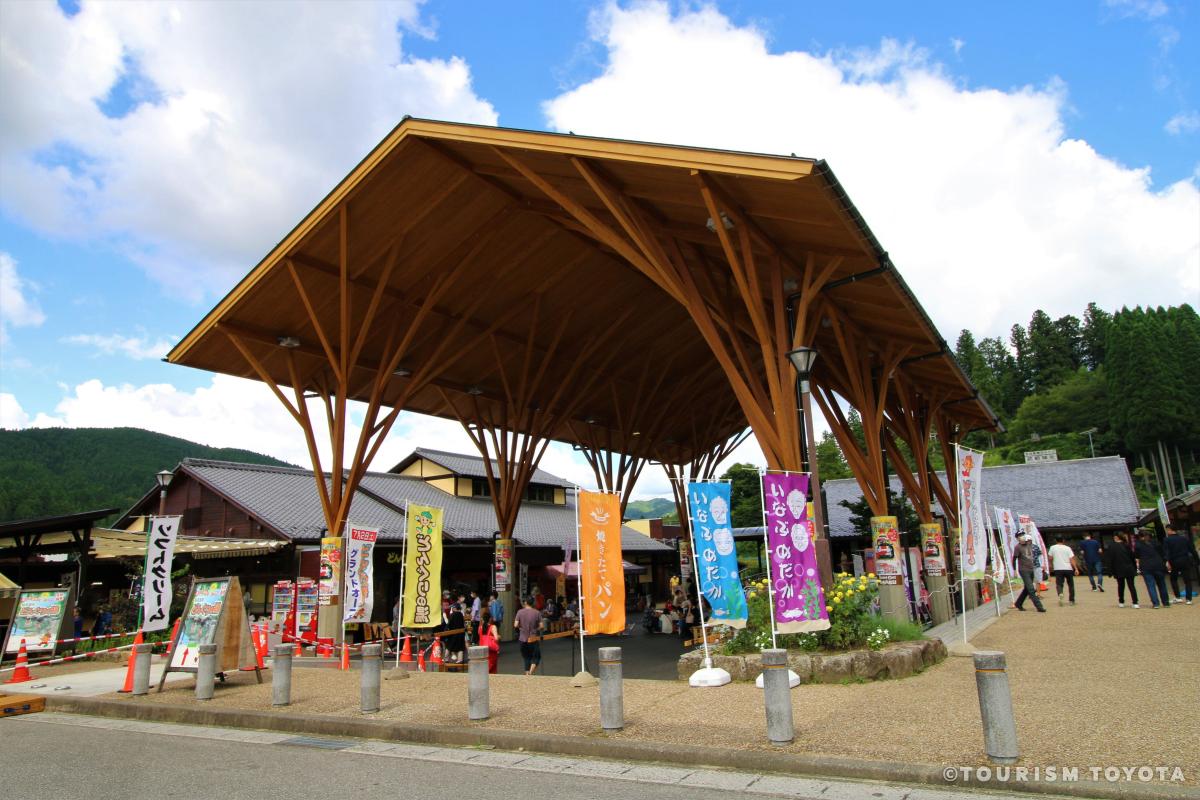
Donguri no Sato Inabu Roadside Station
Inabu-Area
Donguri no Sato Inabu Roadside Station is a shopping hub located in the Inabu Area of Toy…
-

Chunichi Paraglider
Inabu-Area
Choose from a variety of paragliding lessons including beginner lessons and pilot certifi…
-
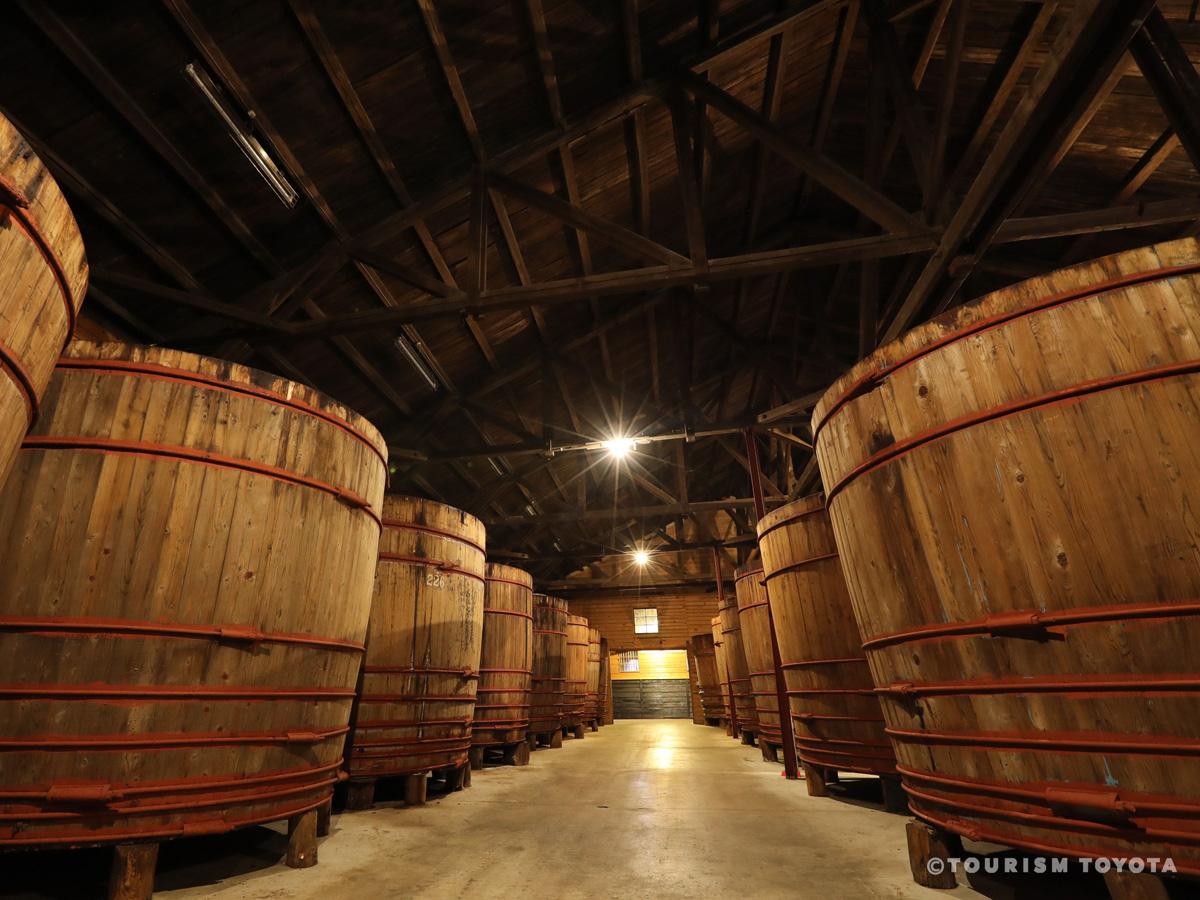
Masuzuka Miso of Noda Miso Co.
Toyota-Area
At this manufacturer of naturally fermented soybean miso, we protect the traditional meth…
-
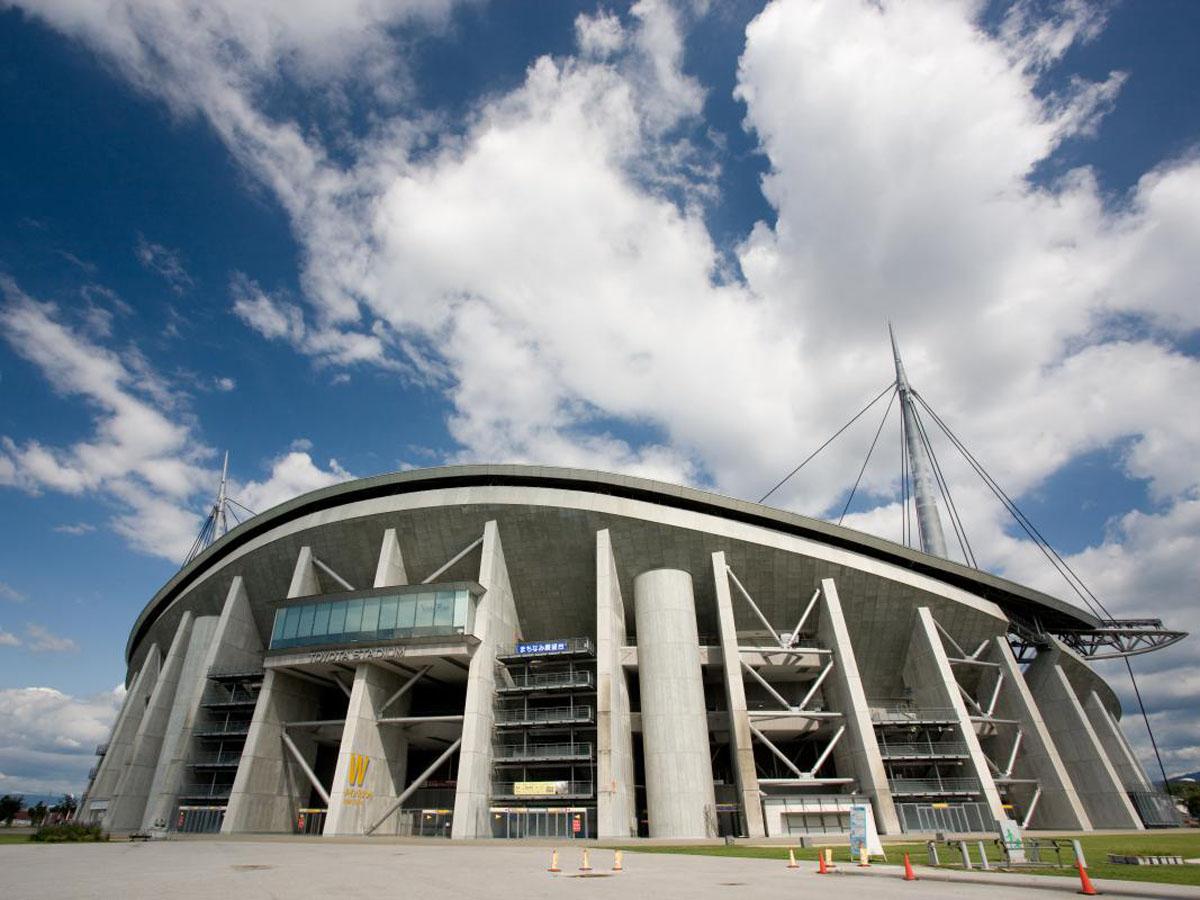
Toyota Stadium
Toyota-Area
-
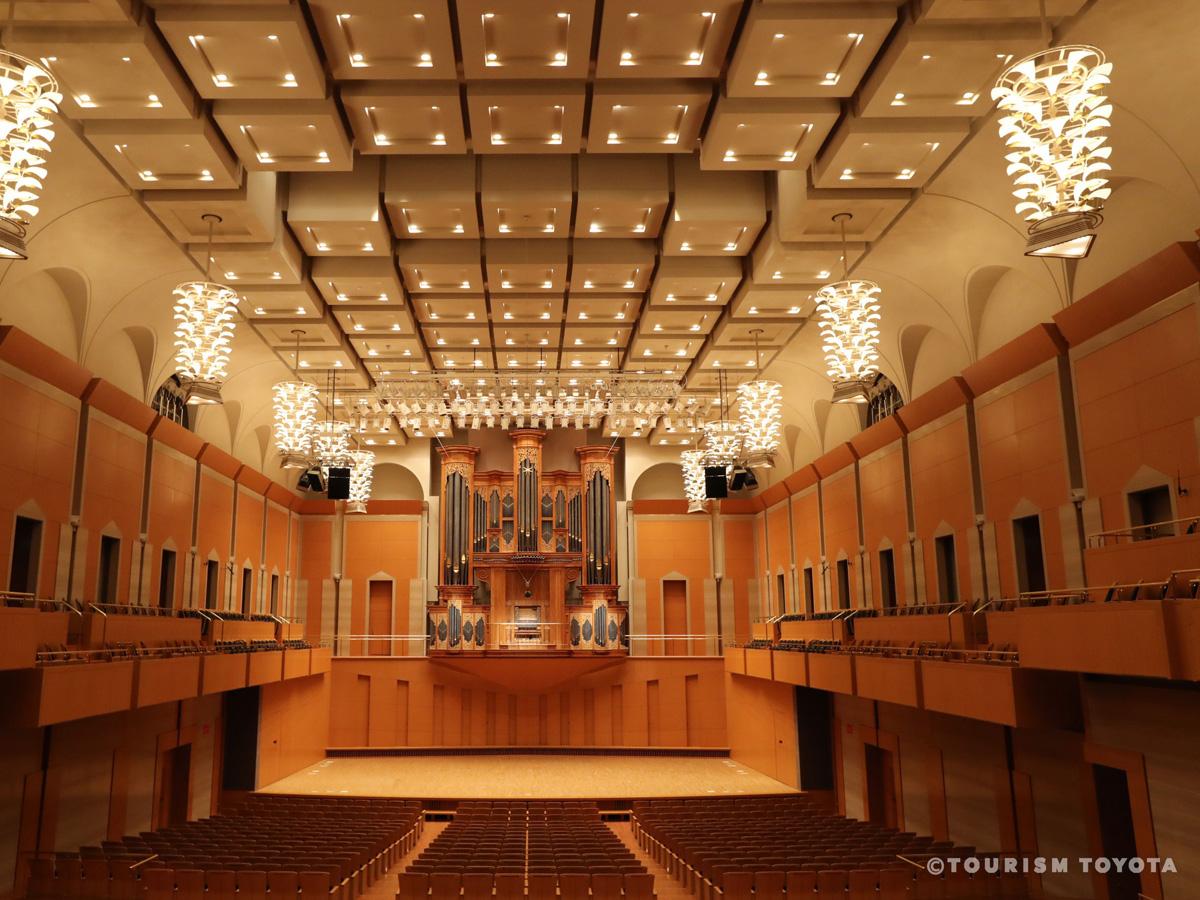
Toyota City Concert Hall
Toyota-Area
This concert hall is located in the Toyota Sangohkan, part of an urban redevelopment proj…
-
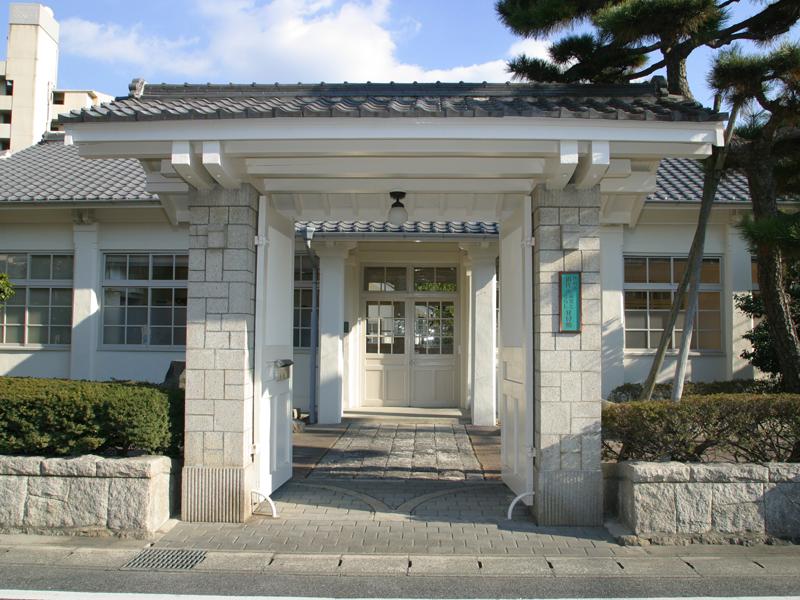
Toyota City Museum of Modern Industry and Living
Toyota-Area
Established in 2005, this museum and cultural property aims to promote culture, arts, and…
-
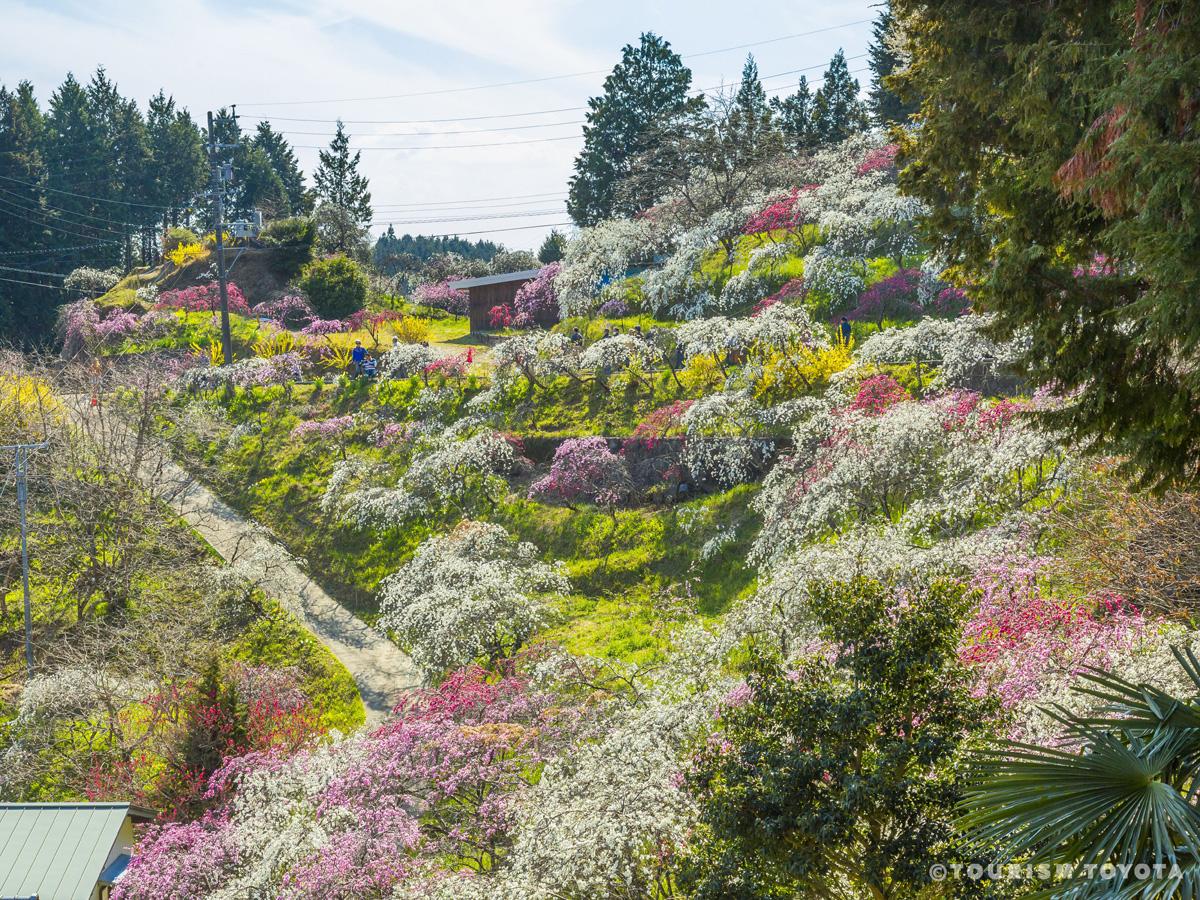
Kaminaka Weeping Peach Blossoms
Asahi-Area
-
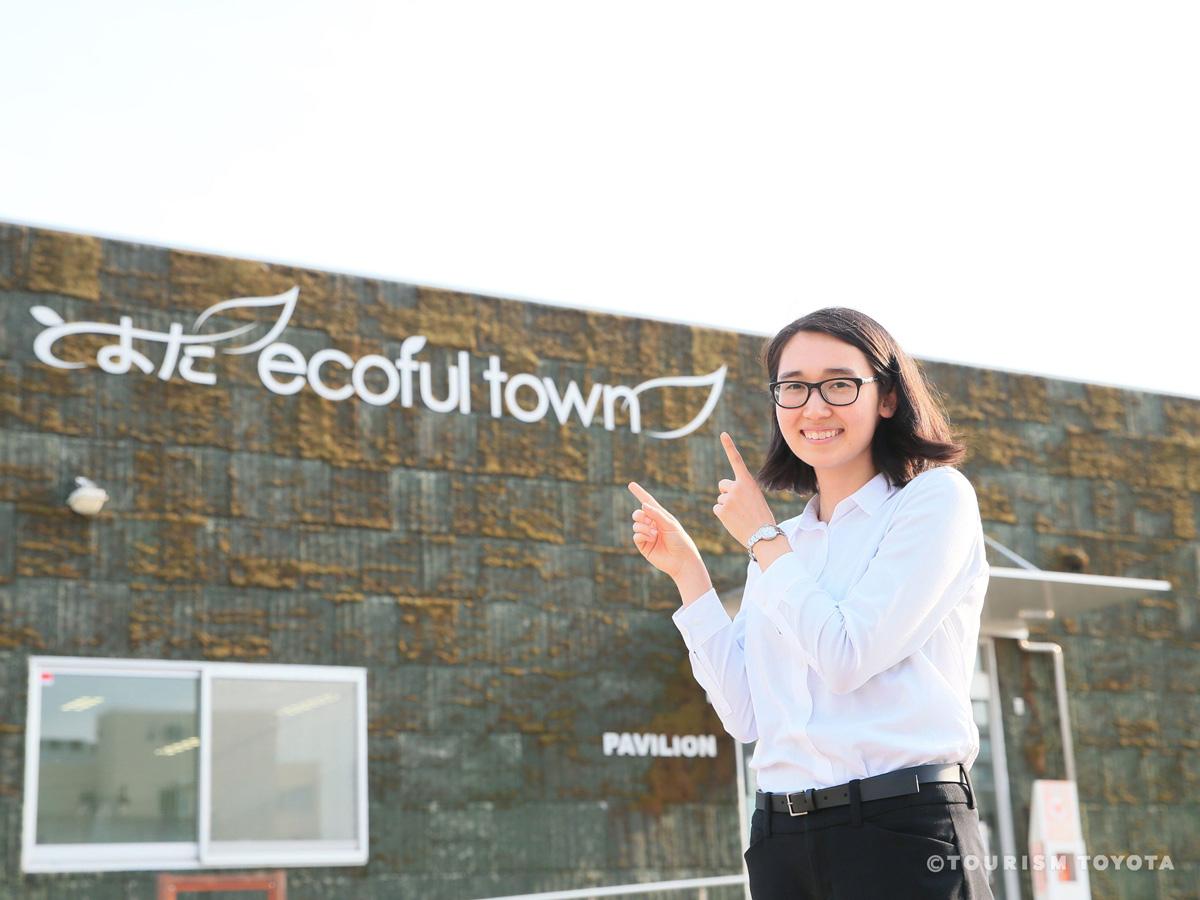
Toyota Ecoful Town
Toyota-Area
Toyota City, selected by the national government as an environmental model city, has gath…
-
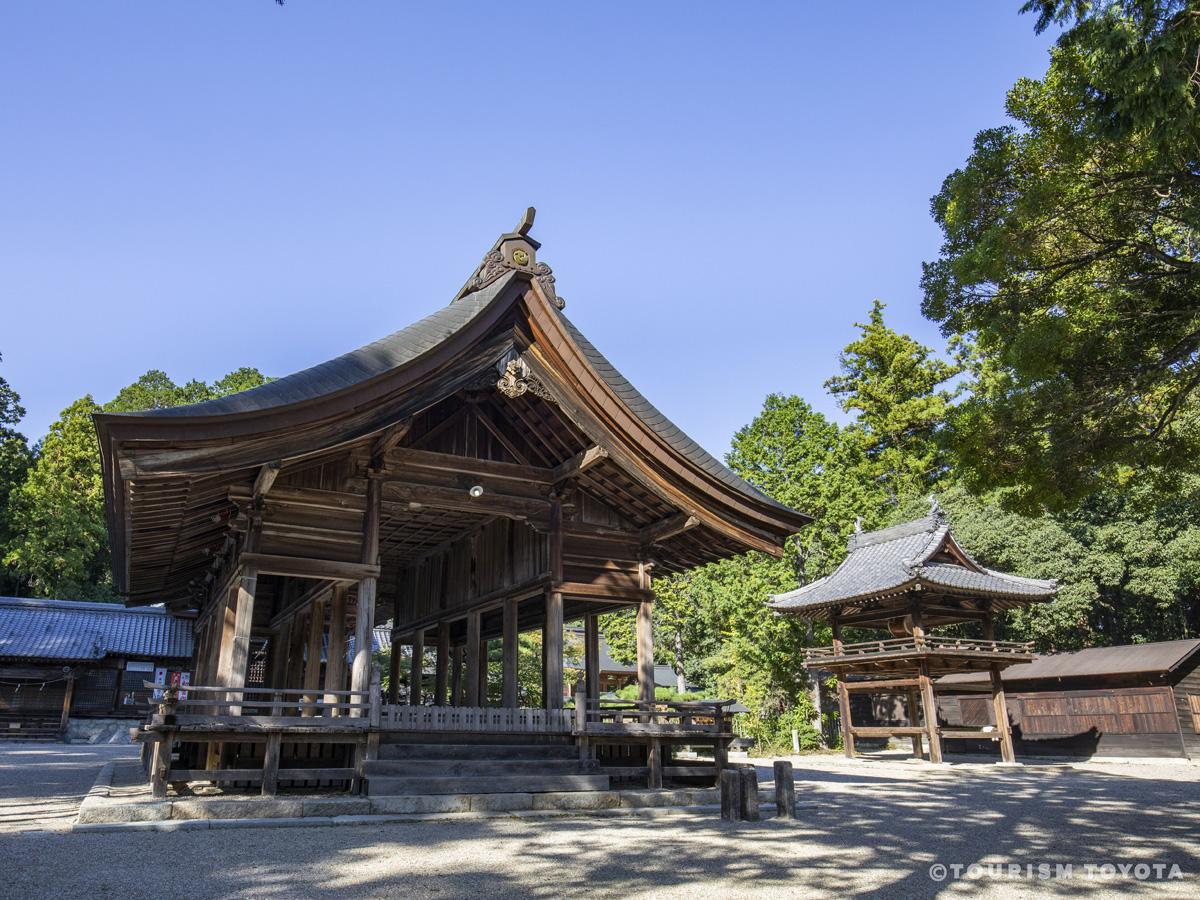
Sanage Shrine
Toyota-Area
-
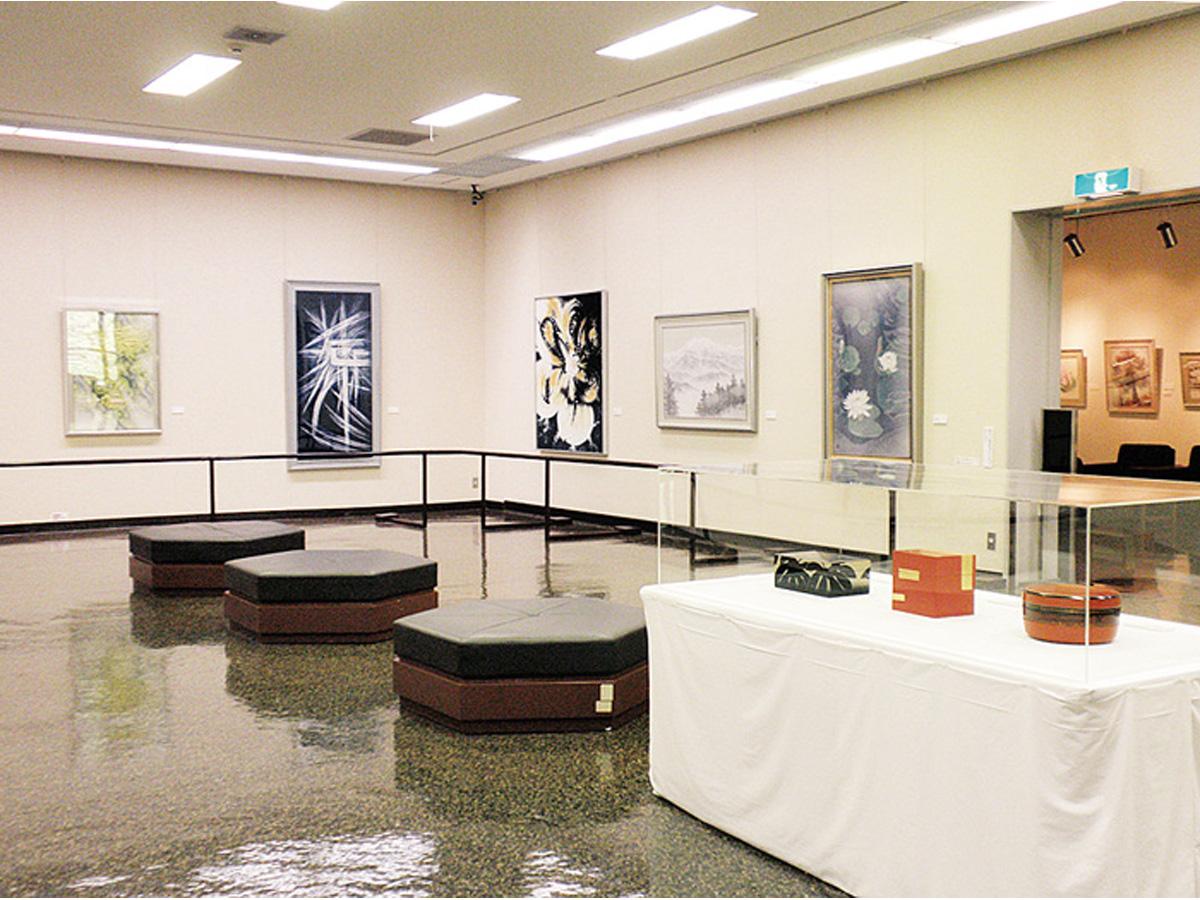
Obara Paper Art Museum Washi-no-Furusato - Washi Artwork Gallery
Obara-Area
Culture is spread through information, information is spread through communication, commu…
-
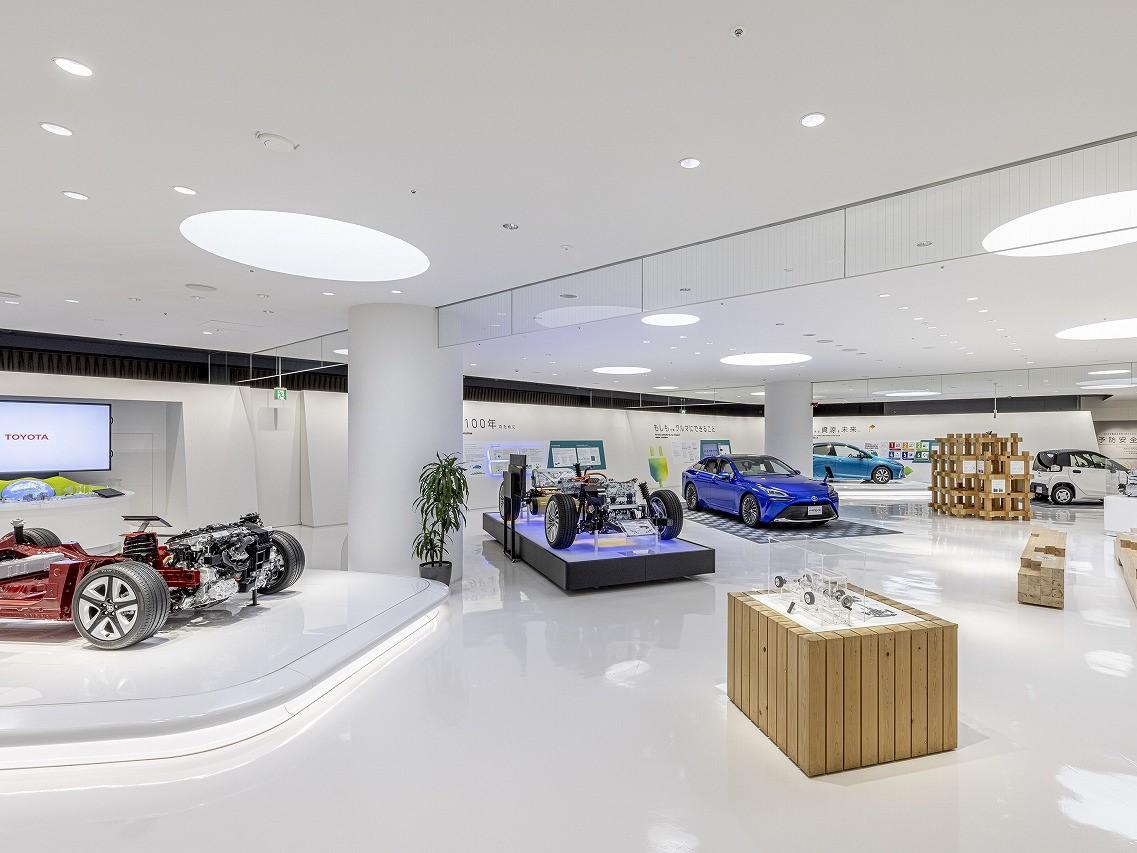
Toyota Kaikan Museum
Toyota-Area
The Toyota Kaikan Museum at the head office of Toyota Motor Corporation is one of the com…
-
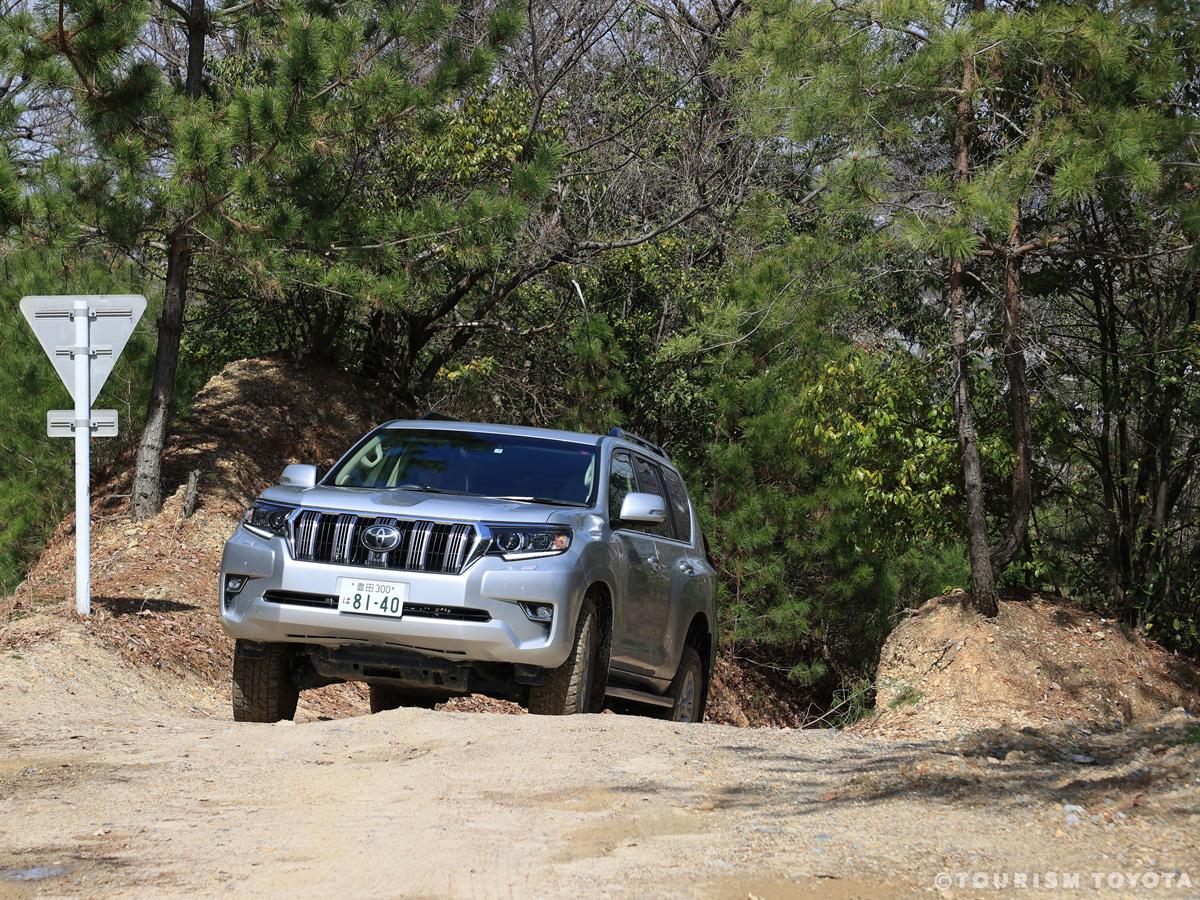
Sanage Adventure Field
Toyota-Area
Multipurpose outdoor attraction with off-road runs for four-wheel drive vehicles, barbecu…
-
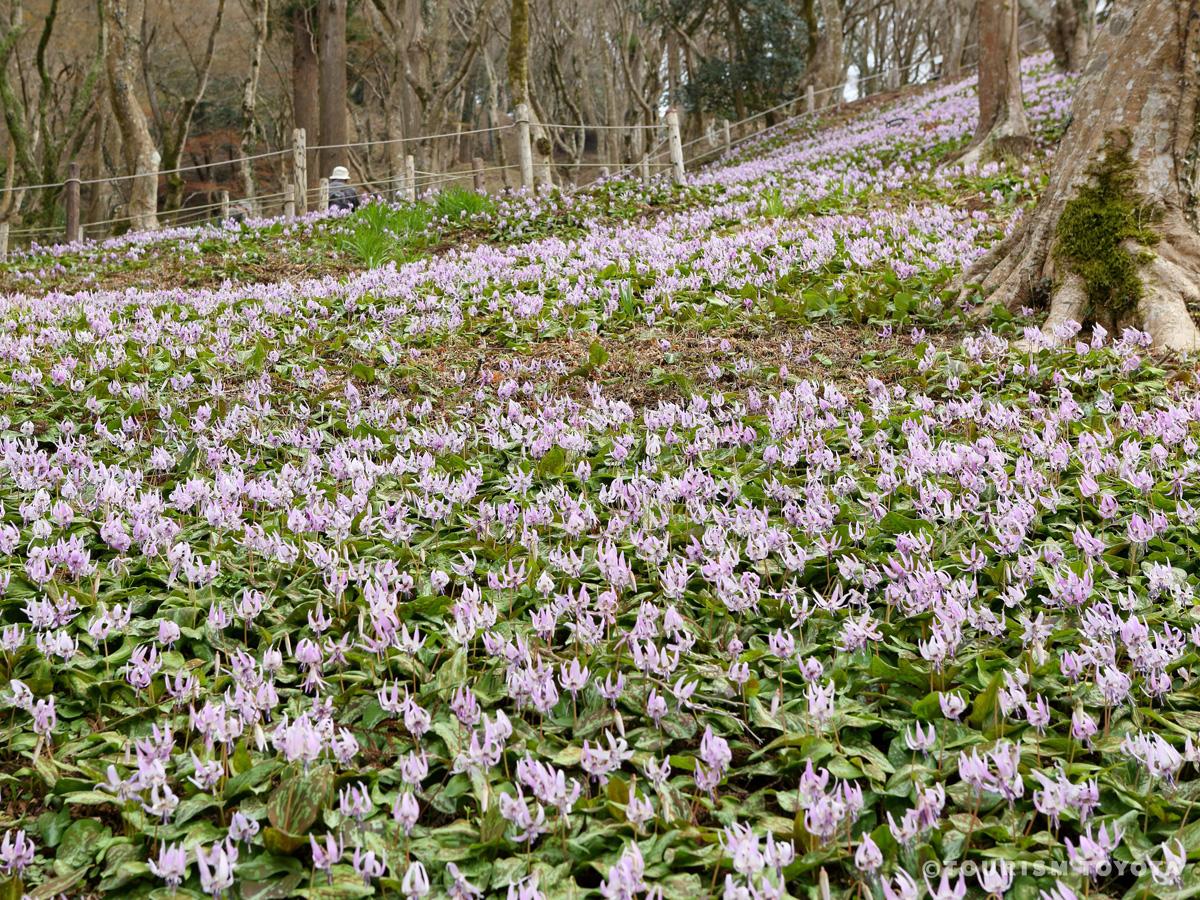
Katakuri Asian Fawnlily Colony of Asuke
Asuke-Area
The Asian Fawnlilies of Asuke are located on slopes of Mt. Iimori facing northwestwards a…
-
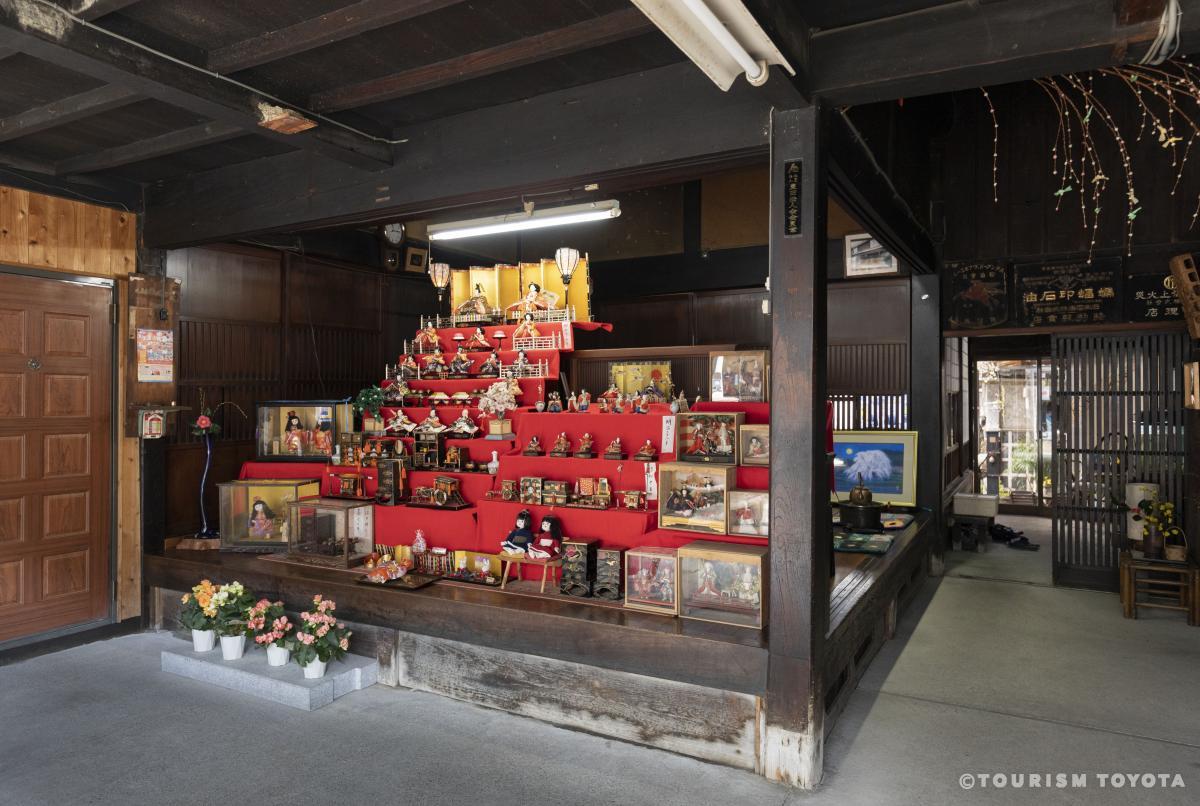
Hina Dolls of Chuma in Asuke
Asuke-Area
The homes and shops lining the old streets of Asuke decorate their foyers and interiors w…
-
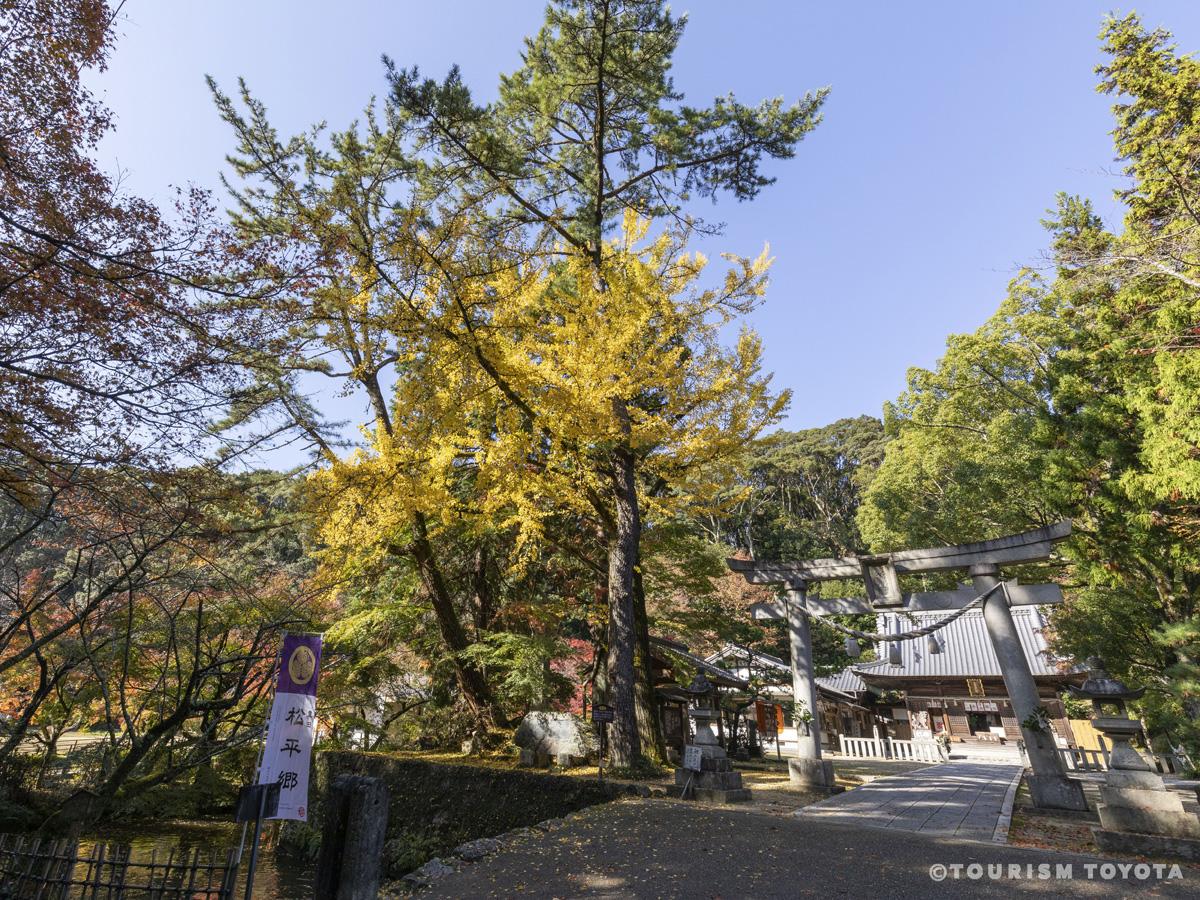
Matsudaira-Go
Matsudaira-Area
-
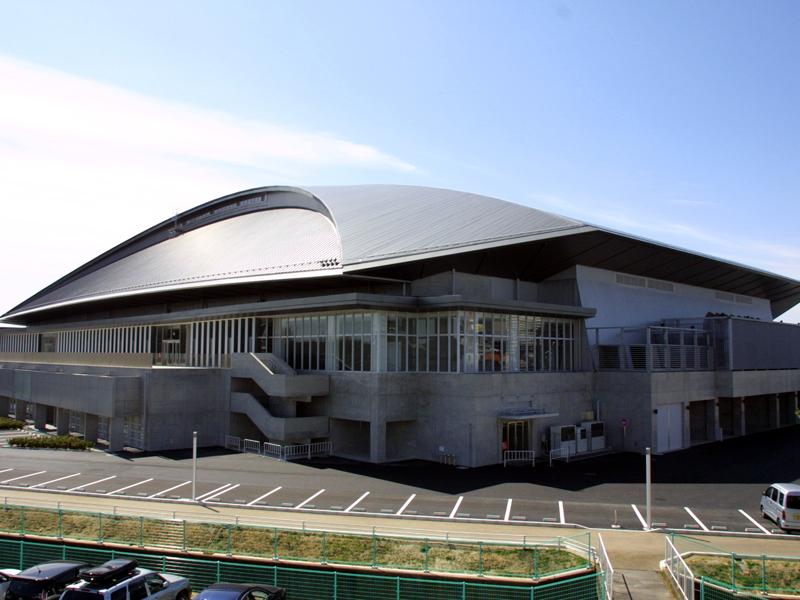
Sky Hall Toyota
Toyota-Area
Sky Hall Toyota is a base facility for indoor sports with a main hall, a sub hall and a b…
-
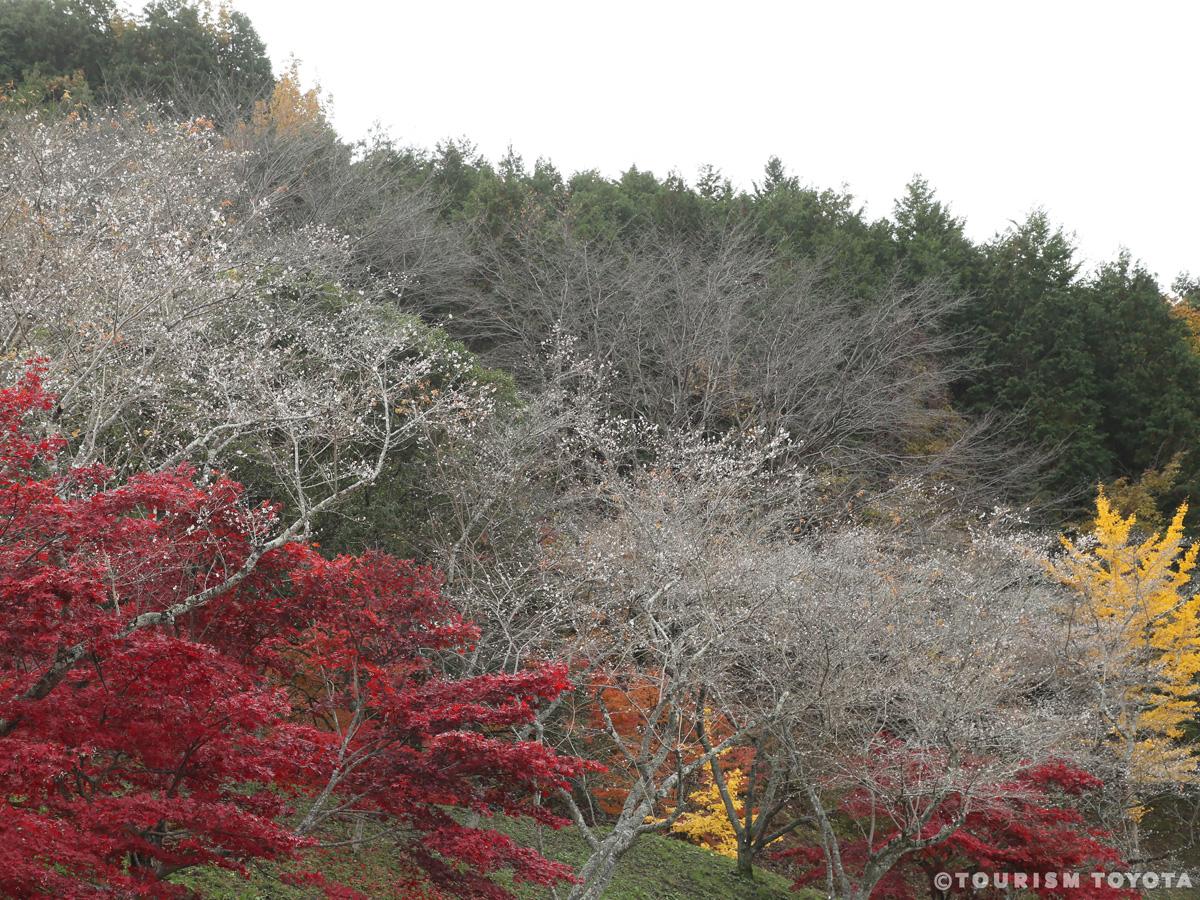
Shikizakura Four-Season Cherry Blossoms of Obara Fureai Park
Obara-Area
The Obara Fureai Park acts as a place of recreation and respite for local residents. The …
-

Kura-no-Naka Gallery Manrin Bookshop & Café
Asuke-Area
Along the Old Road of Asuke, a once busy Shio-no-Michi route - as vital backbone trading …
-
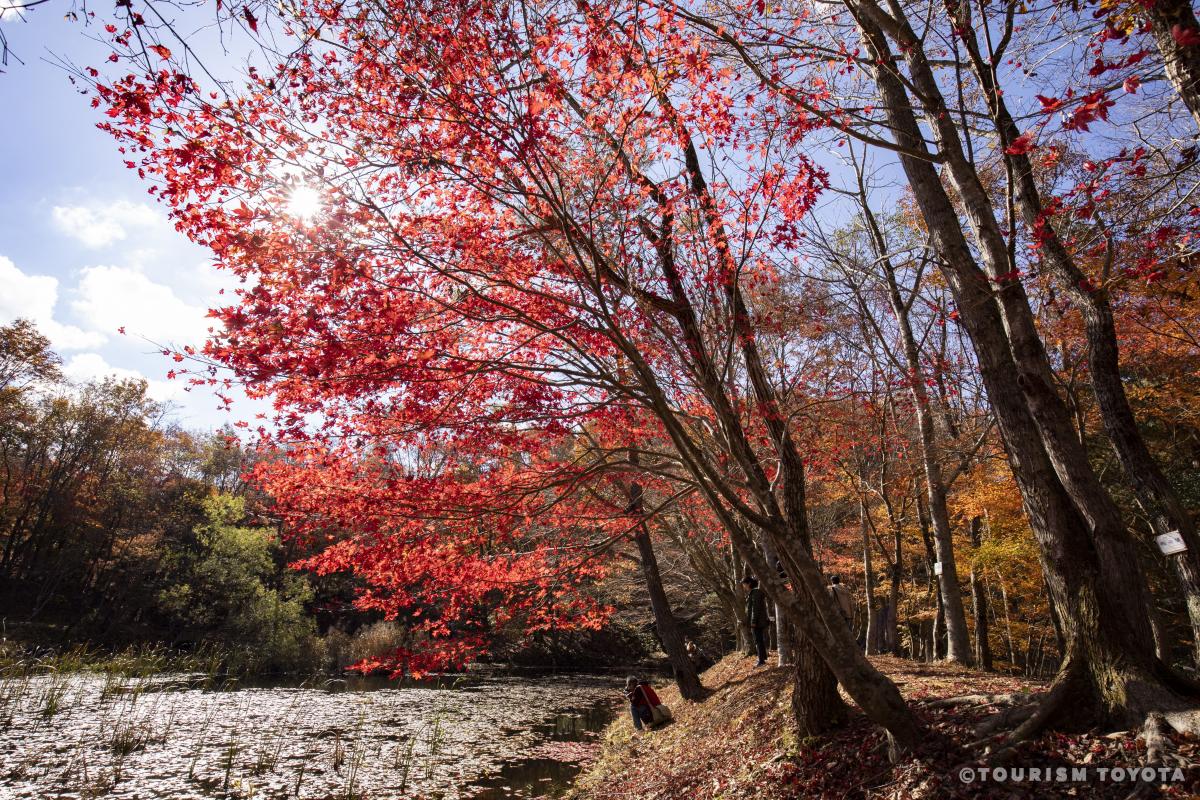
Takadoya Wetland
Inabu-Area
The Takadoya Wetland area offers visitors a level walking course equipped with boardwalks…
-
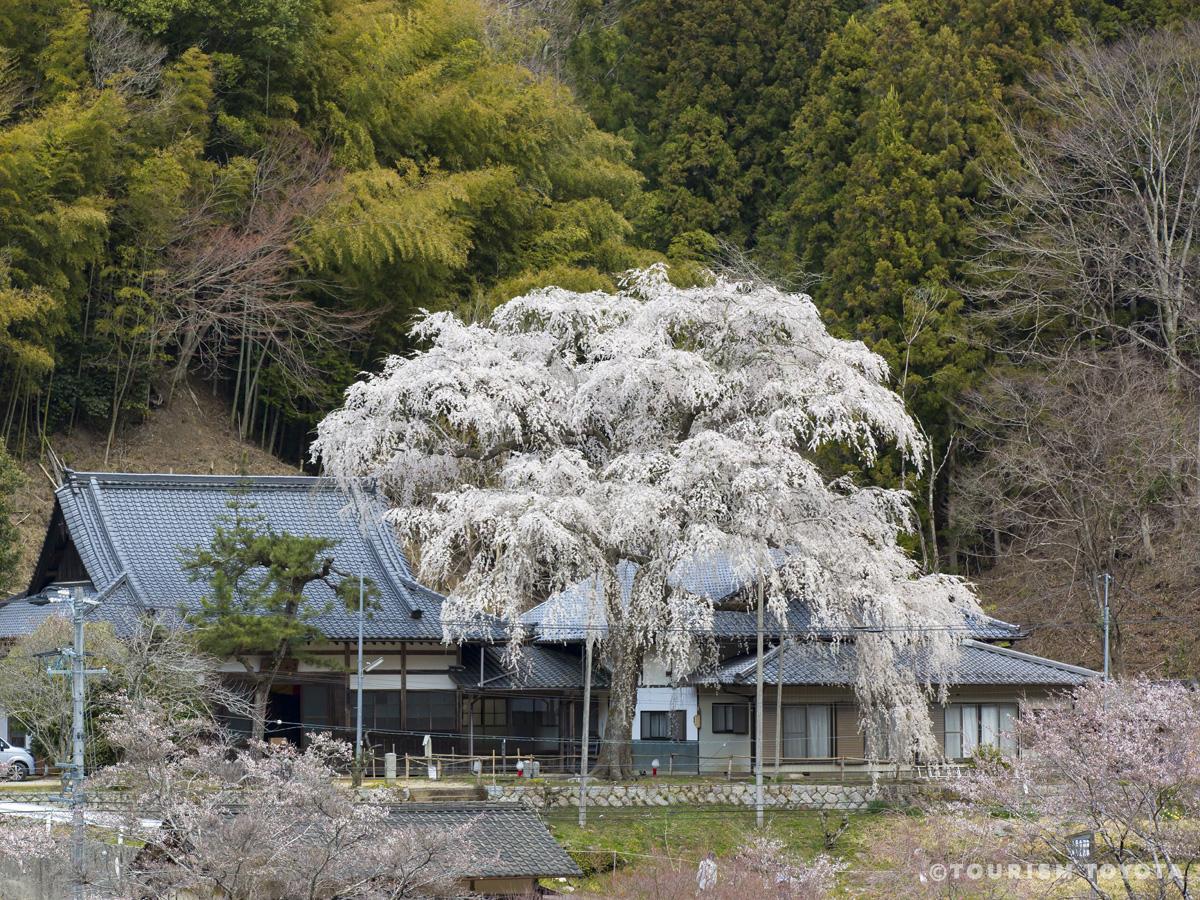
Daianji Temple
Inabu-Area
Daianji Temple belongs to the Soto school of Zen Buddhism and was established in the year…
-
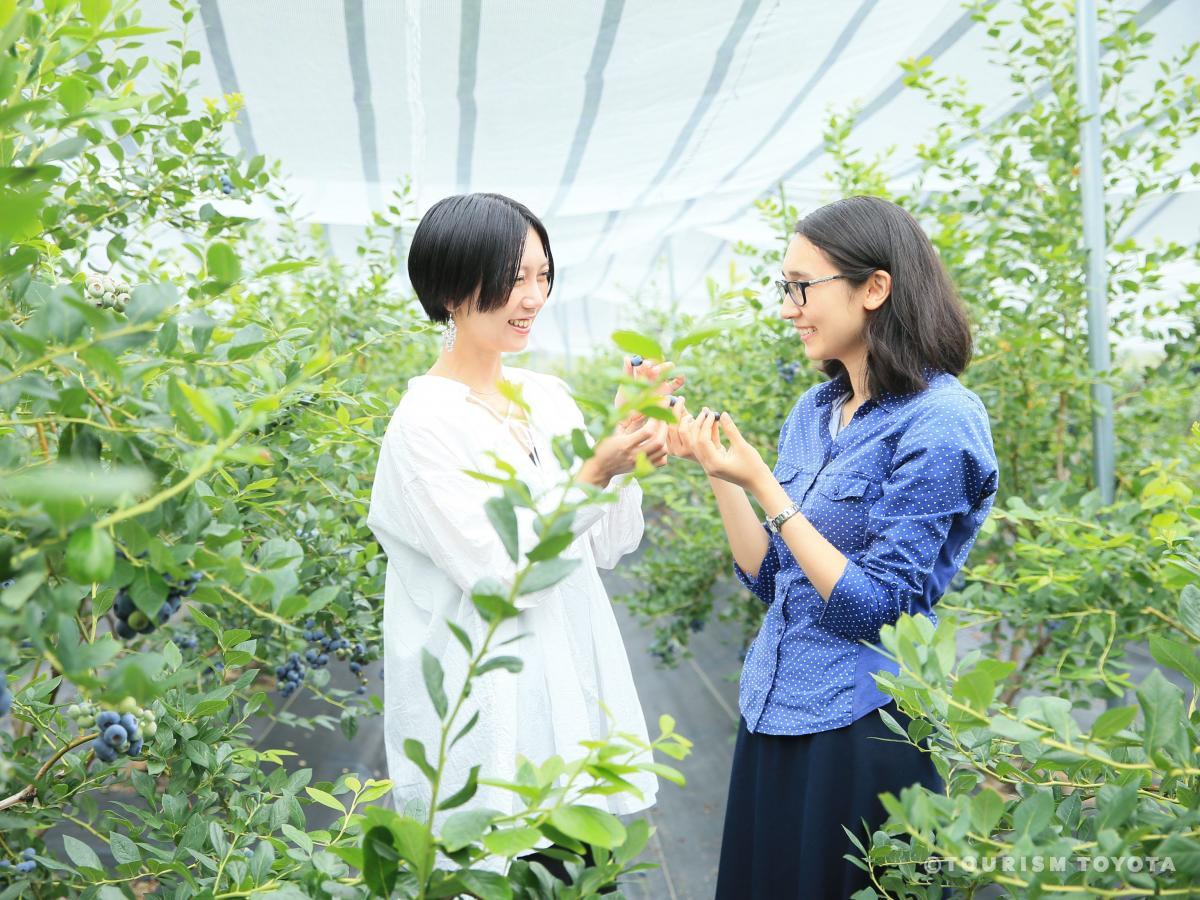
Blueberry-no-Komichi
Inabu-Area
Blueberry-no-Komichi has been in operation in the Inabu region since July 2008. Spend a l…
-
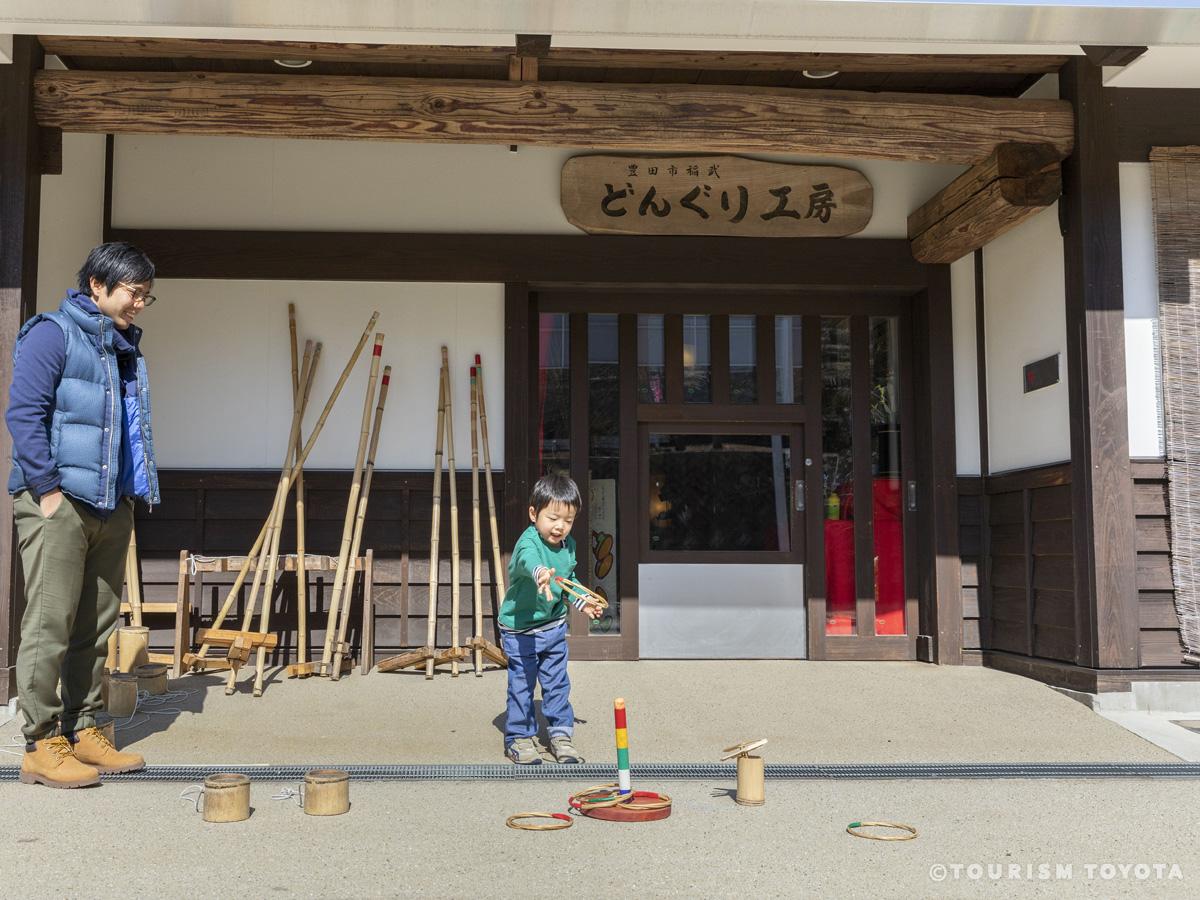
Donguri Workshop
Inabu-Area
Donguri Workshop is a facility set within a natural area in the mountains with a rich his…
-
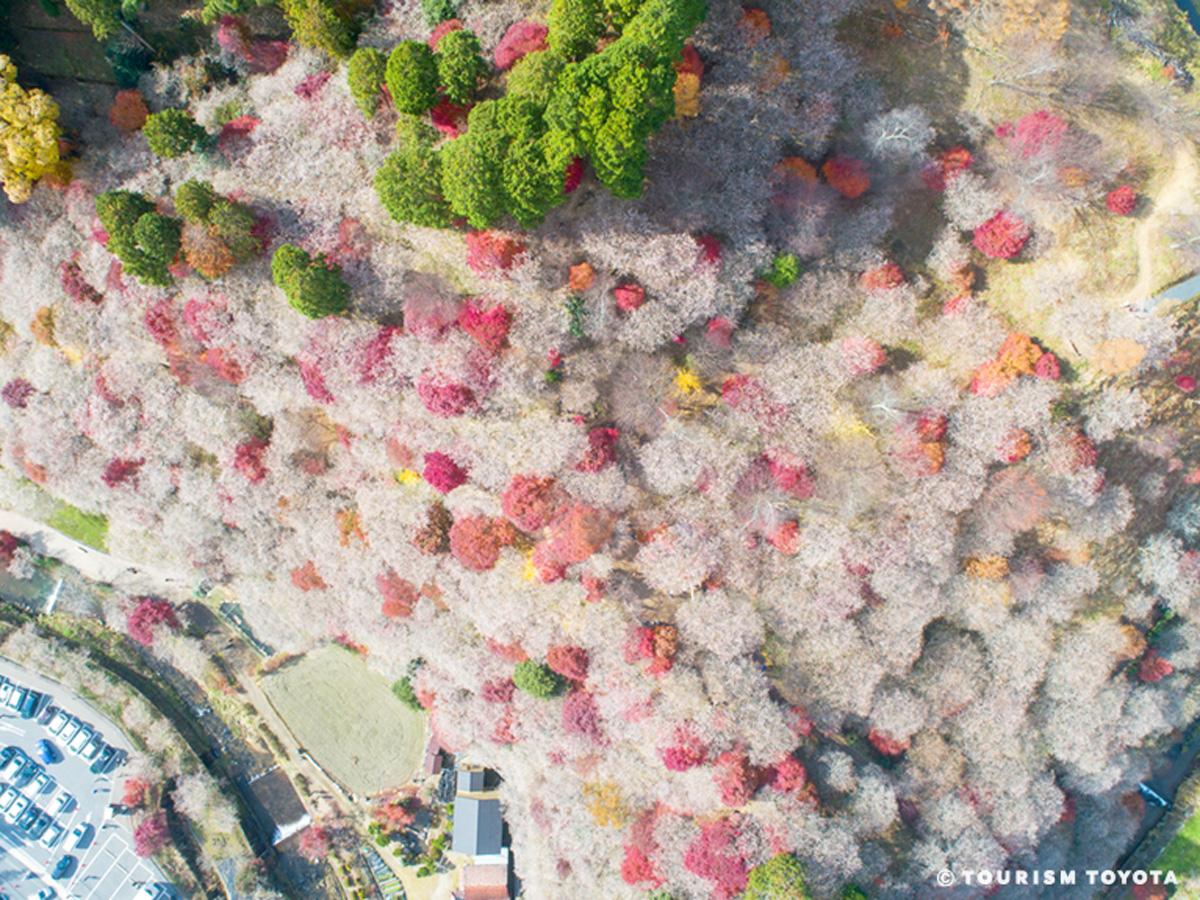
Semmi Shikizakura no Sato Park
Obara-Area
Take in a breathtaking view of 1,200 shikizakura cherry trees as their flowers contrast w…
-
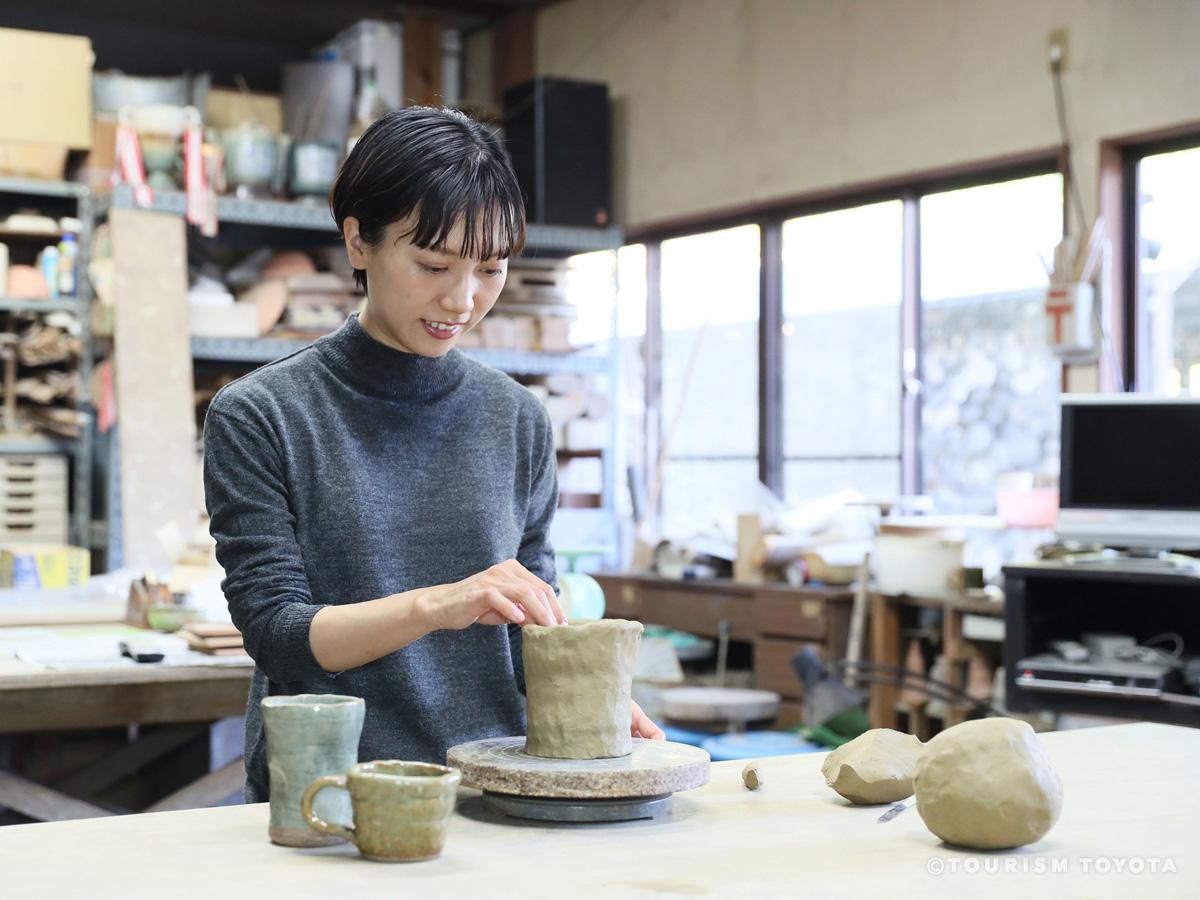
Obara Kama (Pottery Workshop)
Obara-Area
You can try your hand at pottery in the workshop. The shop also exhibits and sells a rang…
-
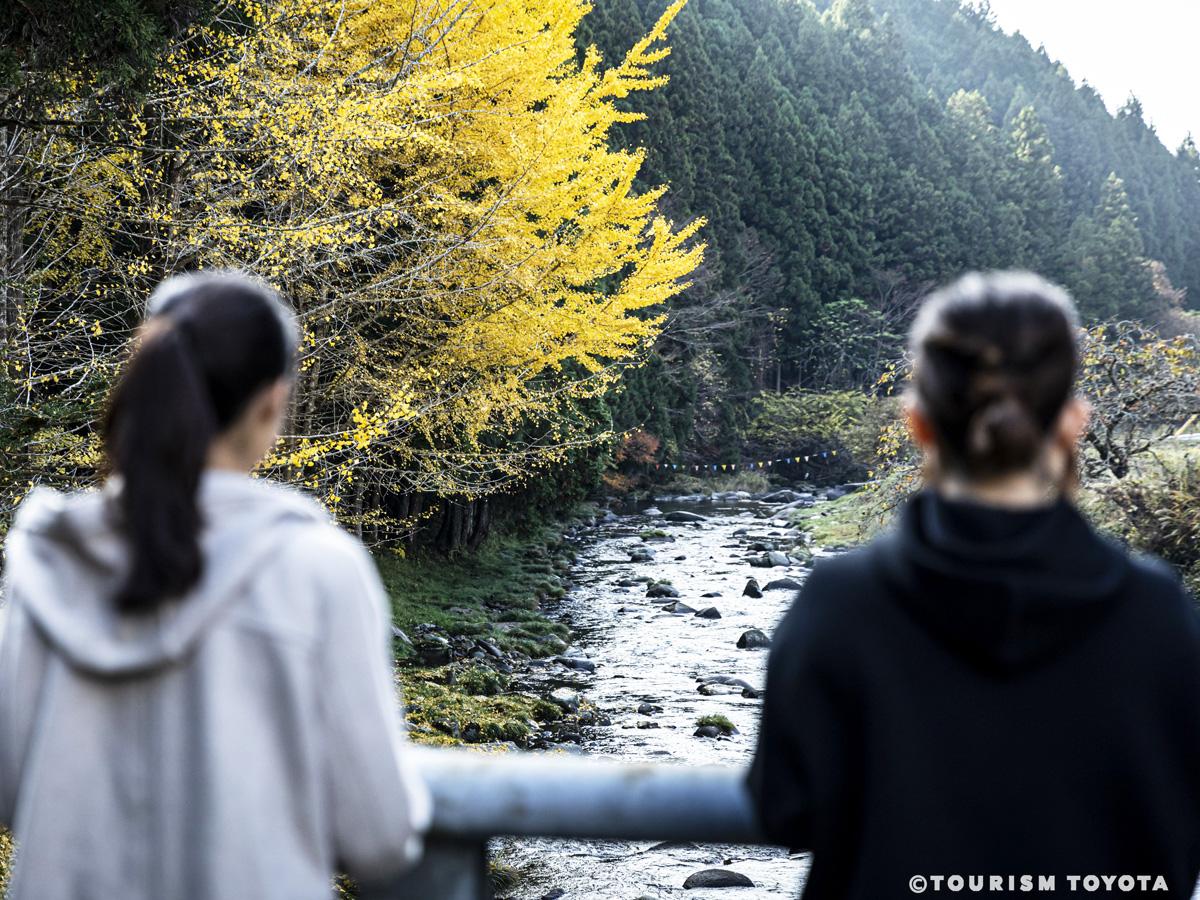
Noharagawa Tourism Center
Shimoyama-Area
Enjoy nature to the fullest from season to season with refreshing breezes along the clear…
-
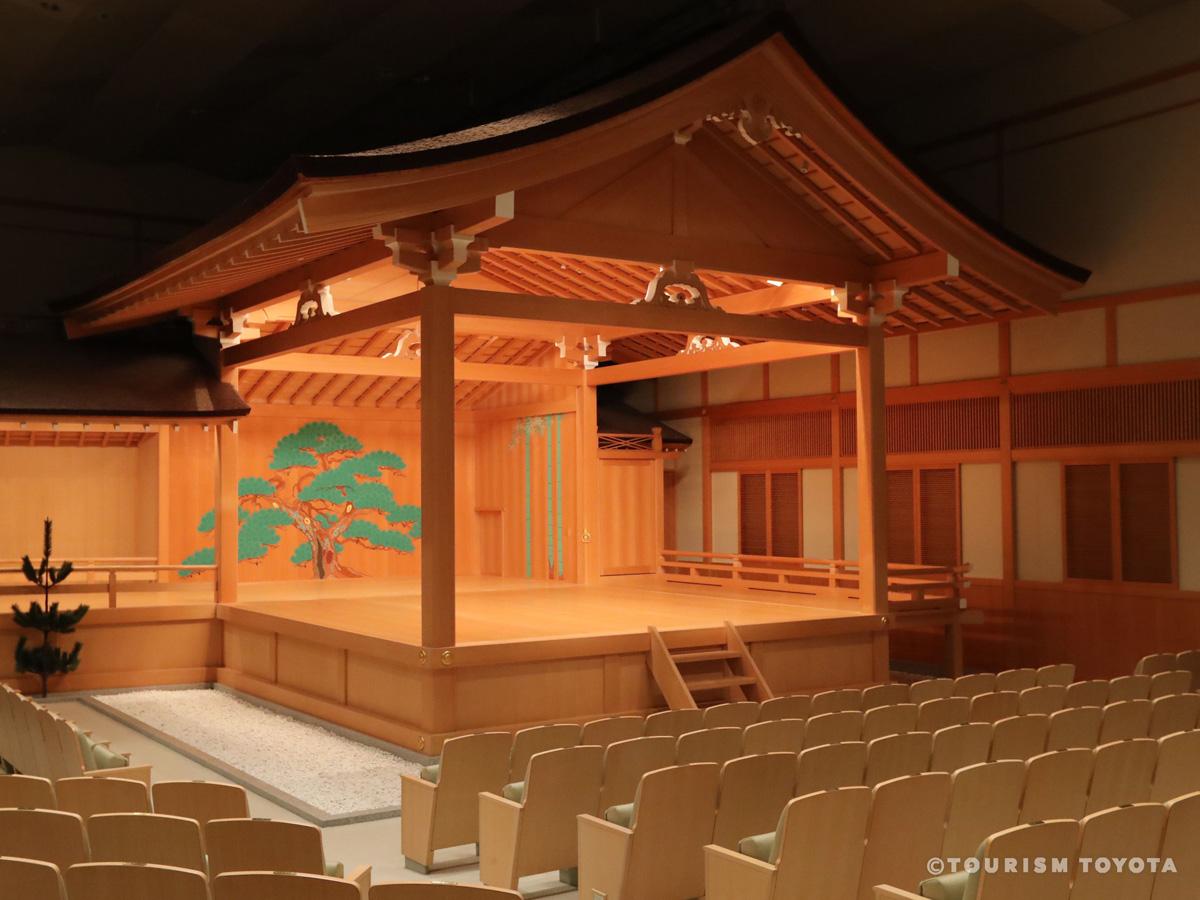
Toyota City Concert Hall - Nohgakudo
Toyota-Area
A Noh theater in the Toyota Sangohkan urban redevelopment building. Featuring a Kirizuma-…
-
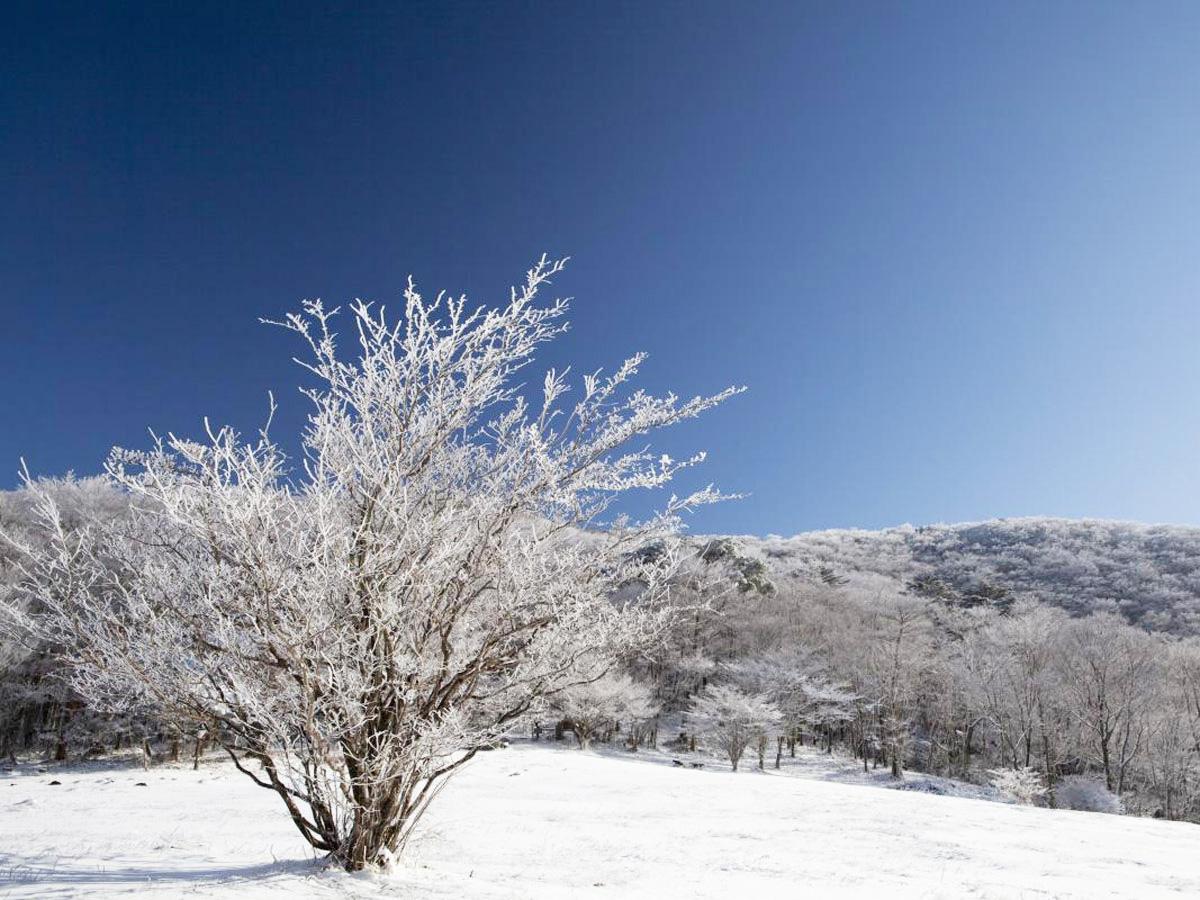
Mennoki Soft Rime Virgin Forest
Inabu-Area
The virgin forest of Mennoki, filled with beech trees over 300 years old, is designated a…
-
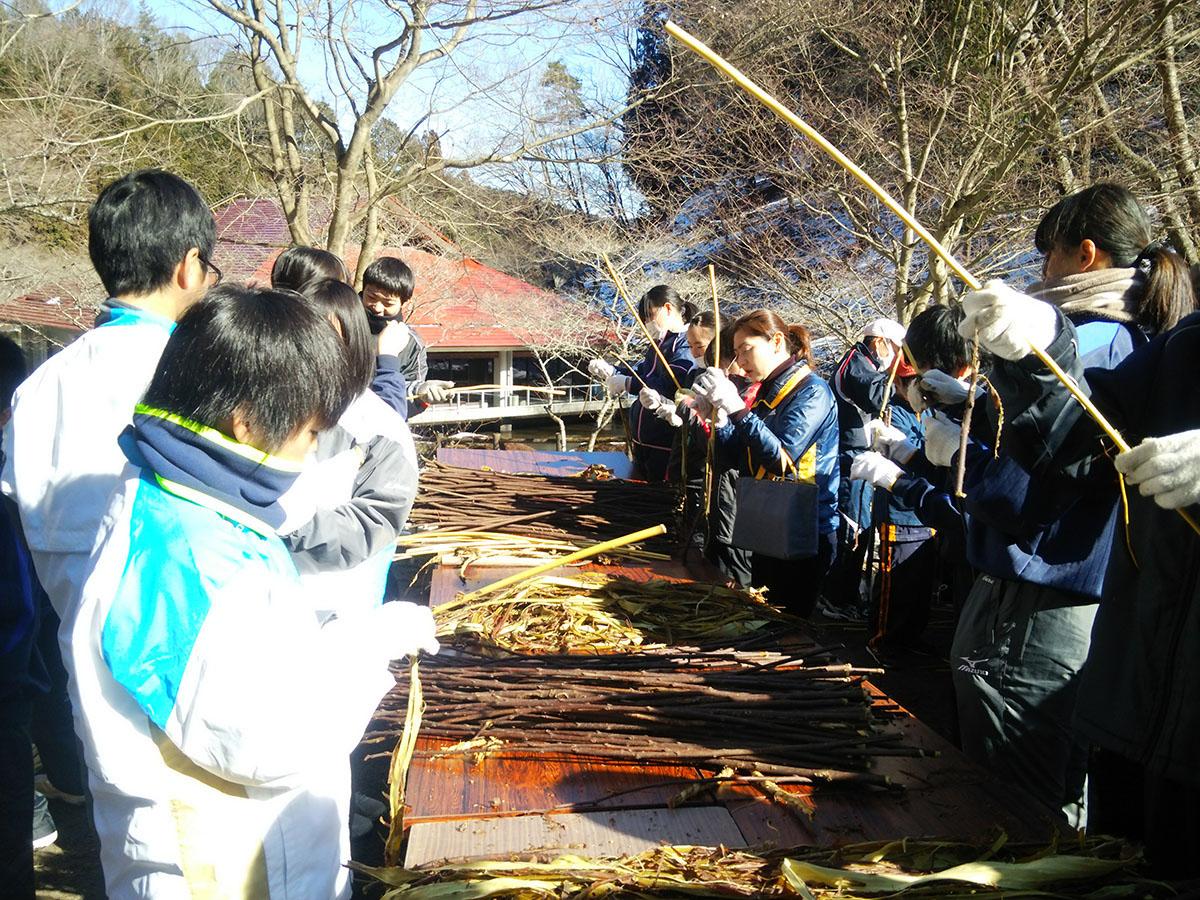
Kanzokashiki Washi Japanese Paper Making Experience
Obara-Area
Toyotashi Obara Paper Art Museum (Toyotashi Washi-no-Furusato) annually hosts the Kanzoka…
-
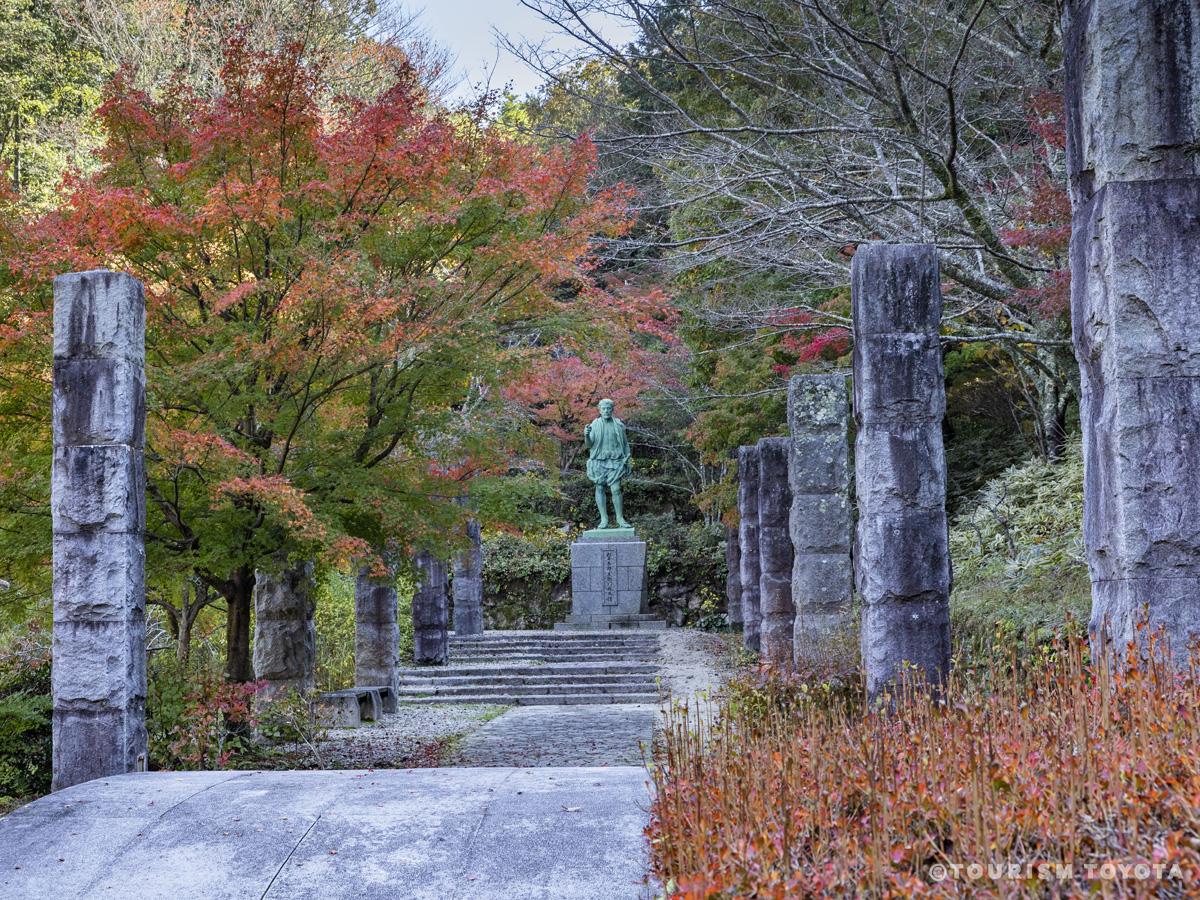
Matsudaira-go Enchi Park
Matsudaira-Area
Matsudaira-go Enchi Park is a five-acre expanse of greenery next to the main road in the …
-
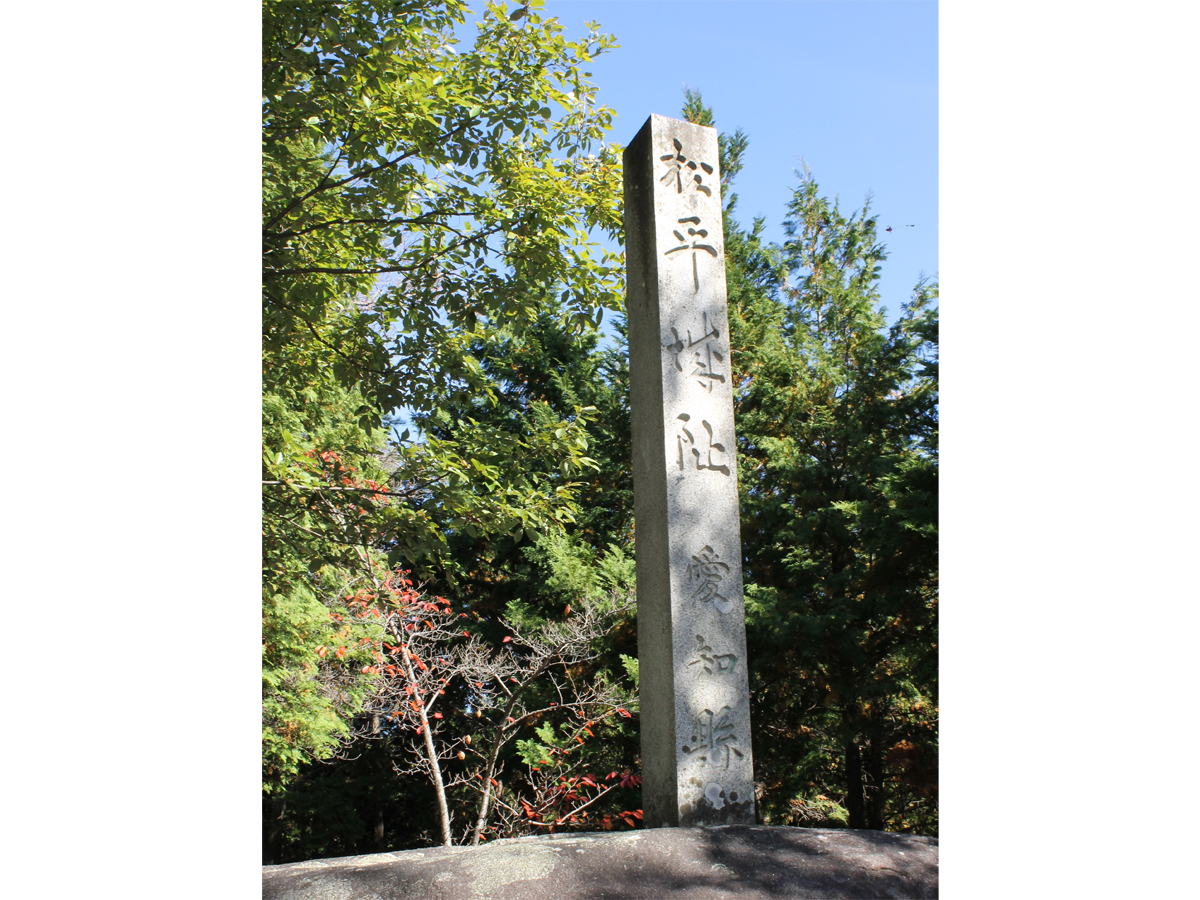
Matsudaira Castle Site
Matsudaira-Area
On a now heavily forested hill overlooking the road into the village of Matsudaira is the…
-
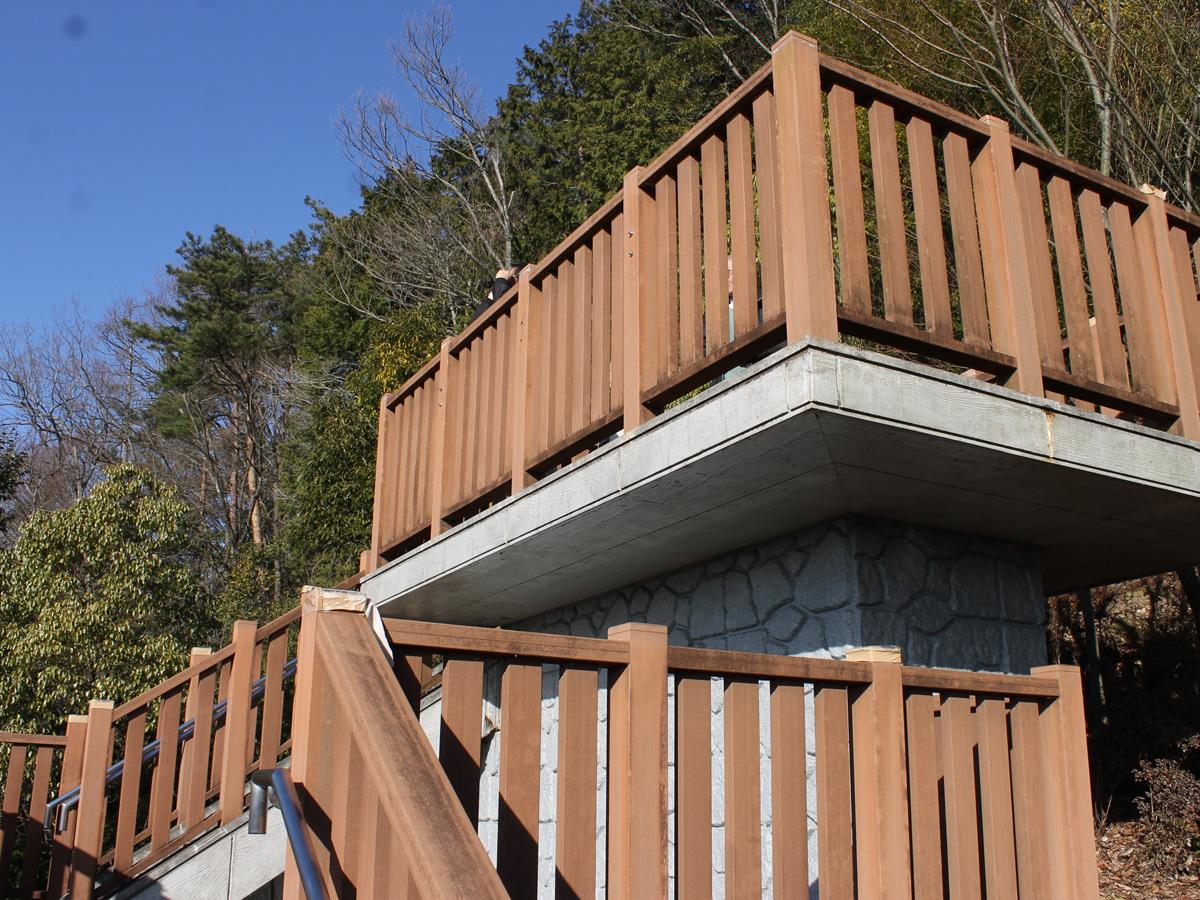
Matsudaira-go Lookout Terrace
Matsudaira-Area
-
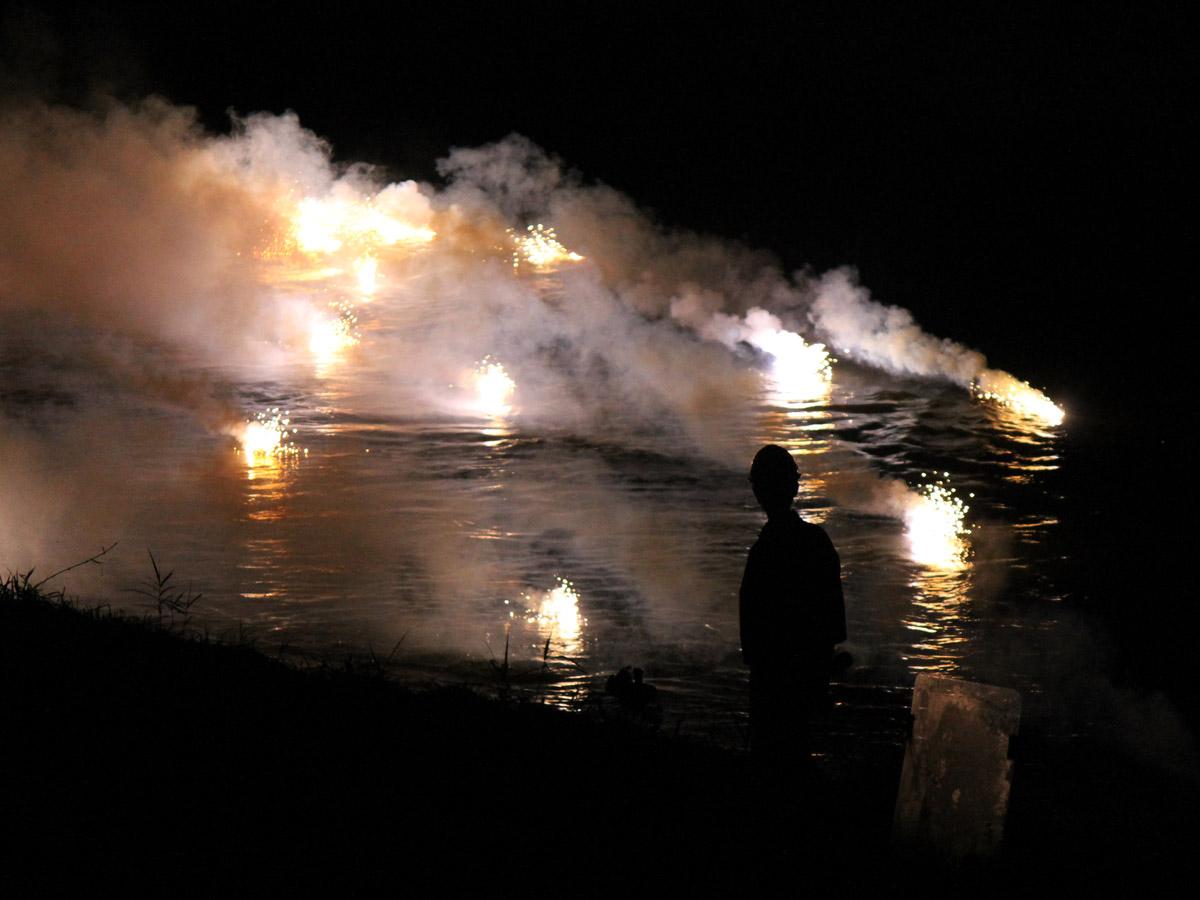
Tomoegawa Kingyo Fireworks
Matsudaira-Area
Tomoegawa Kingyo Fireworks is held annually and features an impressive display of firewor…
-
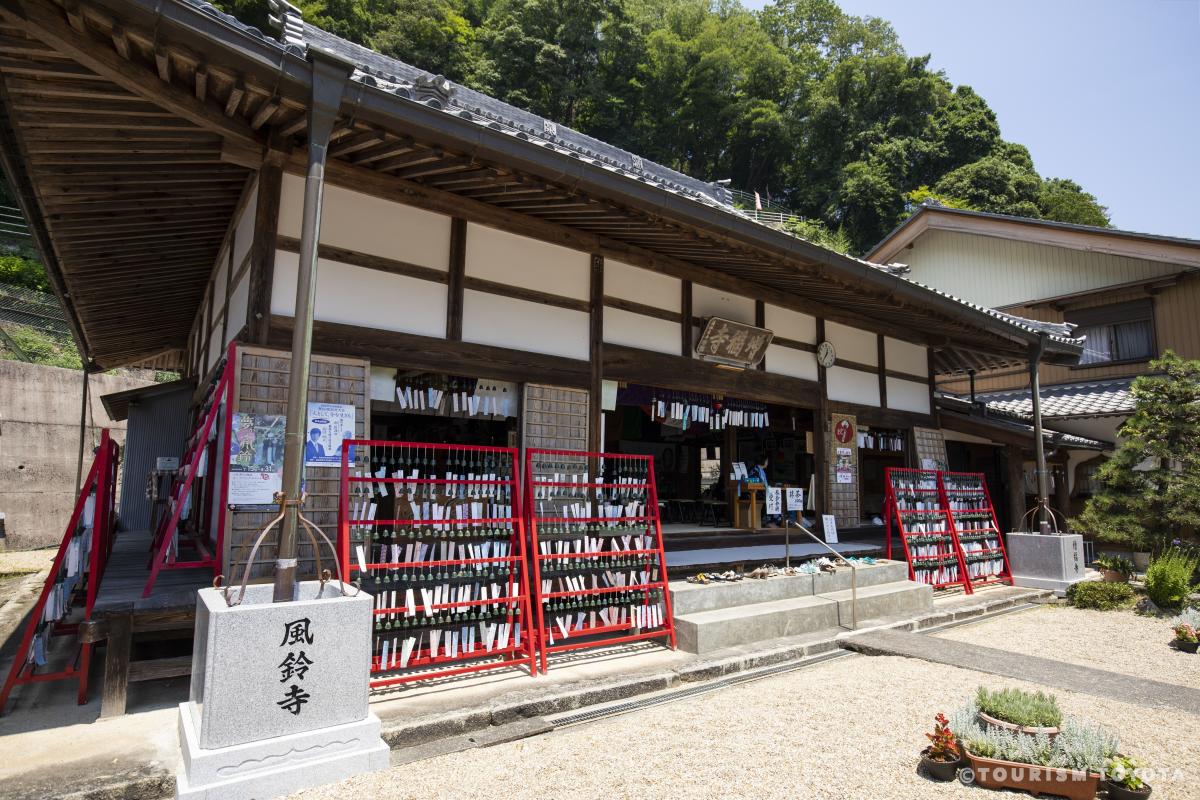
Zofukuji Temple (Furindera Temple)
Asahi-Area
Zofukuji Temple—otherwise known as “Furindera Temple”, meaning the “Wind Chime Temple”—is…
-
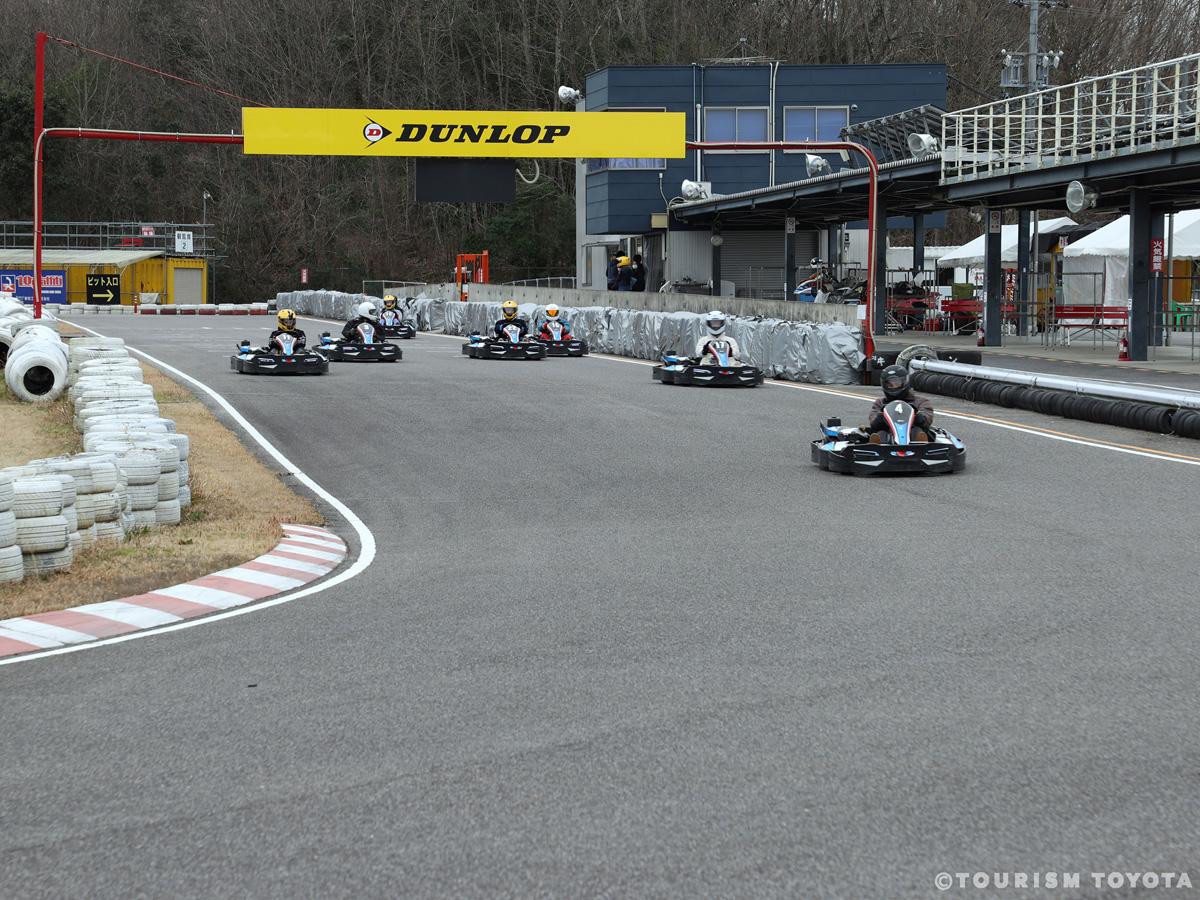
Ishino Circuit
Toyota-Area
From the rental go-kart to the helmet and gloves, everything you need for racing can be r…
-

26ism Asagiri Trail
Shimoyama-Area
Experience mountain cycling at Mikawakougen Camp Village! Intended for beginner through i…
-
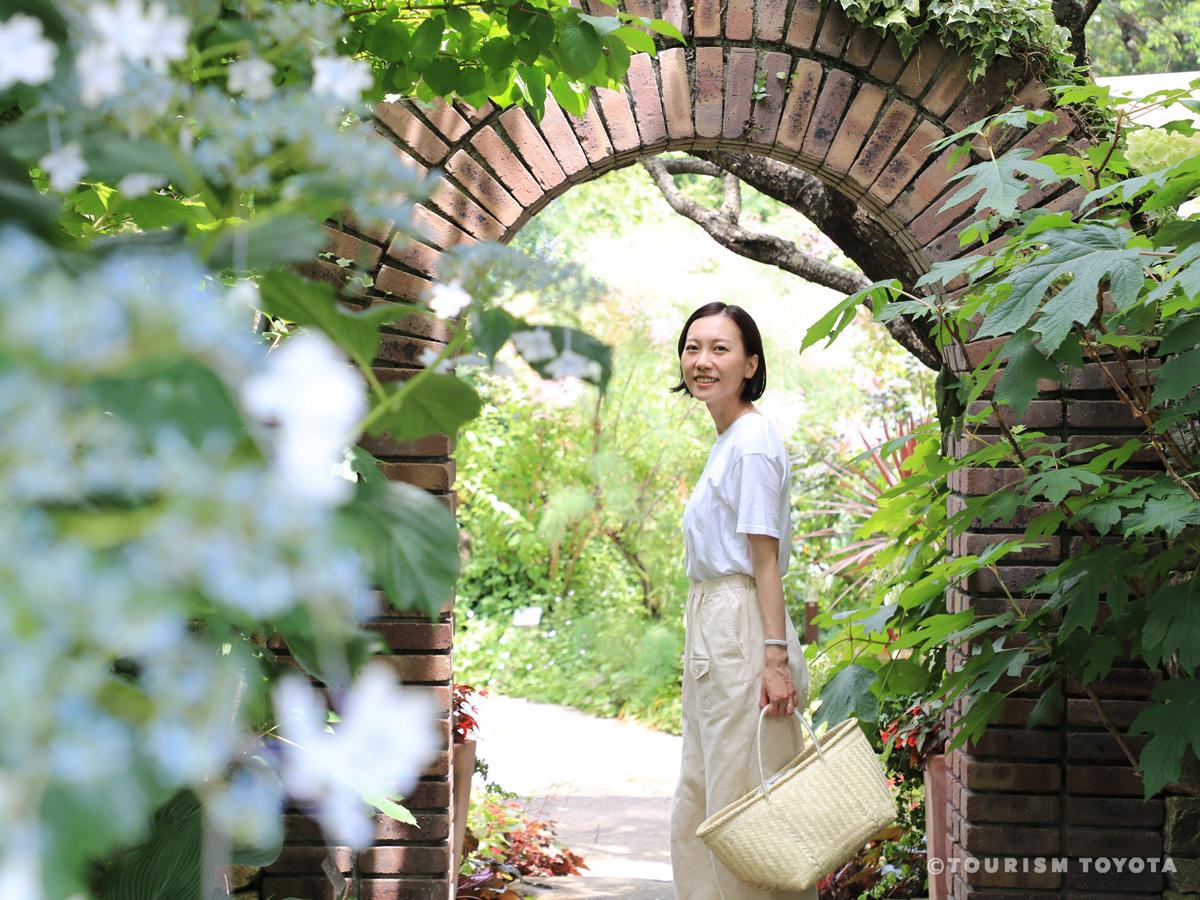
Gardening Museum Kayutei
Toyota-Area
Stroll through 28 different themed gardens, including a natural garden, a Japanese garden…
-
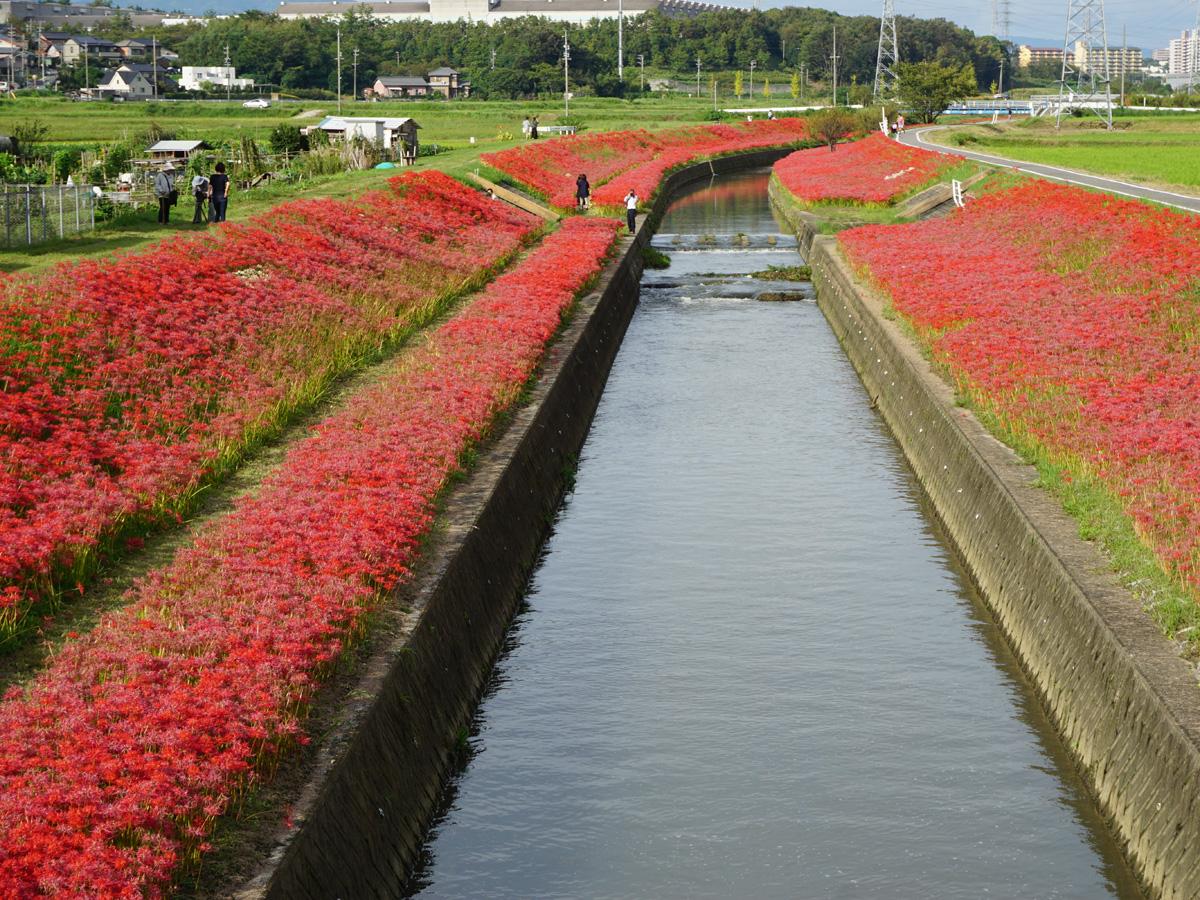
Red Spider Lilies of the Aizumame River
Toyota-Area
Approximately 450 meters of red spider lilies bloom on both banks of the Aizumame River i…
-
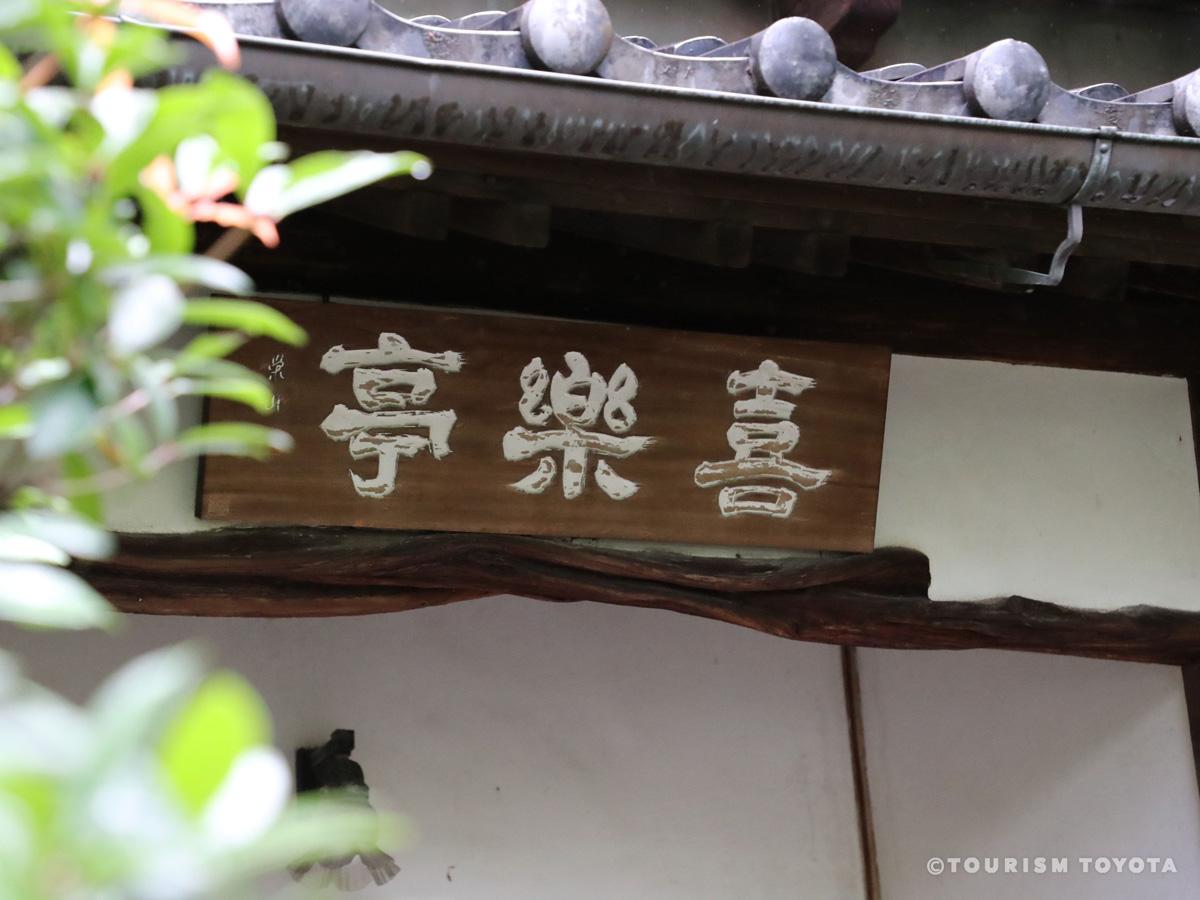
Kirakutei
Toyota-Area
Located inside the grounds of the Toyota Sangyo Bunka Center, Kirakutei is a modern Japan…
-
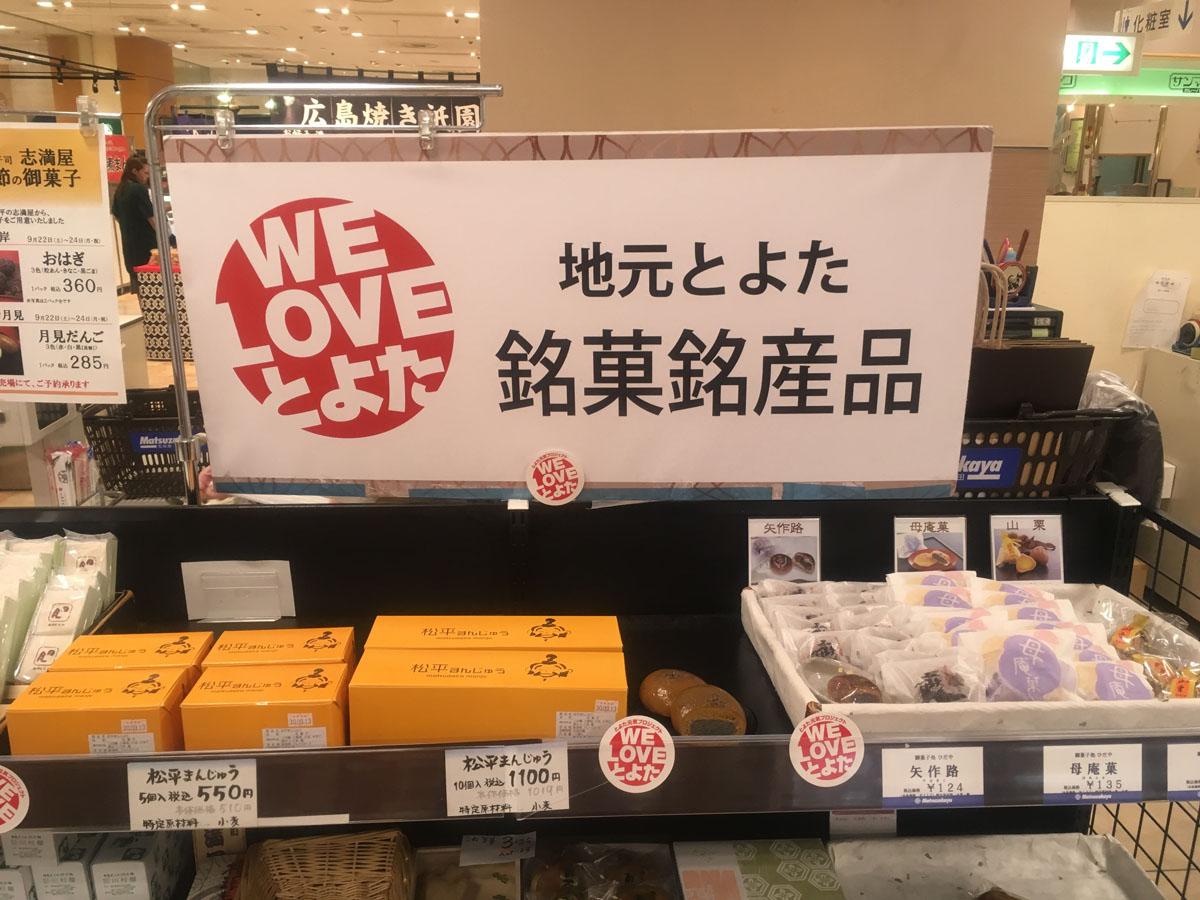
Matsuzakaya Toyota
Toyota-Area
Only a one-minute walk from Meitetsu Toyotashi Station, the Matsuzakaya Toyota department…
-
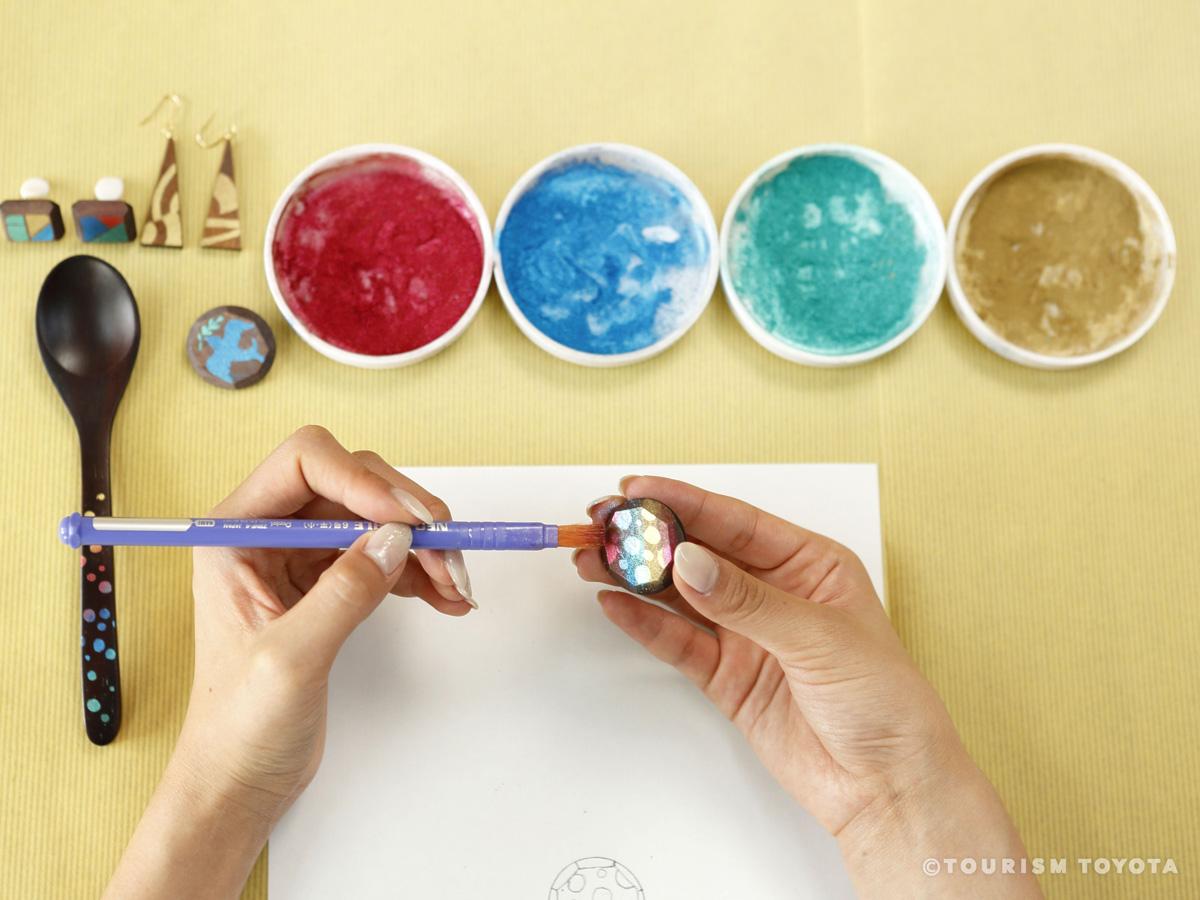
Sasahira Workshop
Obara-Area
Sasahira Workshop holds classes on making artistic handicrafts with lacquer or Japanese w…
-
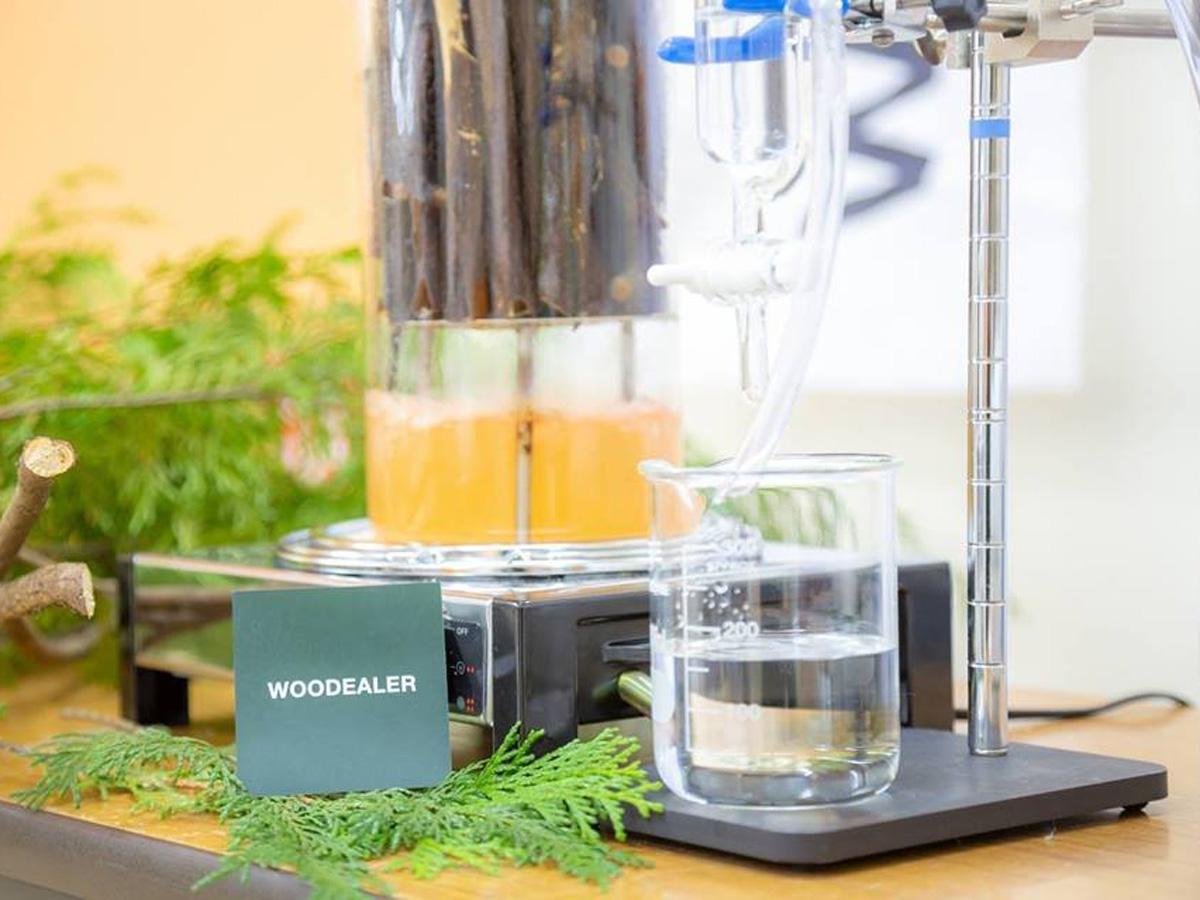
WOODEALER Toyota
Toyota-Area
At WOODEALER Toyota, Japanese cypress, Japanese cedar, and spicebush foliage from woods i…
-
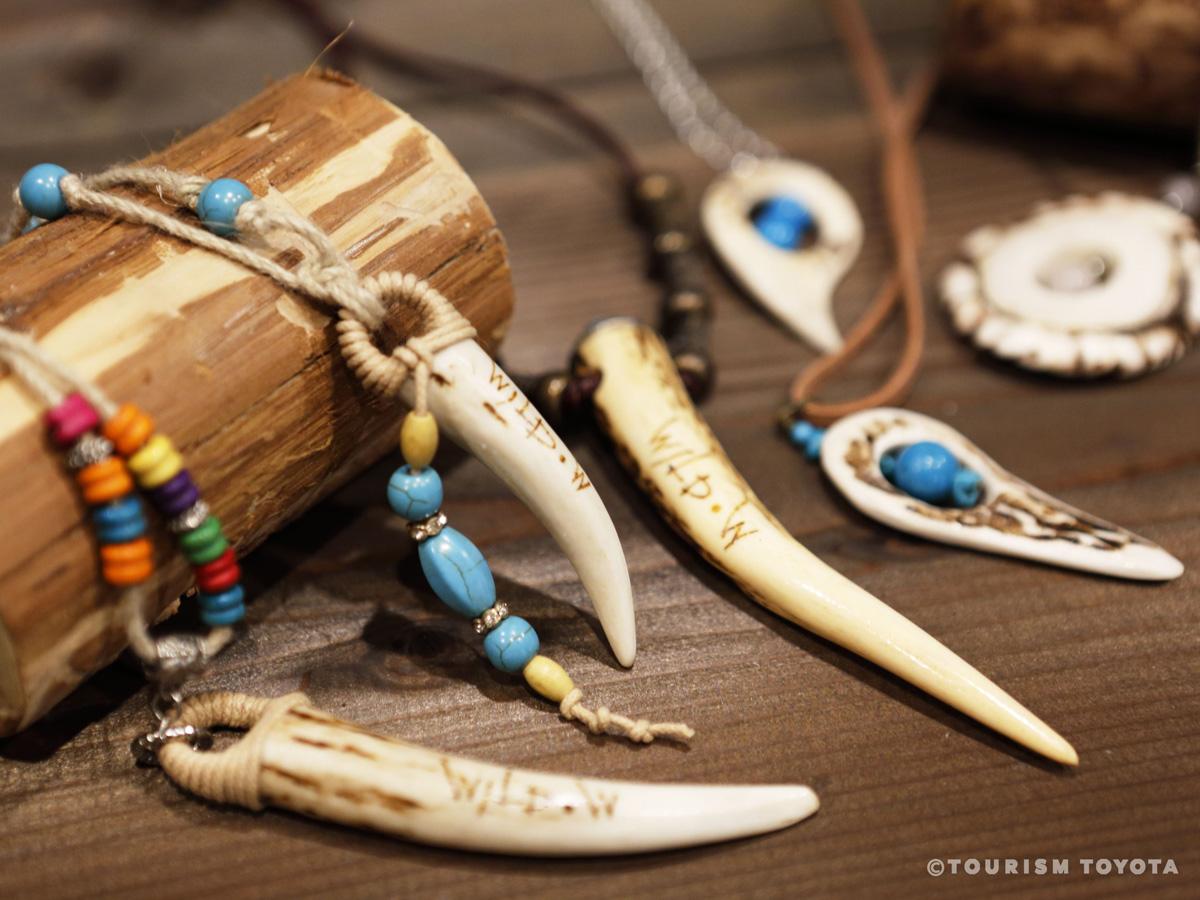
Sanshu Shishi Mori Shachu
Asuke-Area
Sanshu Shishi Mori Shachu is a workshop and gallery offering a range of accessory and cra…
-
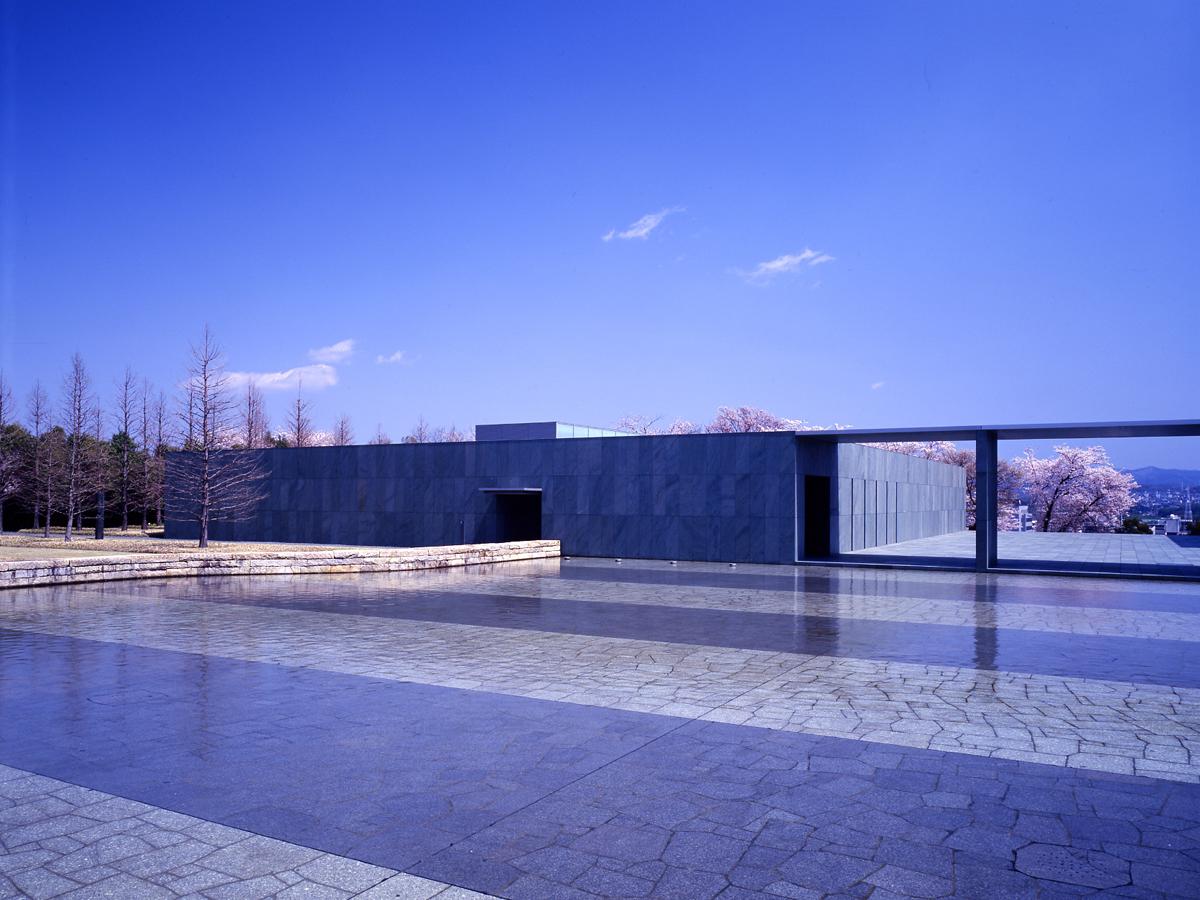
Toyota Municipal Museum of Art: Takahashi Setsuro Gallery
Toyota-Area
-

Gustav Klimt: Vienna - Japan 1900
Toyota-Area
The Gustav Klimt: Vienna – Japan 1900 exhibition takes place at the Toyota Municipal Muse…
-

Karen-no-Yakata Newly Reopened
Shimoyama-Area
-
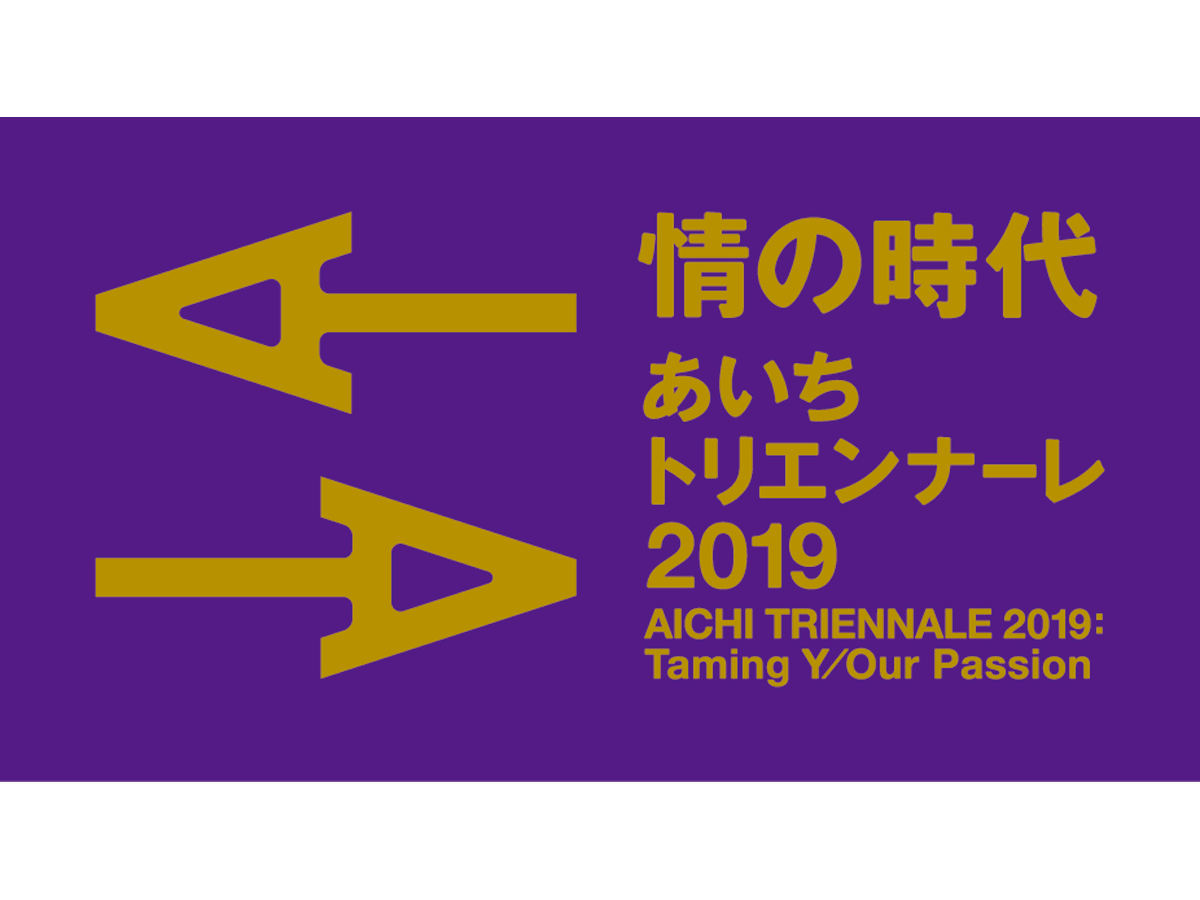
Aichi Triennale 2019
Toyota-Area
One of the largest international contemporary art festivals in Japan, the Aichi Triennale…
-
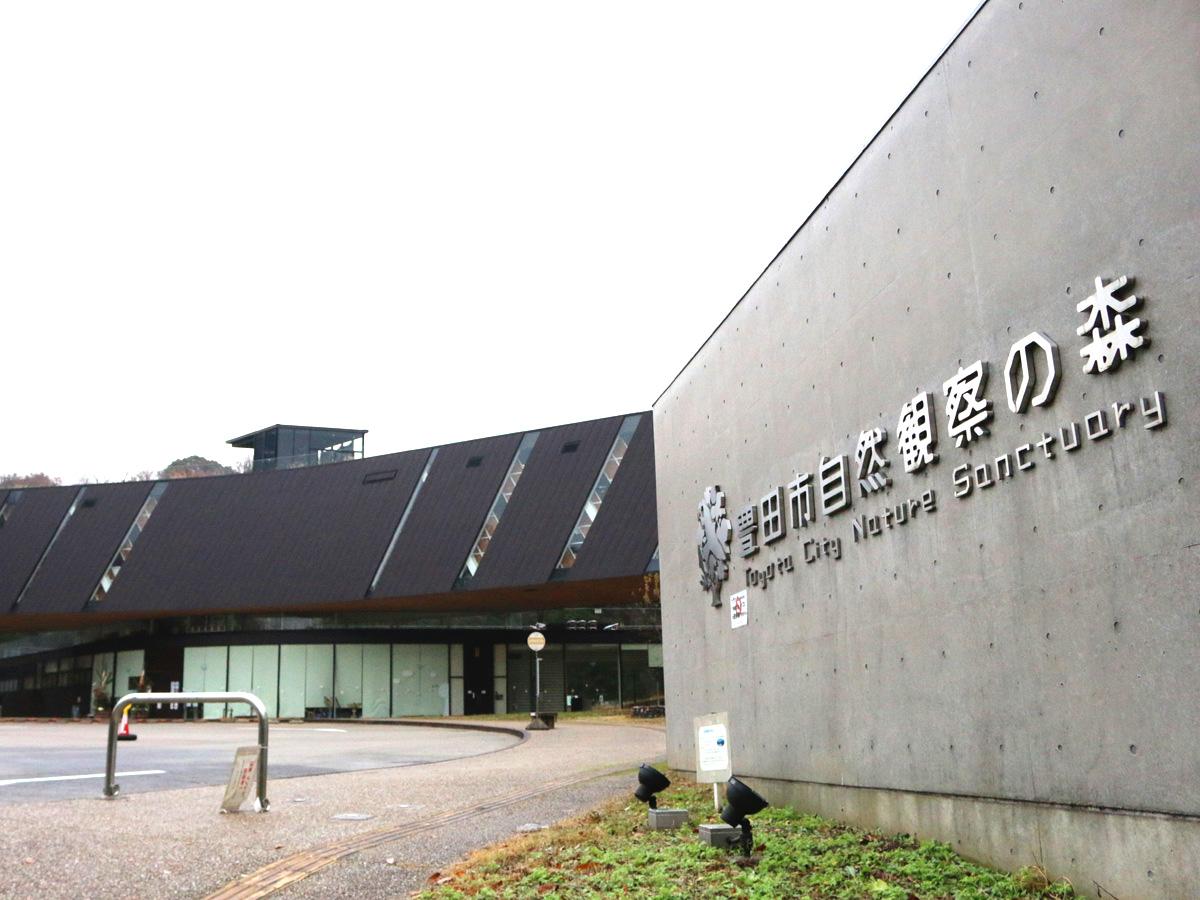
Toyota City Nature Sanctuary
Toyota-Area
At Toyota Nature Sanctuary you can get close to nature, learn about the natural world, an…
-

Grand Opening of "Kawa-no-Ne" within Country Restaurant Keiryuusou!
Asahi-Area
-

World Rally Championships Japan Round "Rally Japan 2020"
Wide-Area
The World Rally Championship (WRC) run by the Federation Internationale de l’Automobile (…
-
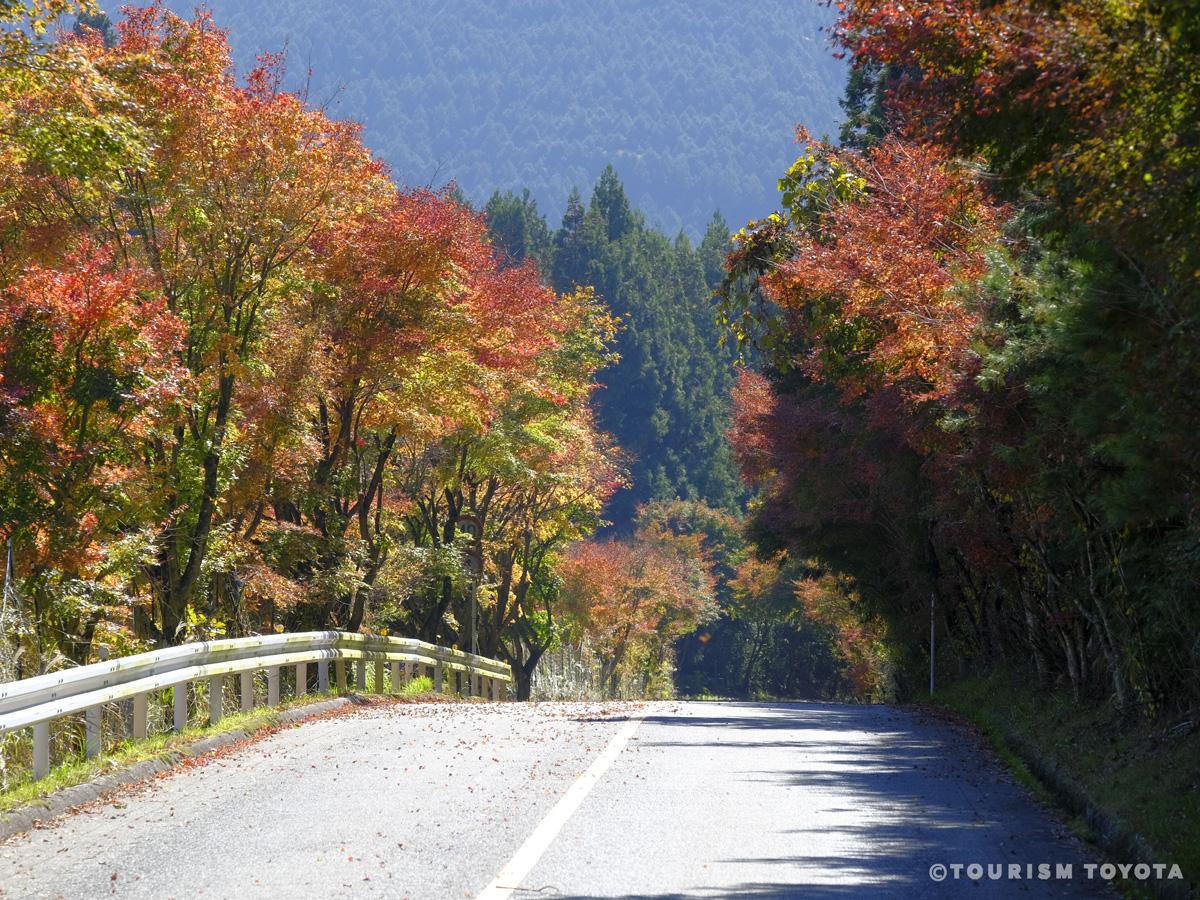
Maple Leaves Road (Momiji Kaido)
Shimoyama-Area
Located in the Shimoyama area of Toyota City, Maple Leaves Road (Momiji Kaido), is a stre…
-
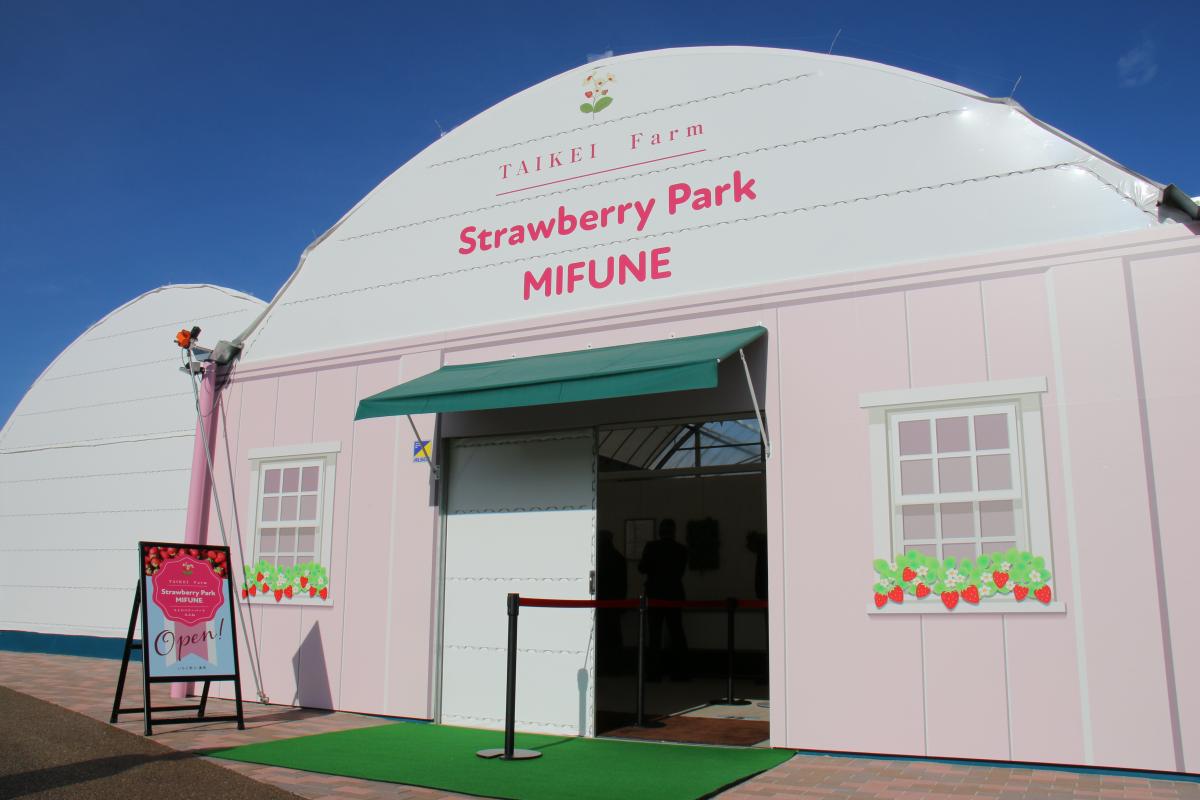
Strawberry Park MIFUNE
Toyota-Area
Strawberry Park MIFUNE offers simple strawberry picking from elevated beds on concrete fl…
-
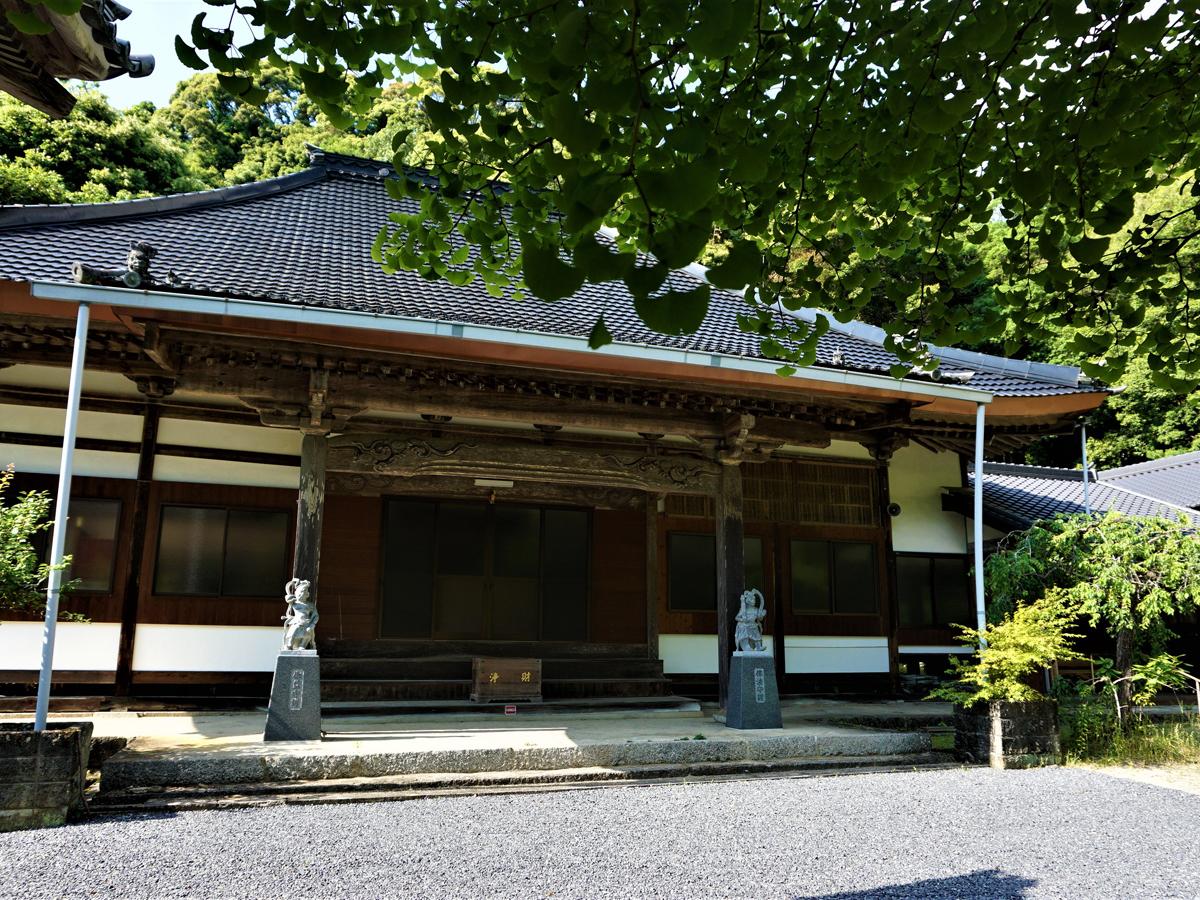
Myoshoji Temple
Matsudaira-Area
Myoshoji is a small Soto Zen temple with deep ties to the Matsudaira samurai family that …
-
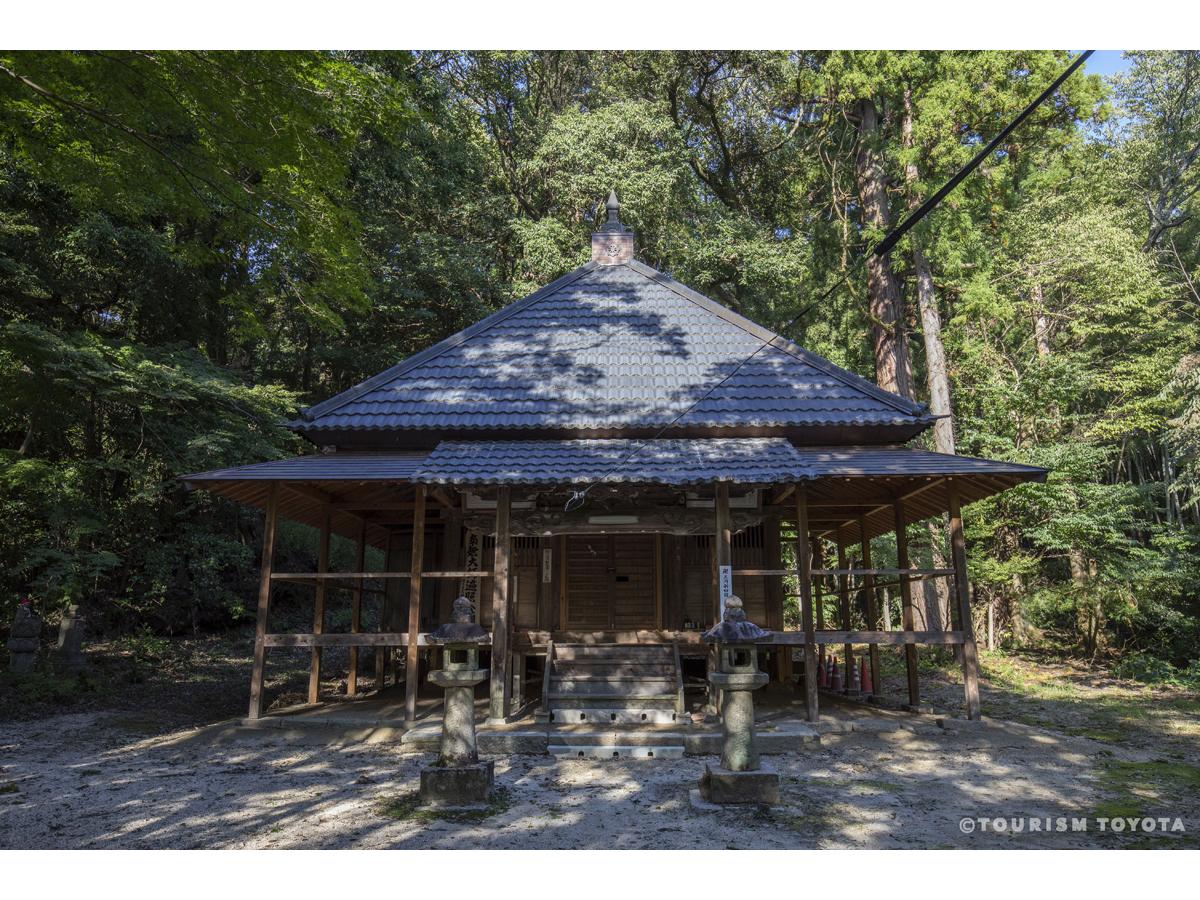
Yamanaka Kannondo Hall
Toyota-Area
Yamanaka Kannondo Hall at Sanage Shrine serves as a quiet reminder of how Shinto and Budd…
-
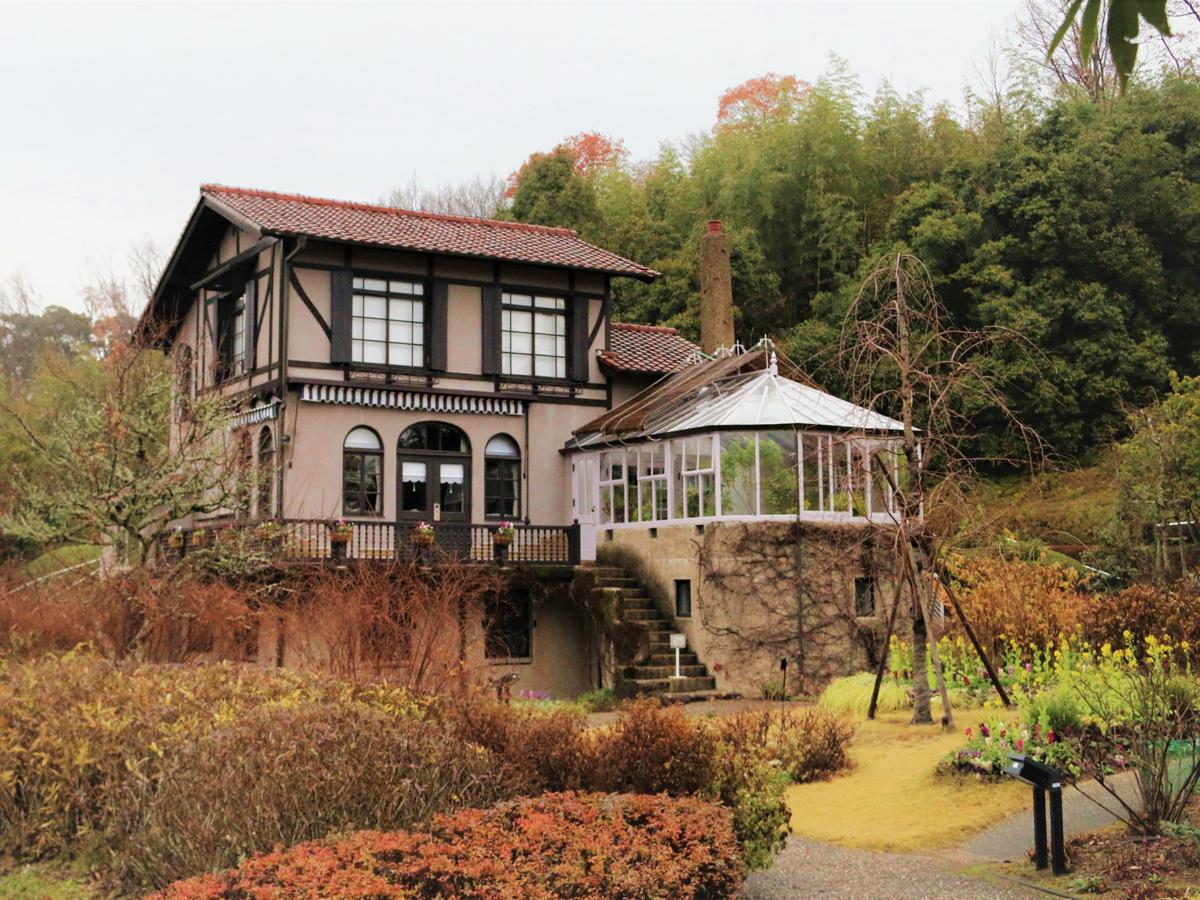
Toyoda Kiichiro’s Former Residence
Toyota-Area
-
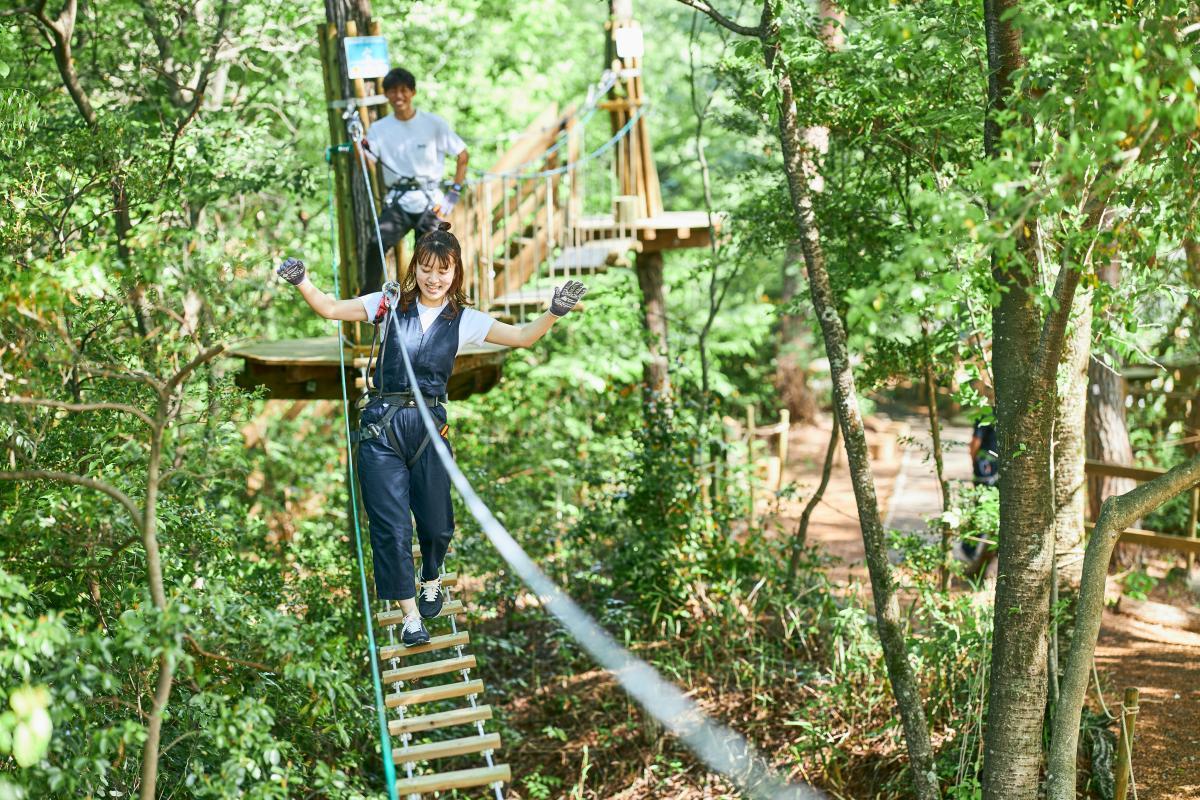
Forest Adventure TOYOTA KURAGAIKE
Toyota-Area
This adventure park allows you to walk among the forest canopy of Kuragaike Park through …
-
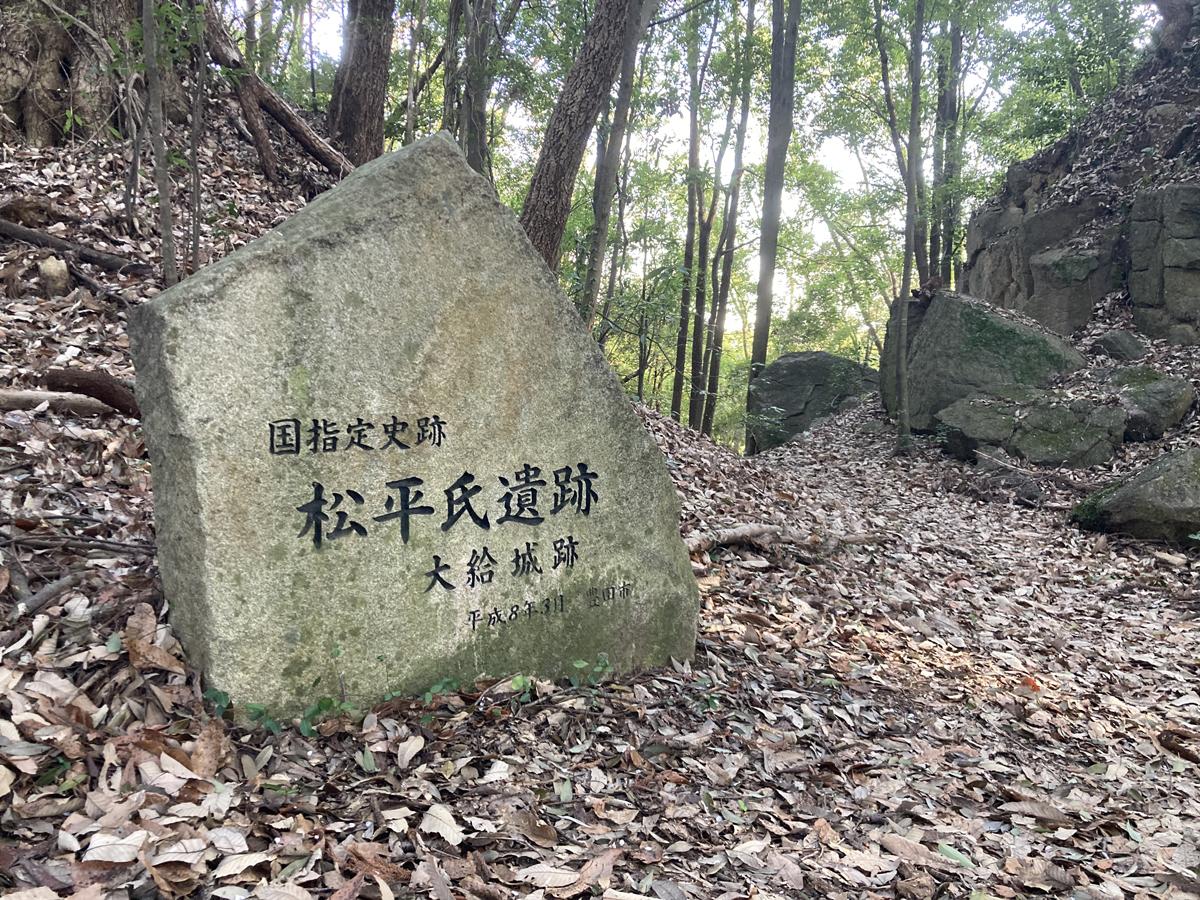
Ogyu Castle Site
Toyota-Area
Ogyu Castle was a large mountain fortress that played a significant role in local armed c…
-
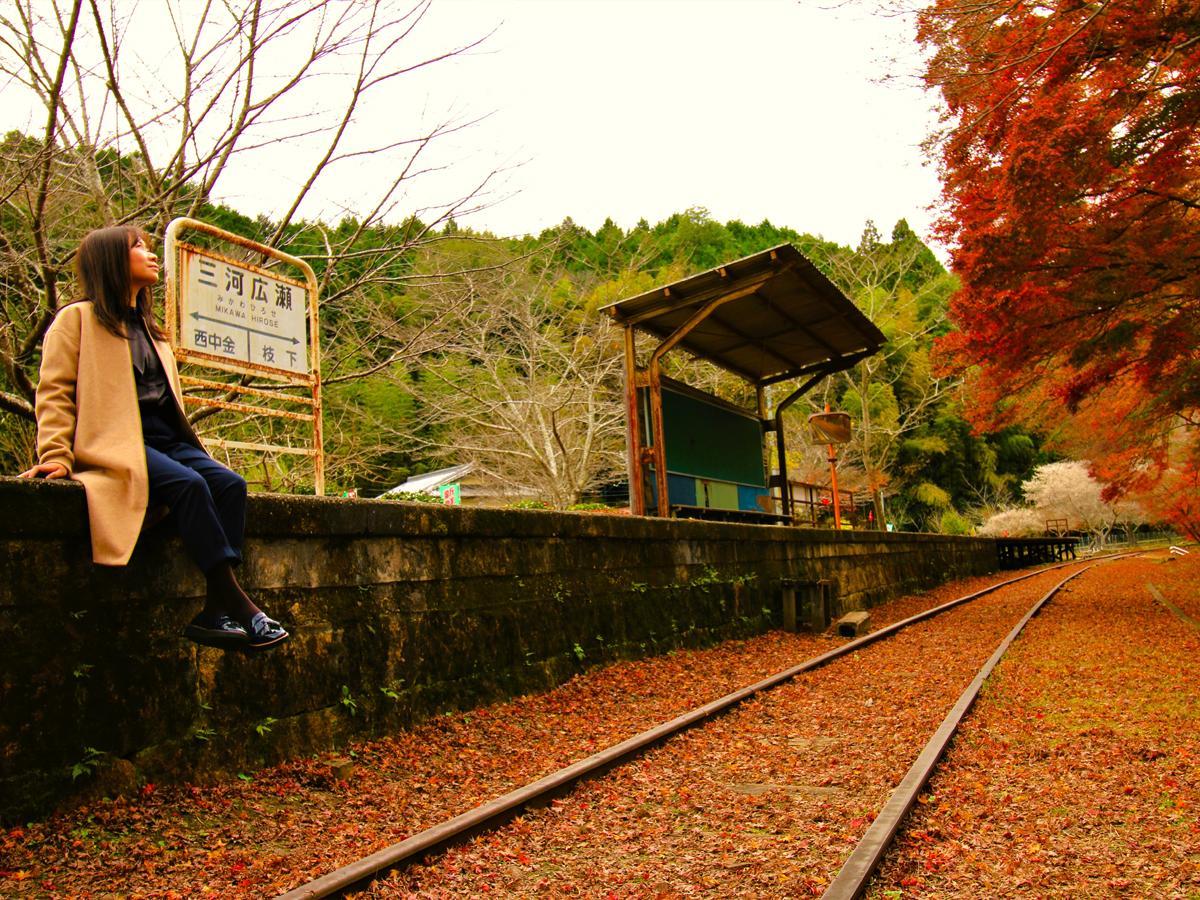
Abandoned stations along the Meitetsu Mikawa Line (Sanage Station–Nishi Nakagane Station)
Toyota-Area
Old train stations lie along the old Mikawa Line (Sanage Station–Nishi Nakagane Station) …



















